Chef Okada's Suji-Aonori Journal
Sea Vegetable's partner chef, Daisuke Okada from Sumeshiya, has shared some tips on delicious ways to enjoy "Dried Suji-Aonori."
The possibilities are endless!
Be sure to check it out until the end.
* The product package in the article will be designed before the renewal.

Product name:Dried Suji-Aonori
Contents: 7g
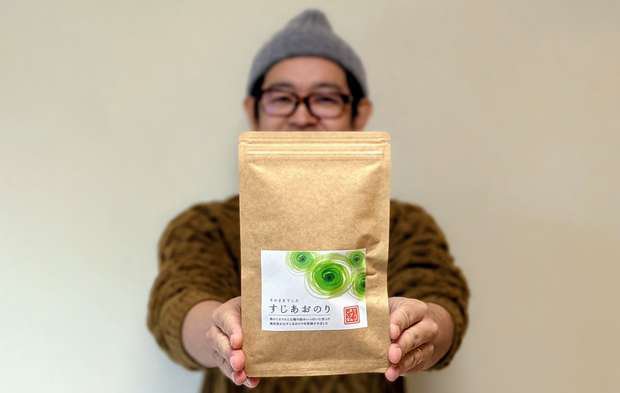
So, what’s inside?

As soon as you open the seal...
Wait, what!?
Even before opening the zipper,
the delicious aroma of Aonori fills the air.

When I emptied the entire 7g packet, I was surprised to see just how much was inside.
Even though I knew dried seaweed is light, it still exceeded my expectations.

For those who are still have no clue to grasp the volume from just this picture, I'll show you this.

I placed a typical-sized rice ball next to it.
Can you see how much Suji-Aonori there really is?
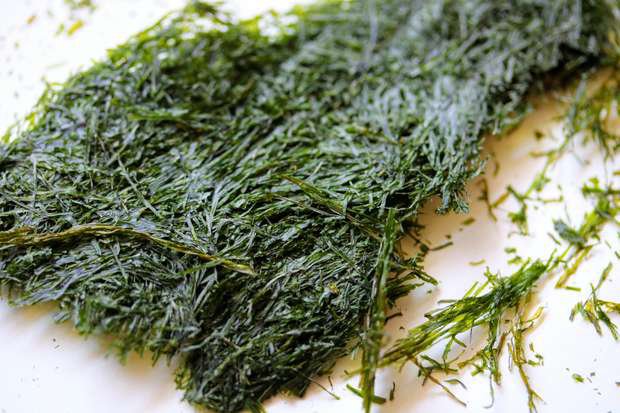
Some parts are clumped together, showing just how many layers of Suji-Aonori have dried together.
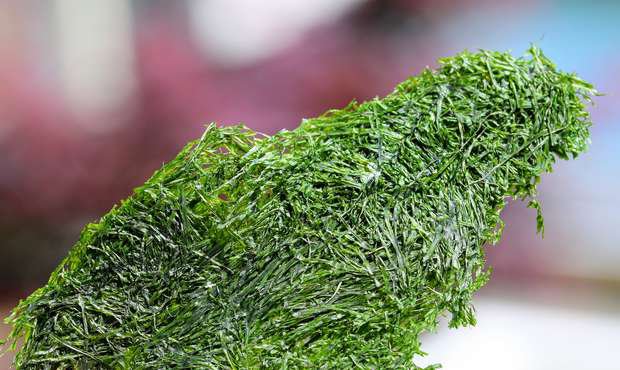
Under the sunlight, you can really see the vibrant blue-green color! This is truly why it's called 'Aonori.' in Japan (Green Seaweed)
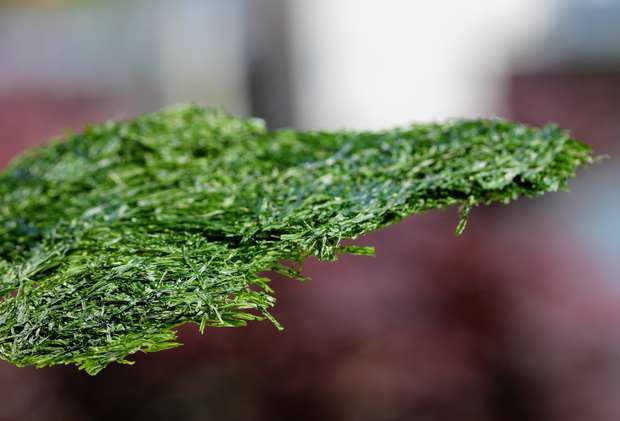
It may look like a thin sheet of seaweed,
but as you continue reading this blog,
you'll understand just how much Sujiaonori is packed in here.
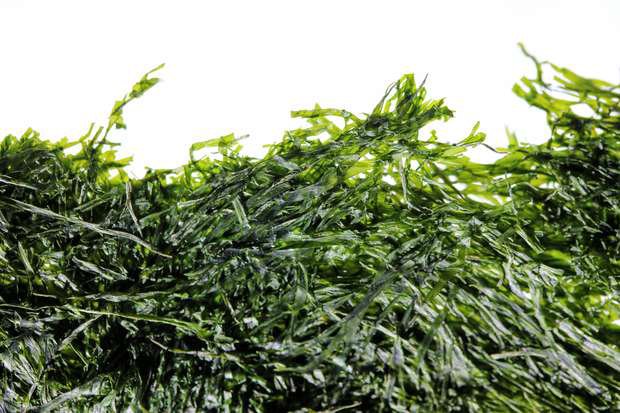
Under the sunlight, the Suji-Aonori seems to come to life,
as if it's basking in the sun.

When directly exposed to sunlight,
you can see this beautiful green color.
It's a soothing and calming shade.
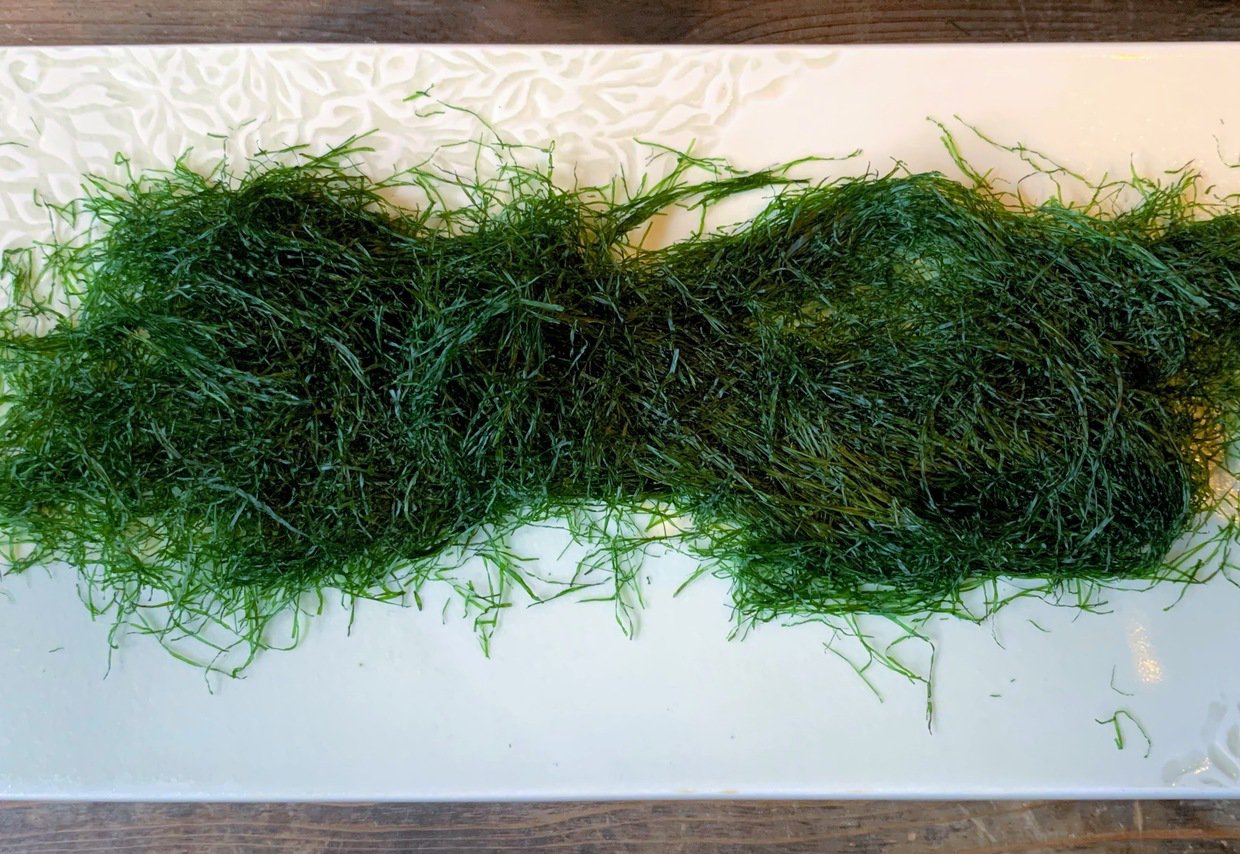
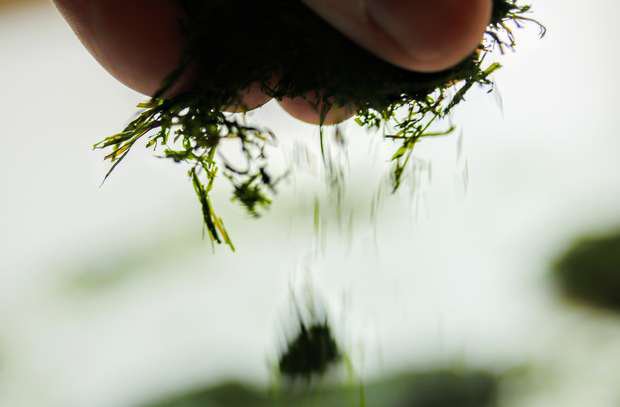
Since it's thoroughly dried, you can easily crumble it into tiny pieces just by rubbing it between your fingers.
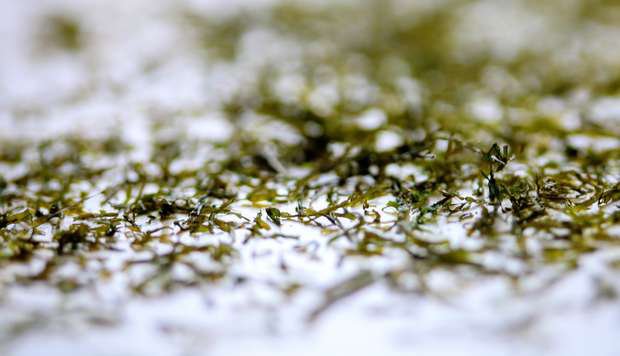
This allows you to sprinkle it on a variety of dishes.


Now, let me introduce you to "Ibusuki Katsuobushi (Ibusuki Bonito flakes)."
And to tell you the truth,
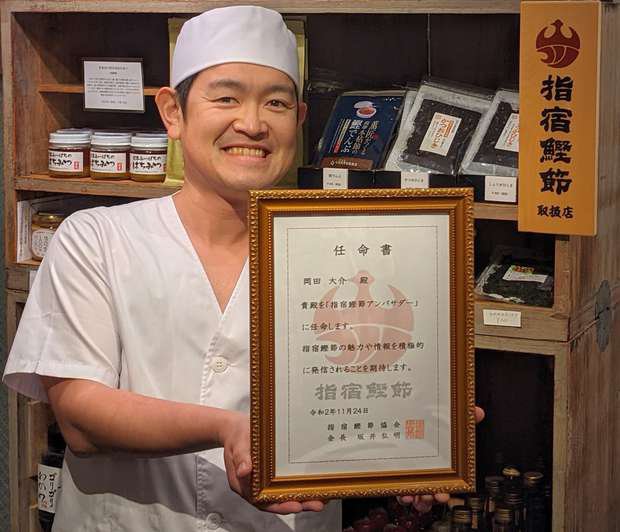
I'm actually an "Ibusuki Katsuobushi Ambassador"!
You can visit their website here: Ibusuki Katsuobushi.
When you think of Aonori and Katsuobushi,
what is the first thing that comes to your mind?
The classic, delicious combination on takoyaki and okonomiyaki, right?

I decided to bring together the king of the Aonori world, "Suji-Aonori", and the legendary Katsuobushi, "Honkarebushi", to create a simple yet delicious "Iso Furikake."


At first, these two ingredients were surprising companions,
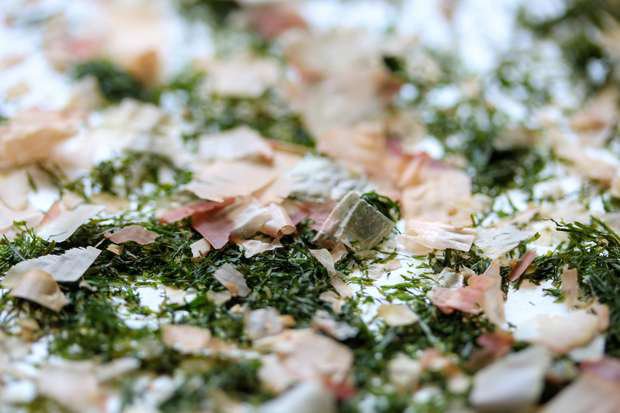
but they quickly became friends and blended together perfectly.
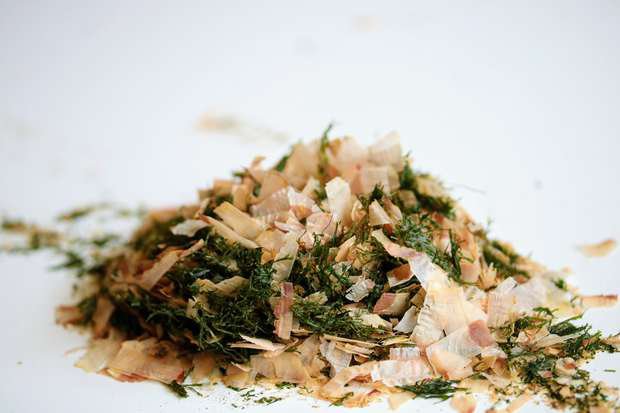
This is what the French call a "mariage." (I think ^^)

This seamless union not only brings joy to themselves but also spreads happiness to everyone around them.
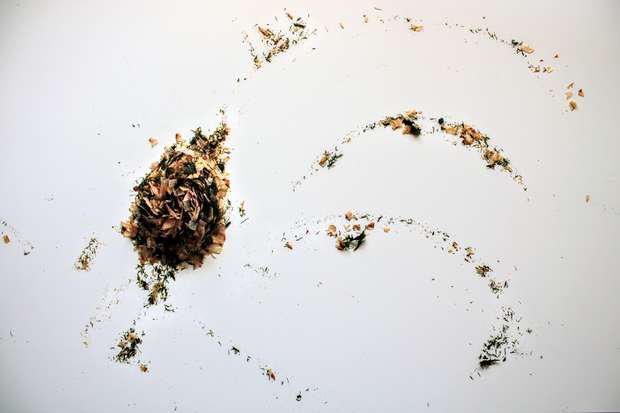
I call it the "Blessed Union"

This raised me this broad question;
What is marriage?

It’s about ending your solitary journey and becoming a part of someone else’s life.

It’s about cooperation.

Now, sesame and salt have been added.
You can seek more, or you can be content with what you have.
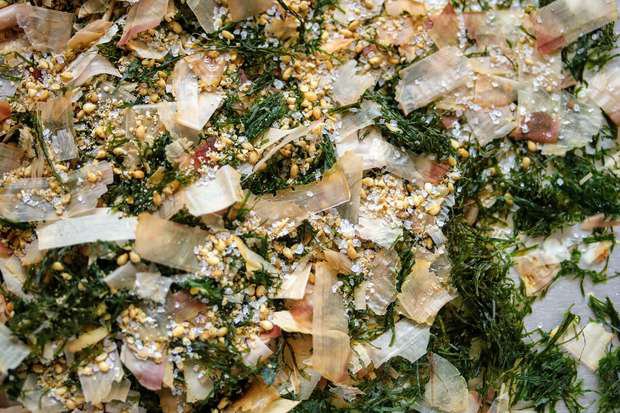
As I was creating this exquisite "Iso Furikake," I received so many messages from the ingredients that I somehow turned into a poet.
I apologize for that. ^^;

You can purchase this Dried "Suji-Aonori" from Sea Vegetable's website: Sea Vegetable
If you’d like to buy it along with other products from Kagura Market, you can purchase it here: Sumeshiya Market

This is Salted Suji-Aonori.
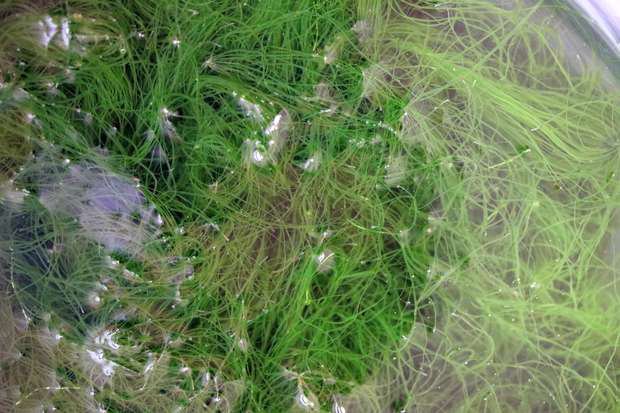
Desalting it is simple.
First, place the salted Suji-Aonori in a bowl and rinse it with plenty of fresh water to roughly remove the salt. Gather the Suji-Aonori in your hands and pour out the salt water.
Next, put the Suji-Aonori back in the bowl, add plenty of fresh water again, and wash it thoroughly. Discard the salt water.
Finally, put the Suji-Aonori back in the bowl once more, fill it with fresh water, and let it sit for one minute. After that, the desalting process is complete.
You can also use a strainer, but the Suji-Aonori tends to get caught in the mesh, so this method is actually less time-consuming in the end.
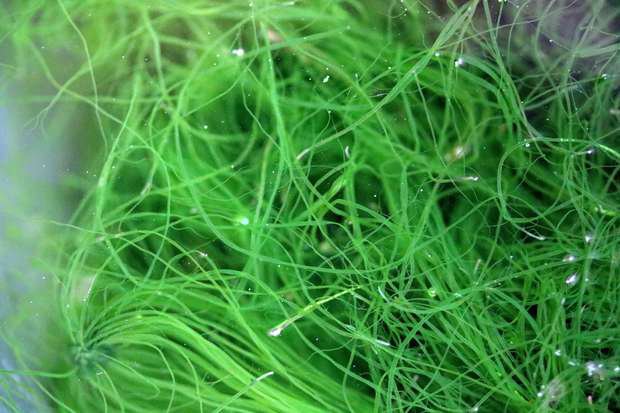
I believe Suji-Aonori is most beautiful when it’s floating in water.
During the desalting process, the salted Suji-Aonori also floats in the water, with the strands intertwining and creating a deep, rich green hue.
This beautiful sight is created by multiple strands of Suji-Aonori overlapping.
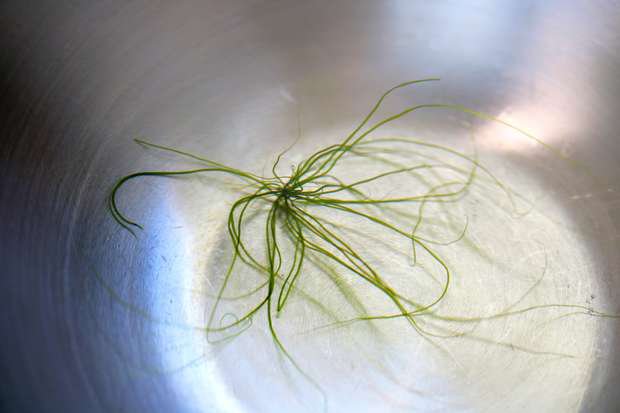 When you take out a single strand of Sujiaonori,
When you take out a single strand of Sujiaonori,
you’ll see that it has a distinct shape.
From the core, long, thin strands extend outwards.
The core is essentially a collection of ‘roots,’ though it doesn’t have a specific term and is referred to as a ‘cluster.’
Seaweeds don’t actually absorb nutrients from their roots, so these are called holdfasts.
The number of strands varies depending on the density when sowing the seeds,
but on average, there are about 30 strands.
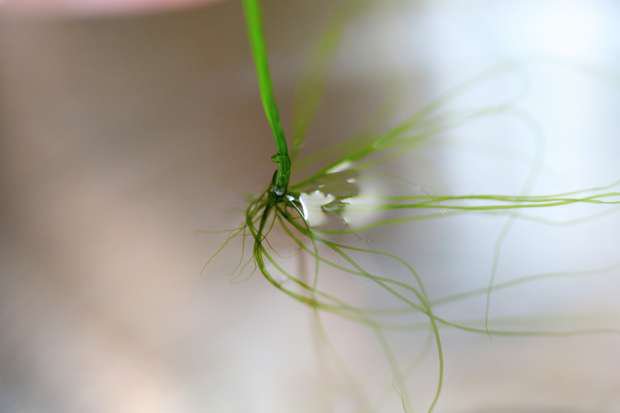
If you pinch out 2 or 3 strands and leave the rest in the water, the strands in the water will float freely.
Once removed from the water, they clump together, but in water, they spread out individually.

The dense area in the center is the core, from which strands extend in various directions. You can see finer, thinner strands branching off from these main strands.

From that line, you can also see that the fine and thin streaks are branching.
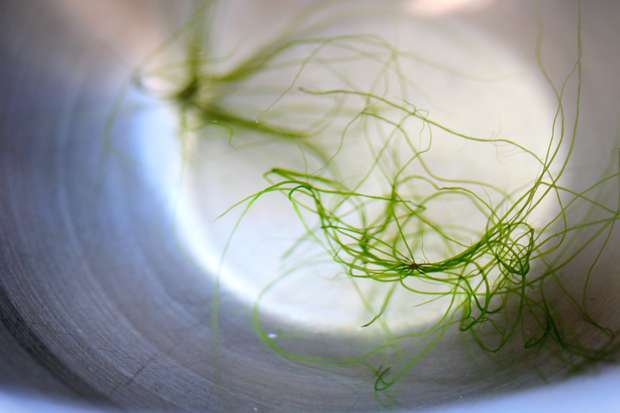
Next, let's add another piece of Suji-Aonori.
It’s like when you add a second medaka fish to a tank that only had one; it brings back that nostalgic feeling.
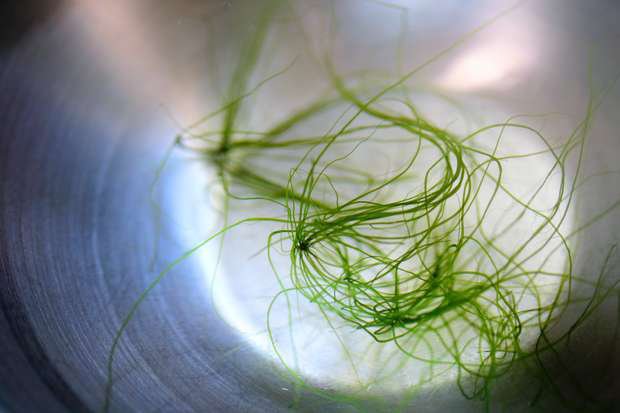
And now a third one. You can still distinguish the individual pieces.
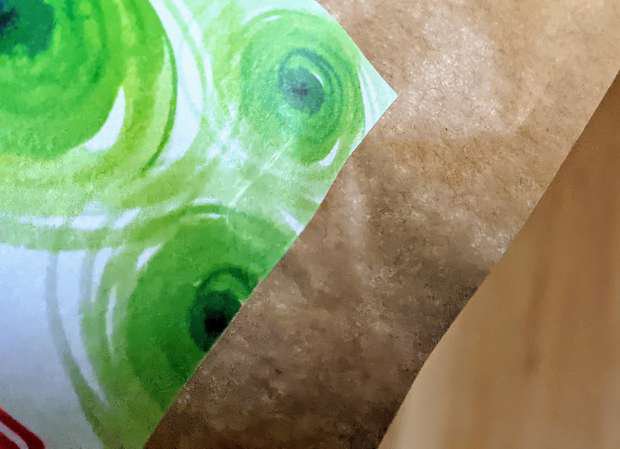
The design on the Suji-Aonori packaging likely represents this visual.
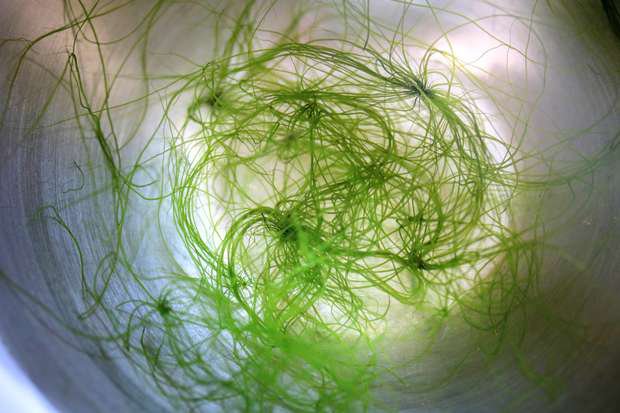
Now, let’s add ten pieces at once!
At this point, you might want to stop counting.
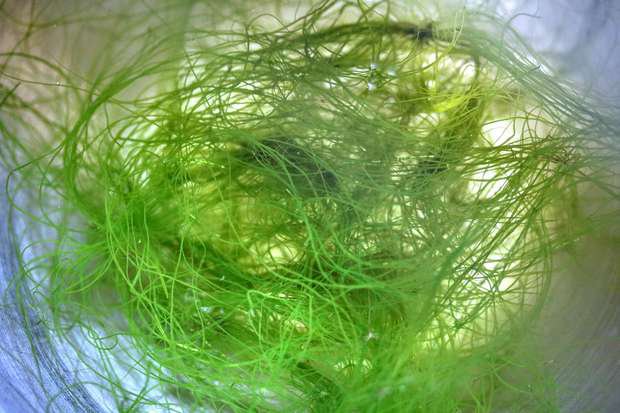
As you can see from the photos, it becomes almost impossible to count the individual strands.
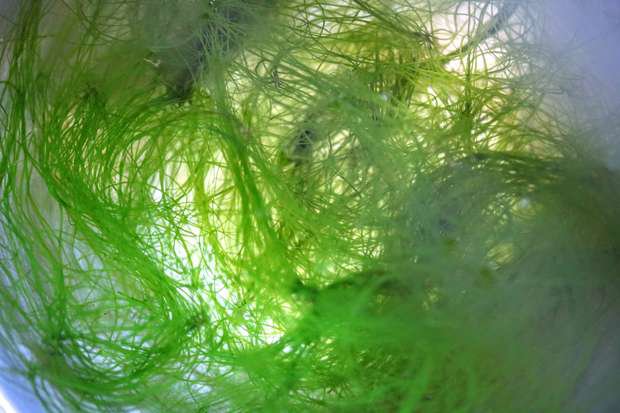
The strands are so fine and long that it’s no wonder they get tangled. This is a characteristic of Suji-Aonori.
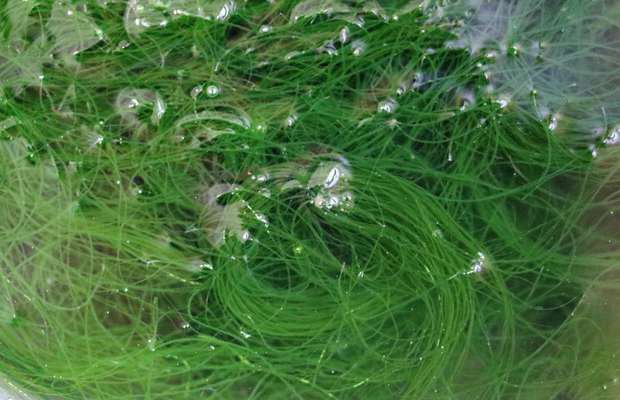
Returning to the first photo, you can see that there are now thousands upon thousands of Suji-Aonori strands in there.

Next, I took a single piece of Suji-Aonori out of the water.
Since it’s wet, the strands stick together.

If you try to dry it and separate the strands individually, they’re so delicate that they break easily.
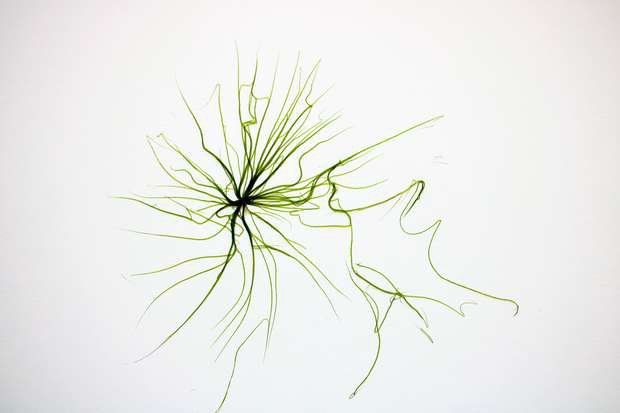
The trick to spreading it out is to keep it somewhat wet and use something like a skewer to slowly separate the strands.
Even then, some strands might still break.

This particular piece has a lot of strands,
and they overlap in some areas,
making it difficult to spread them all out flat.
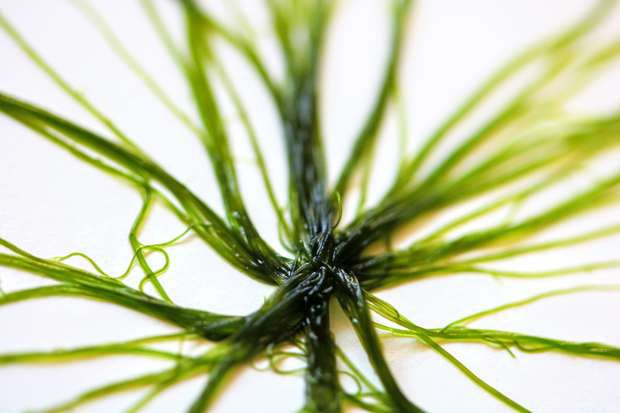
Since the strands grow in all directions from the core,
the best way to untangle them without overlapping is to do it in water.
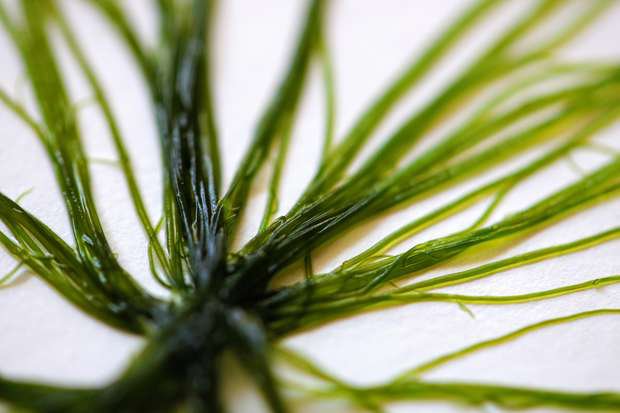
No matter how much I try to separate them, there’s always more and more and more...

When you gather the Suji-Aonori and squeeze out the water, it looks like an animal covered in fluffy green fur.
It's quite cute.
 The strands are as fine as hair.
The strands are as fine as hair.

They can get tangled or have little curls.
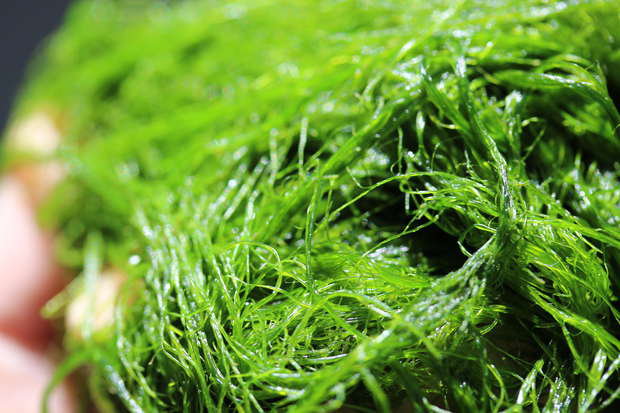
So far, we’ve seen the color under indoor lighting,
but under sunlight, the green is vibrant!
The Suji-Aonori looks like it’s rejoicing!

If you have this ingredient infront of you, how would you use this in your cooking?
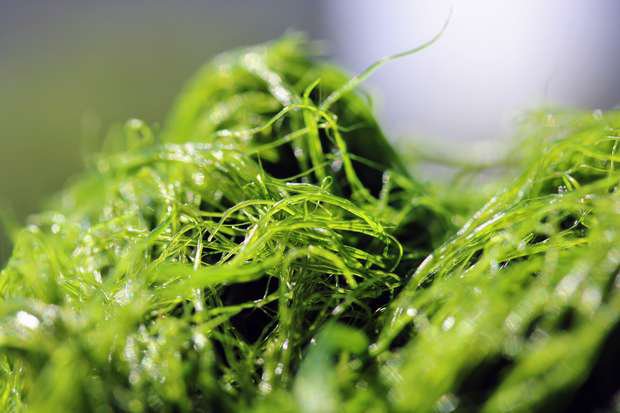
Salted fresh Suji-Aonori is a unique ingredient that you can only get from Sea Vegetable.
If you’re interested, I’d be happy to introduce it to you anytime.

This is Suji-Aonori, drifting underwater.
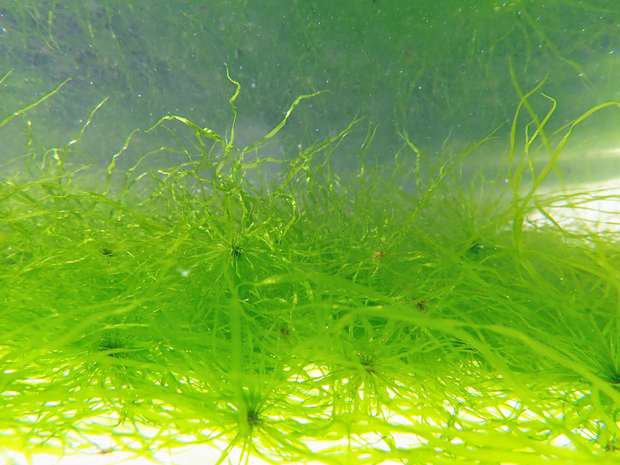
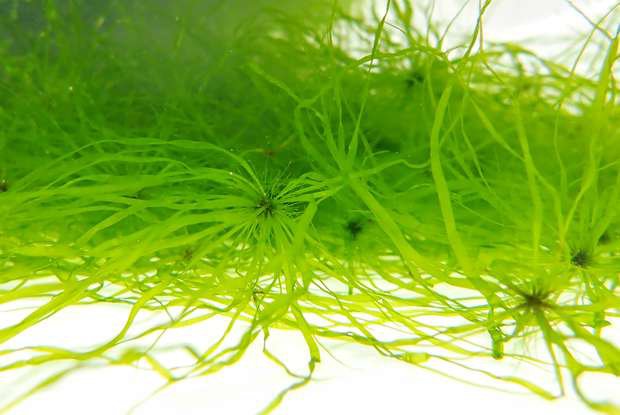


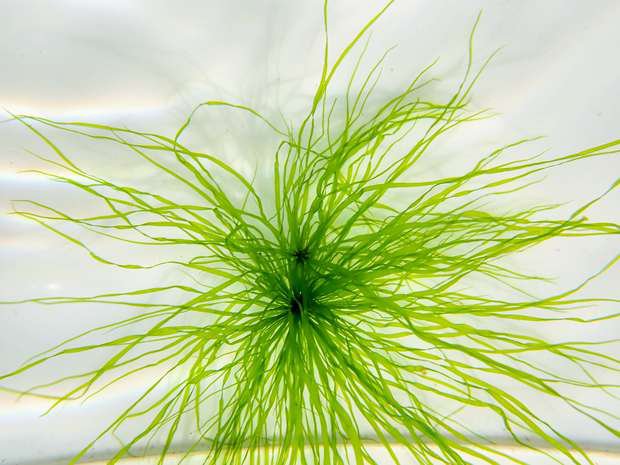




Suji Aonori branched out from a think streak.
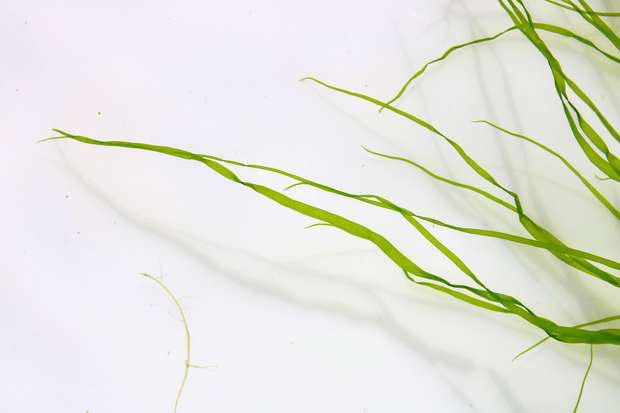
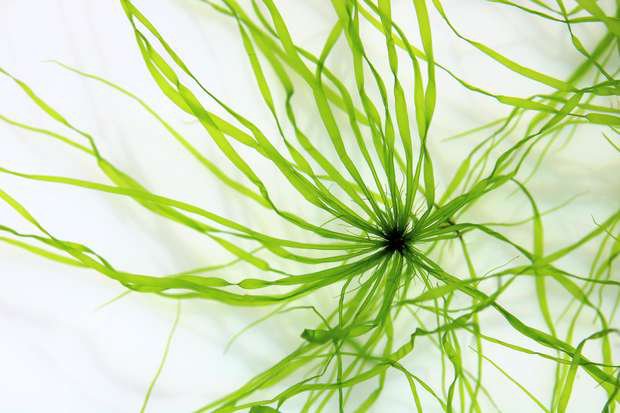


It's almost fully grown.


They've all grown big and multiplied in number.
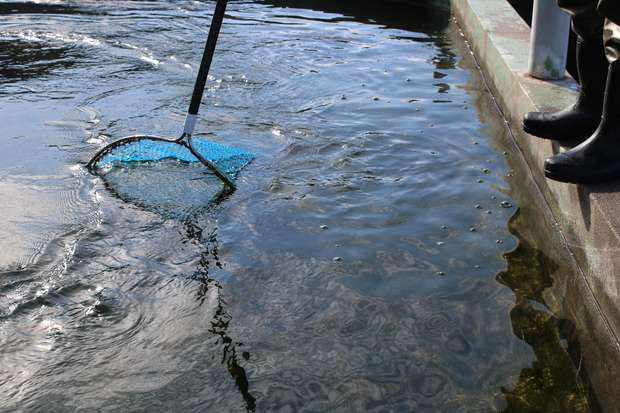
Harvesting with a large net.



Draining the water thoroughly

Filling the baskets to the brim.

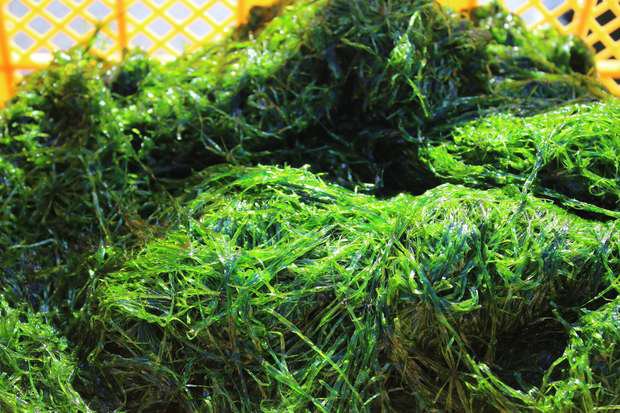
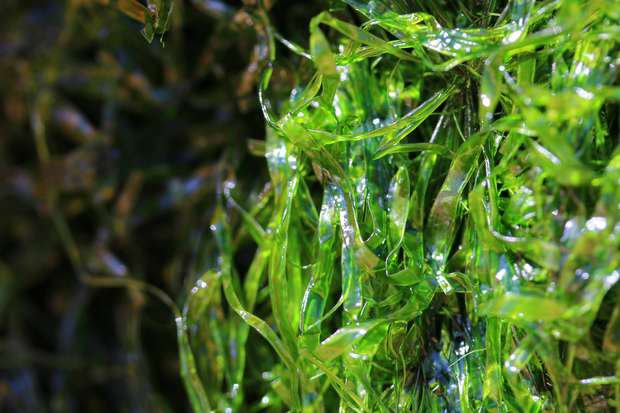
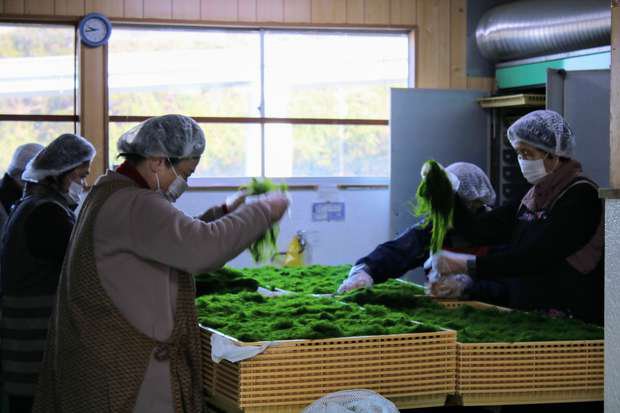
Spreading the drained Suji-Aonori on a pallet.


Then, drying it.
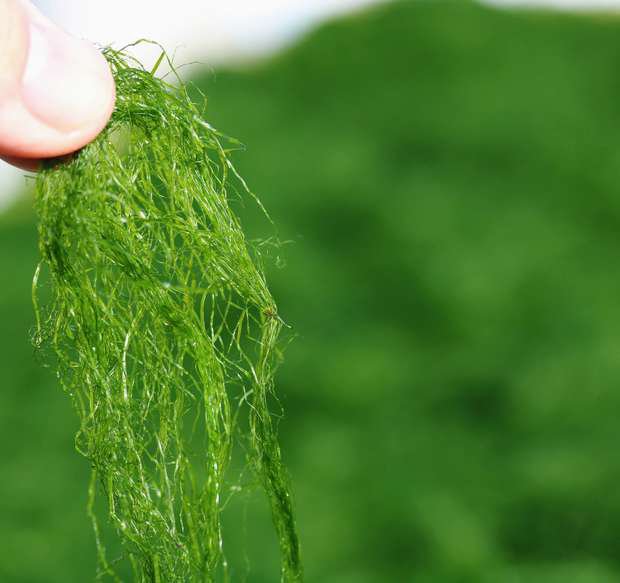

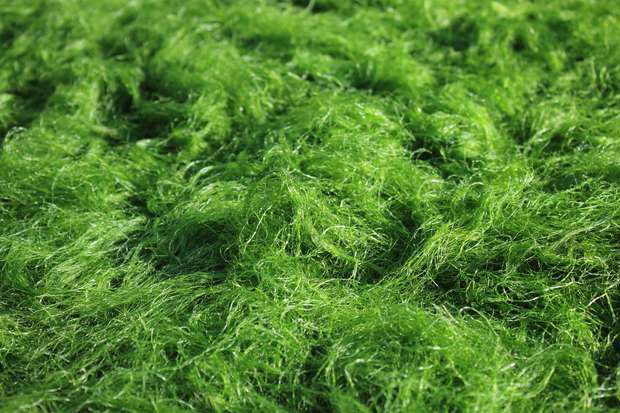
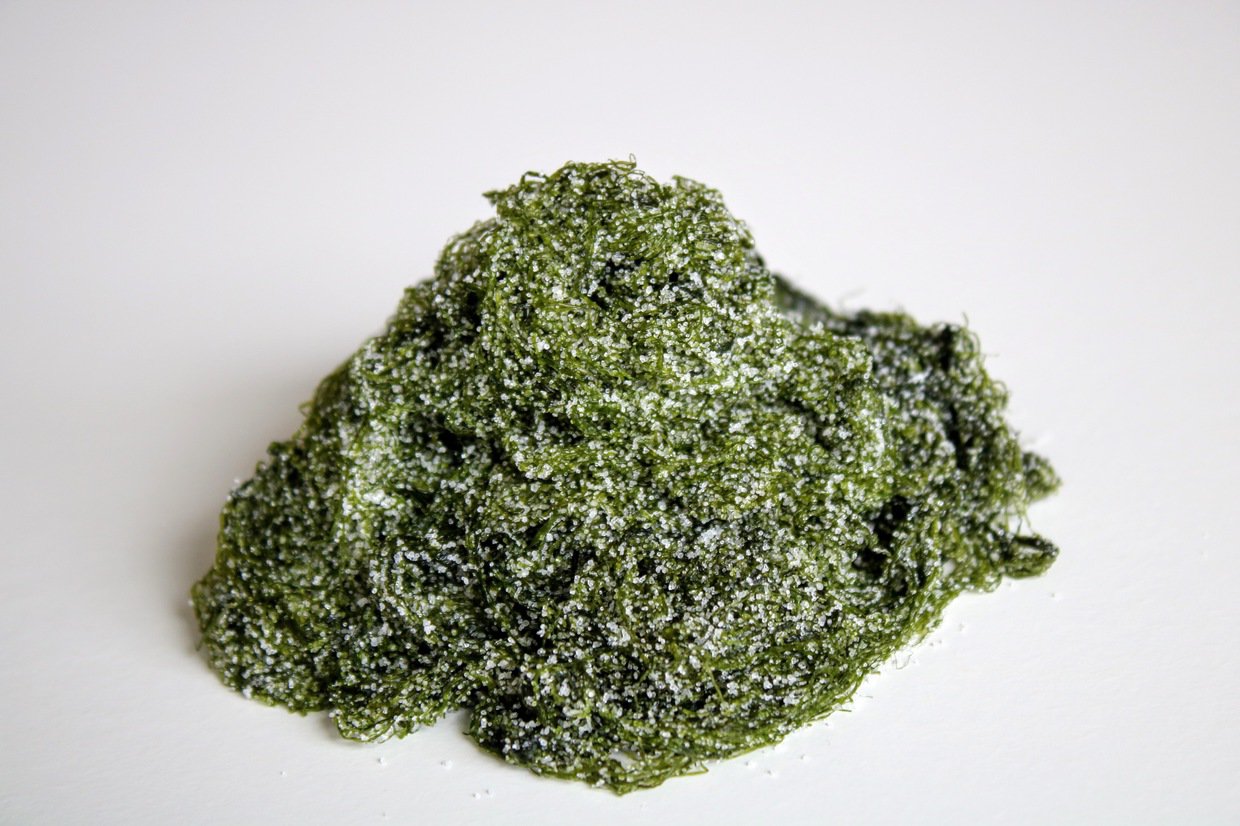
[Salted Suji-Aonori]
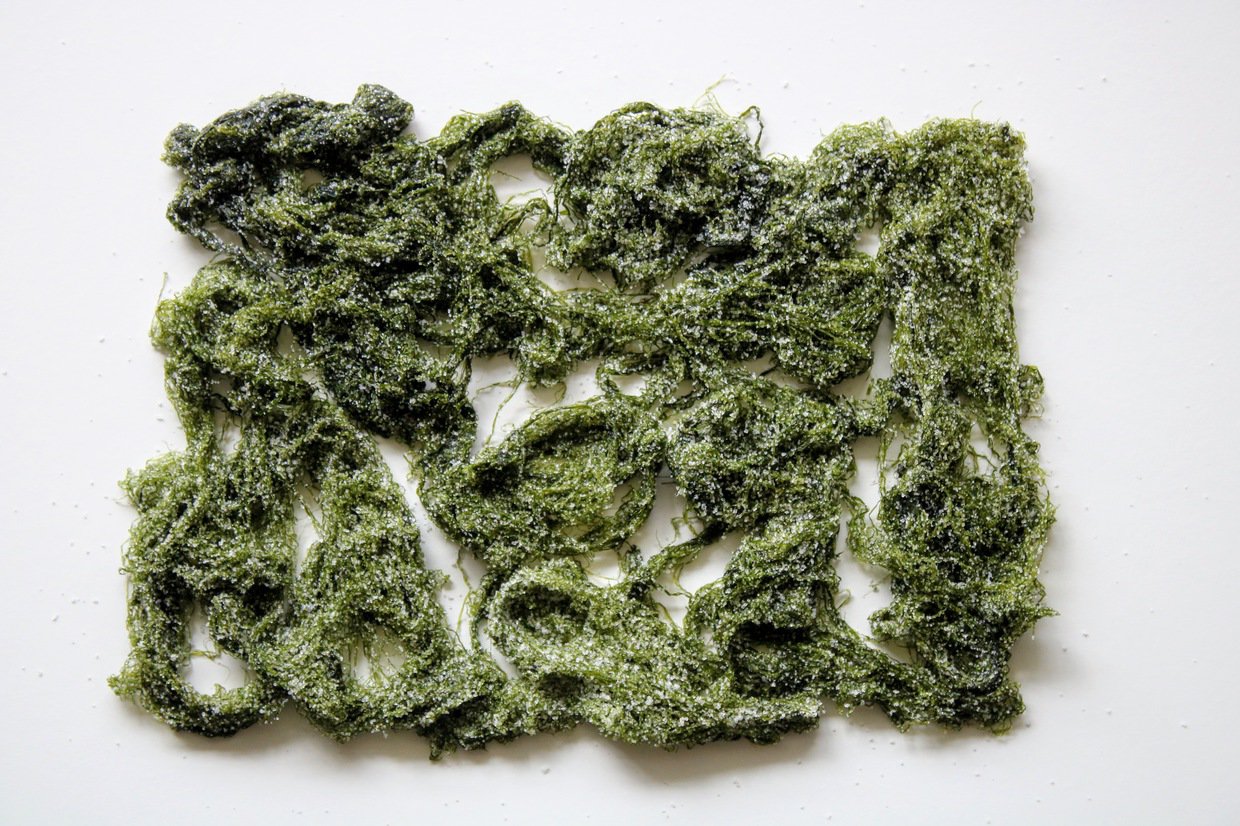
When loosened, it looks like this.

Salted Suji-Aonori showcases the delicacy of its strands and the beauty of its green color in liquid.
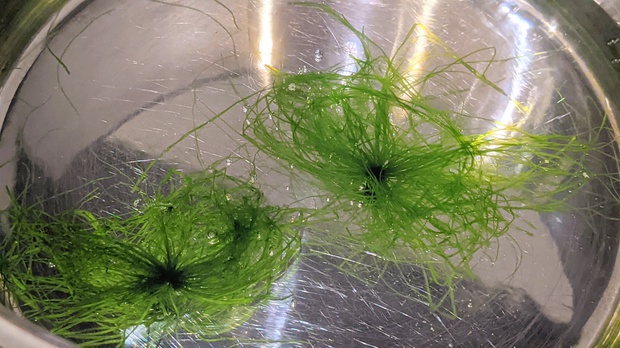
Keywords: Broth, liquid, soup, ramen, udon, soba, soup pasta, soup curry, pork soup, etc.
Salted Suji-Aonori Salt Removal Method (Video 1 Minute 34 Seconds)
〈Here's an introduction to dishes using Suji-Aonori〉

[Suji-Aonori with Katsuonamari Flavored Miso and Gouda Cheese]
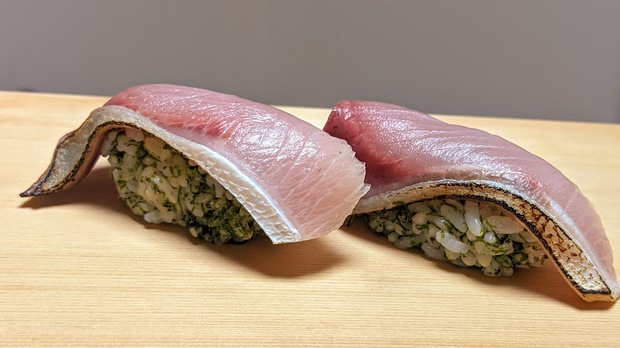
[Suji-Aonori Vinegar Rice with Yellowtail Nigiri Sushi]
Dried Suji-Aonori mixed with vinegar rice.

A considerable amount is required; otherwise, the taste of the Suji-Aonori may be overshadowed by the flavor of fish.

Since I seared the fish this time, the fragrance of dried Suji-Aonori was partially overshadowed by the seared yellowtail.


Suji-Aonori with Soy Sauce Ramen
I think there are more improvement to make, but the compatibility is excellent!
The more soup there is, the more Suji-Aonori swims beautifully.
In various smooth soup dishes, both fresh and salted Suji-Aonori can be an impactful ingredient.
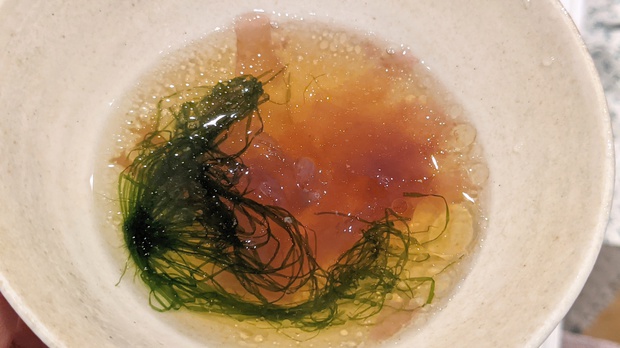
Suji-Aonori and Tosaka-Nori Chinese Soup
Using Salted Suji-Aonori and letting it swim in liquid seems to bring out its charm.
Each strand intertwines, beautifully showcasing the entirety of Suji-Aonori.
Its delicious and beautiful when served alongside shabu-shabu with meat or fish.
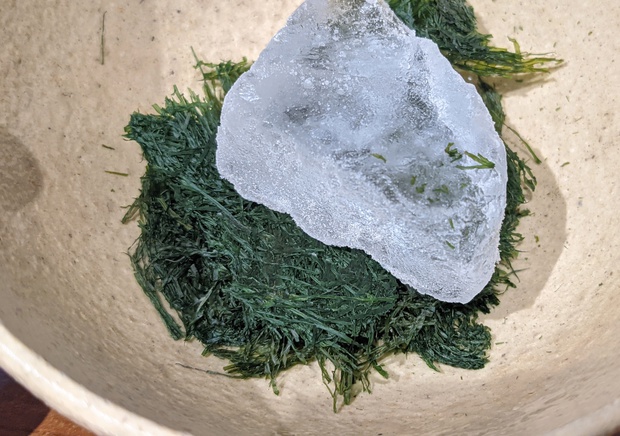
Similar to steeping high-quality tea leaves like gyokuro ,
I tried ice-steeping dried Suji-Aonori.
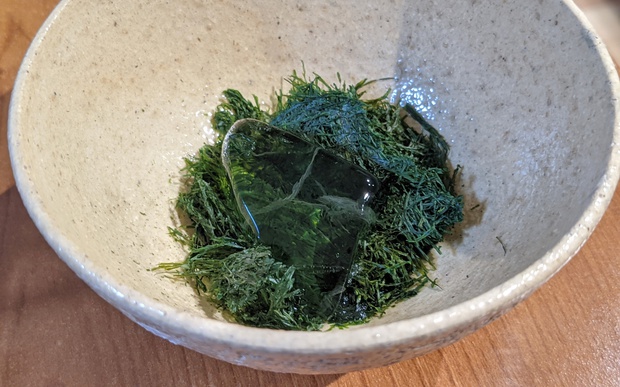
The result turned out awesome! The umami dashi from the Suji-Aonori was incredibly delicious.
I'll consider trying it at my sushi restaurant too.

Since it wasn't fully rehydrated with lots of water, the Suji-Aonori still retains enough umami.

Fresh Suji-Aonori and Salted Squid
I thought salted squid and nori would be a great combo both in looks and taste, but the result was not bad but not good.

Terine of Vegetables with Suji-Aonori, Olive Oil, and Fish Sauce Made by Chef Makoto Kudo at Kagurazaka Wine Dining.
He told me that it goes really well with fish and veggies!

Suji-Aonori and Firefly Squid Tsukemen by Koyuki Hiramatsu at "Ramen Gantetsu" in Waseda .

Salted Suji-Aonori swimming in the soup!
It gives it depth and a seabed vibe.
The shape of fresh Suji-Aonori and the soup really matches perfectly

Wine-steamed Manila Clam

Lemon-marinated Mackerel
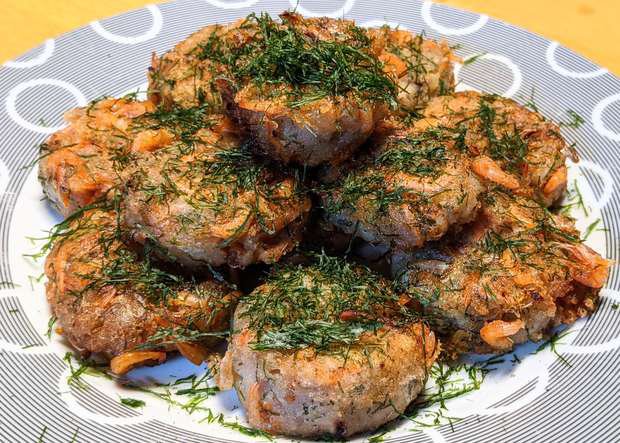
Small Shrimp and Lotus Root Cake

Spaghetti with Meat Sauce

Sushi Nigiri of Kawahagi with Suji-Aonori Liver Soy Sauce


Suji-Aonori Galette
At "Fleur de Sarrasin" in Asakusa, a specialty shop for Japanese buckwheat flour galettes and craft cider, Chef Tamakoshi has created a perfect match of Suji-Aonori with buckwheat:
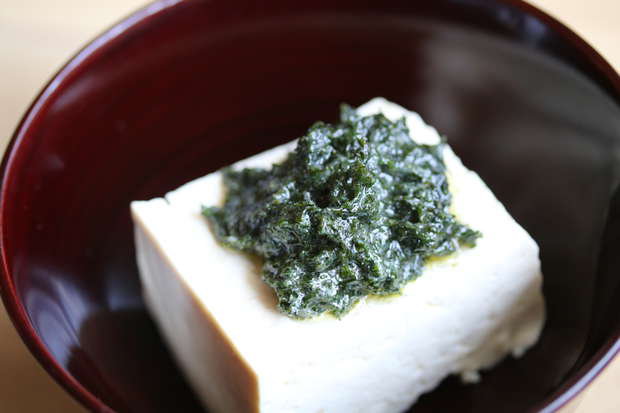
A new classic for chilled tofu, let me introduce you to this Ao-nori Mayonnaise Tofu

Just mix dried Suji-Aonori with mayonnaise and a bit of olive oil. Give it a try!
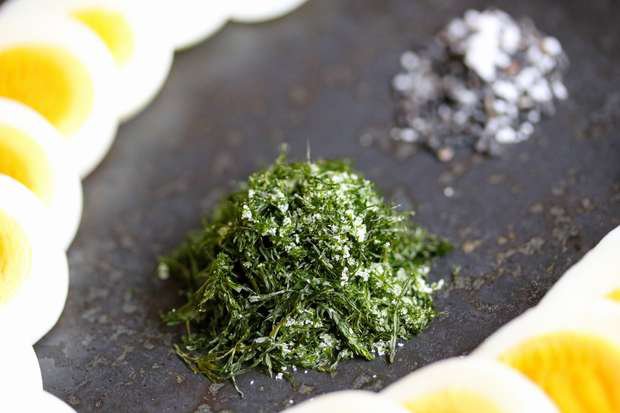
Sesame salt is commonly used, but Aonori salt is also great.
I never thought of it, but just like nori salt potato chips, Aonori salt can be used in various dishes.
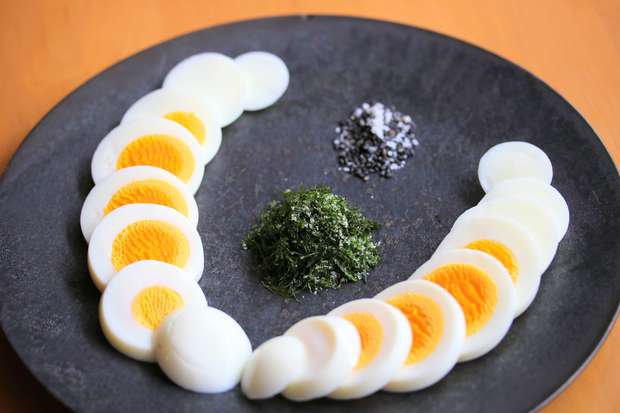
Mix in sesame to create this Goma-nori salt
This salt takes boiled eggs to another level! Suji-Aonori is amazing.
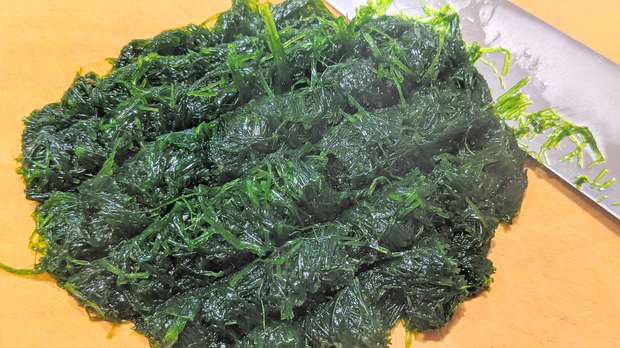
After desalting salted Suji-Aonori, cut it into about 2 cm squares.
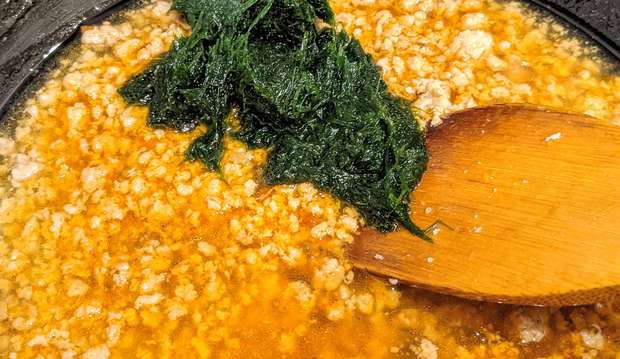 Add it raw during the cooking process of mapo tofu.
Add it raw during the cooking process of mapo tofu.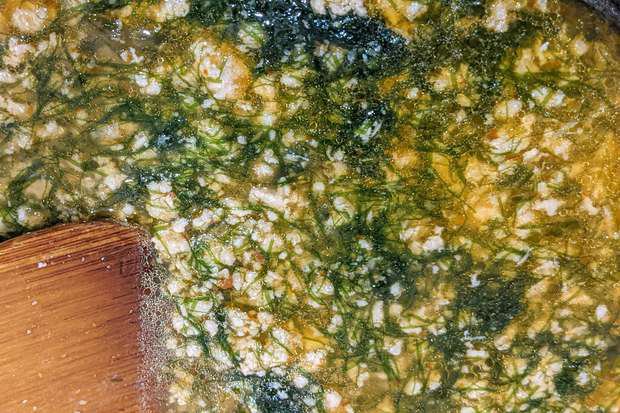
When heated,
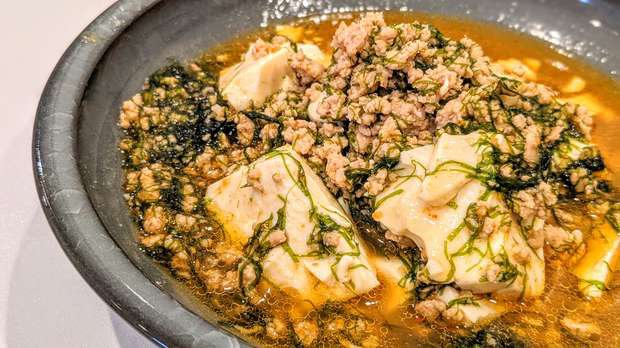
the Suji-Aonori releases a subtle aroma of the sea and adds some crisp texture.
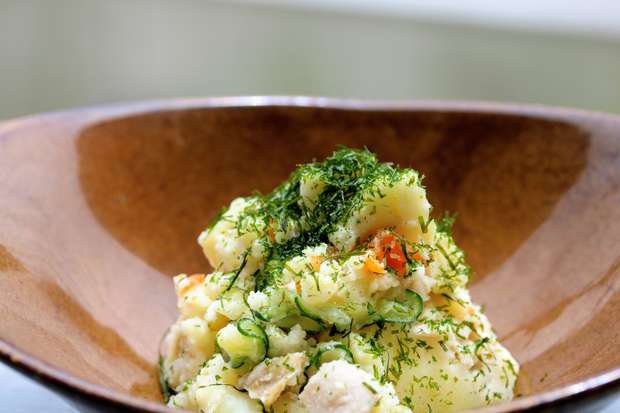
It's no surprise that dried Suji-Aonori goes well with nori salt potato chips. It also pairs exceptionally well with potato salad.
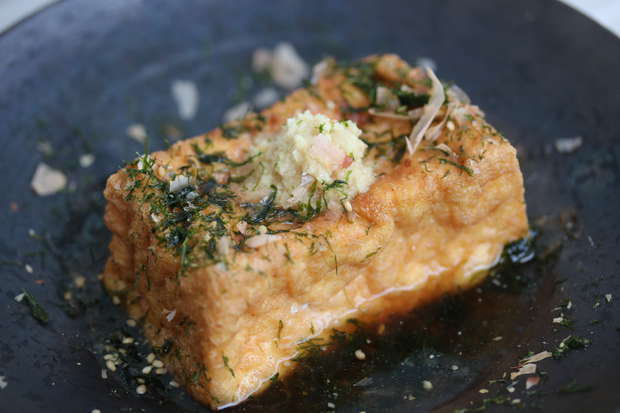
Just mix bonito flakes, Suji-Aonori, and salt to make Suji-Aonori furikake.
Besides sprinkling it over rice, it's recommended for topping on thick-fried tofu or agedashi tofu.

Suji-Aonori Miso Balls:
Desalt salted Suji-Aonori, blanch it for just 10 seconds, squeeze out the water well, chop it, and mix it with miso, rolling it into balls. Adjust the amount of Suji-Aonori as much as you like.

Simply add hot water to the bowl and you have instant seaweed miso soup.
If you want more umami, add bonito flakes to the bowl before pouring in hot water along with the miso balls.

I tried making Suji-Aonori vinegar dish in a Mozuku vinegar style. After desalting the Suji-Aonori, I boiled it for 10 seconds.
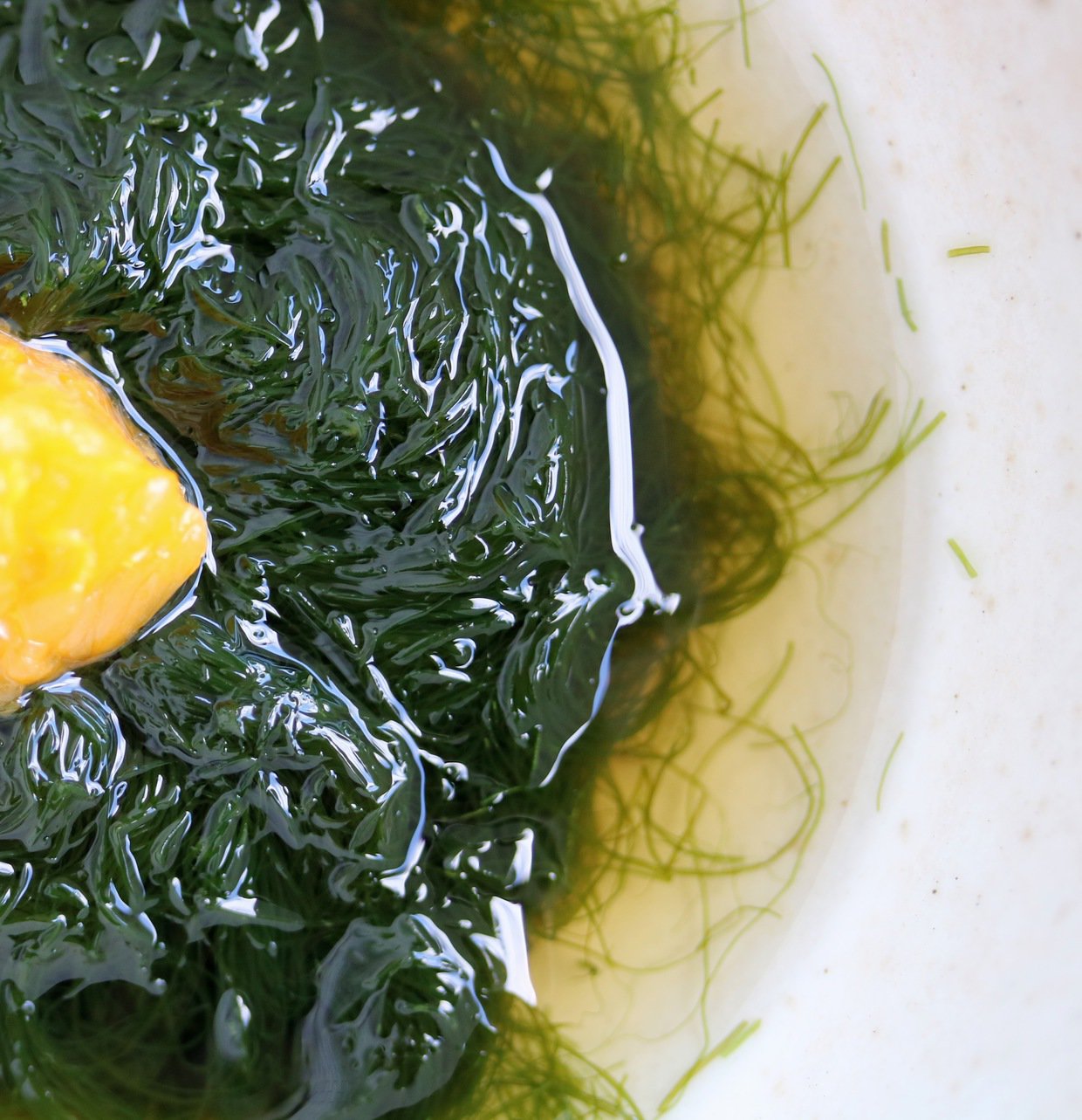
It tastes even better when eaten with Tosazu vinegar (vinegar with dashi) rather than Sanbai vinegar. The texture is good, nice and crunchy!
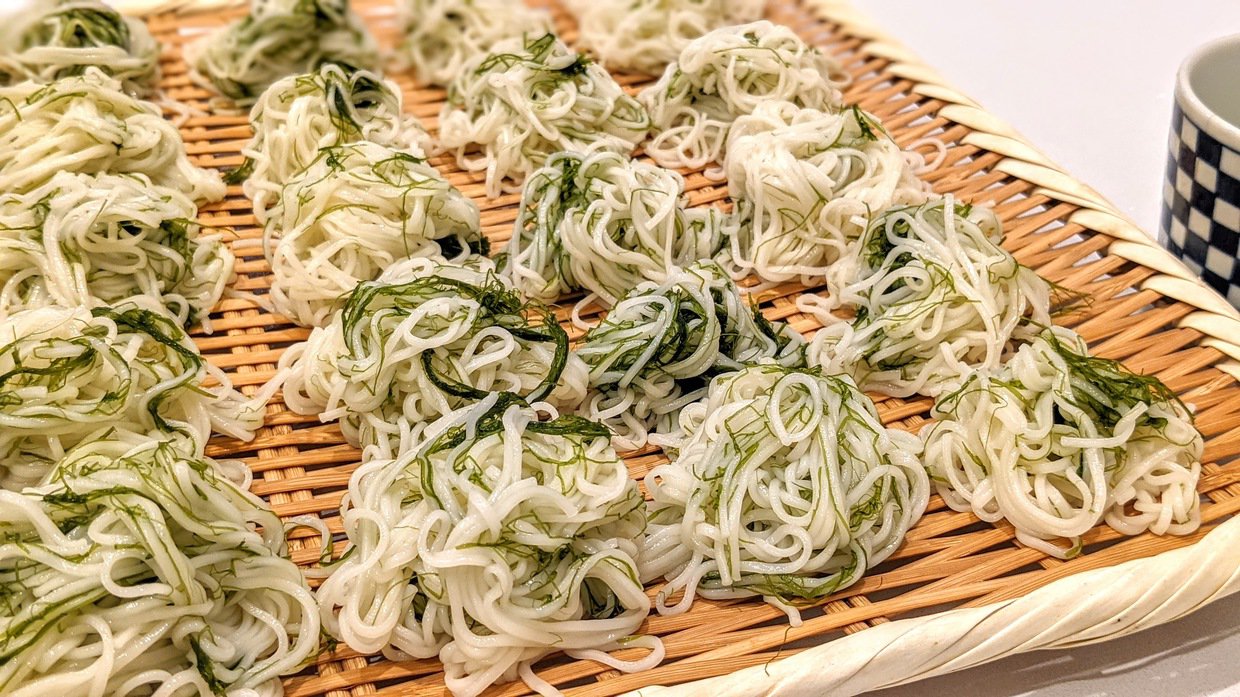
Suji-Aonori Somen Noodles:
If you want to add Suji-Aonori to noodles, chop it finely to about 1 cm width.
It maintains the essence of Suji-Aonori without clumping together.
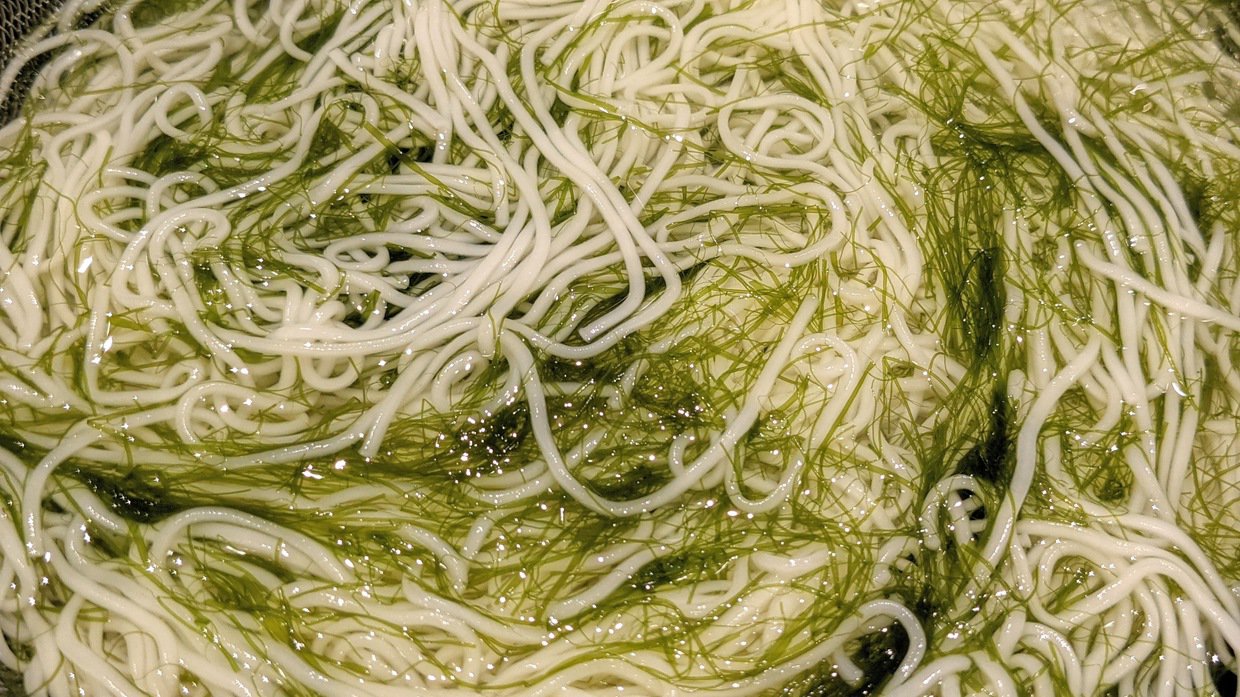
When boiling somen noodles, mix in the chopped Suji-Aonori about 30 seconds before turning off the heat, then strain it.
The Suji-Aonori enhances the refreshing taste of somen noodles, which is perfect for summer!
 Here's Seaweed Noodles, where fresh seaweed is served alongside Suji-Aonori noodles.
Here's Seaweed Noodles, where fresh seaweed is served alongside Suji-Aonori noodles.
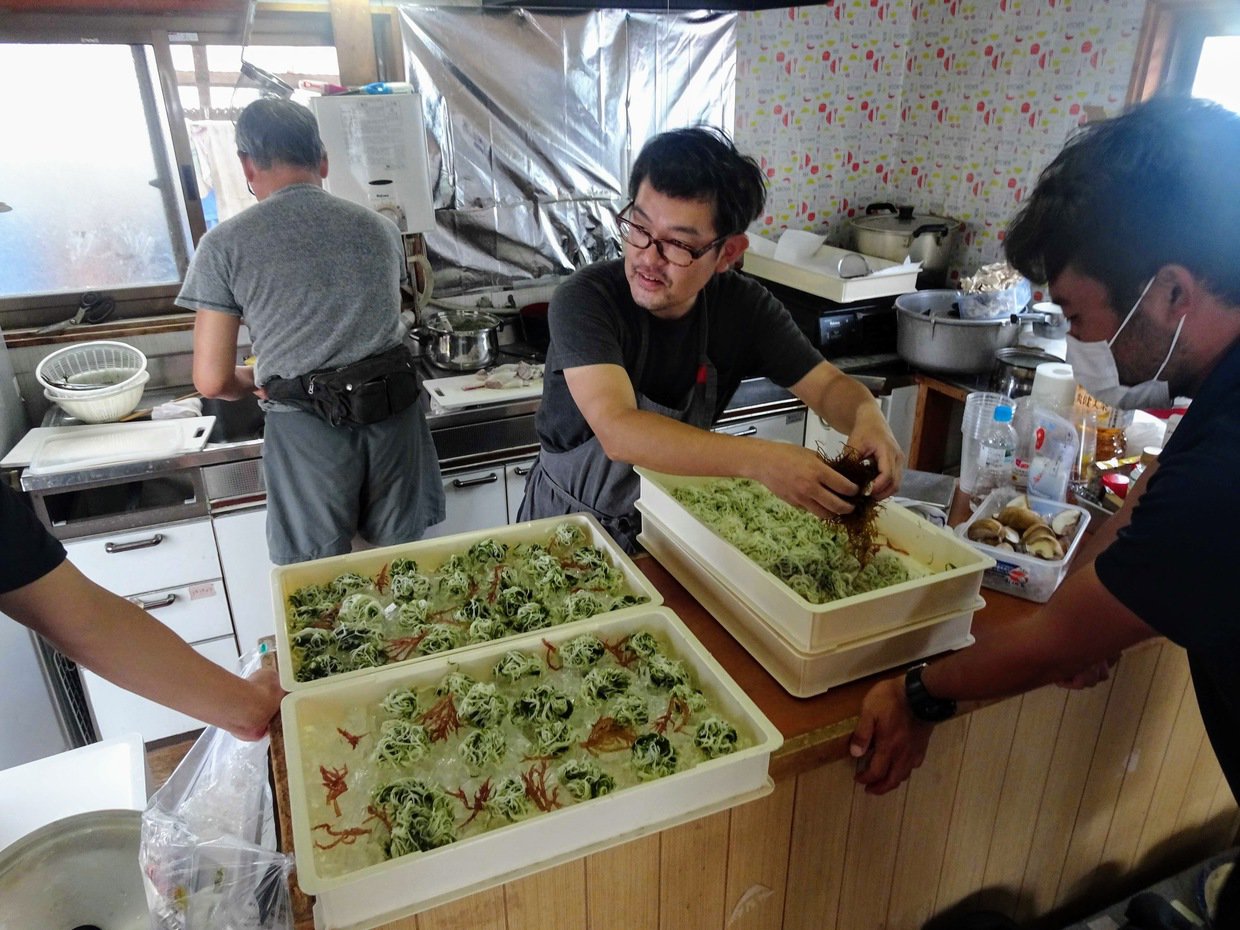
We were having fun decorating the noodles during a seaweed camp.
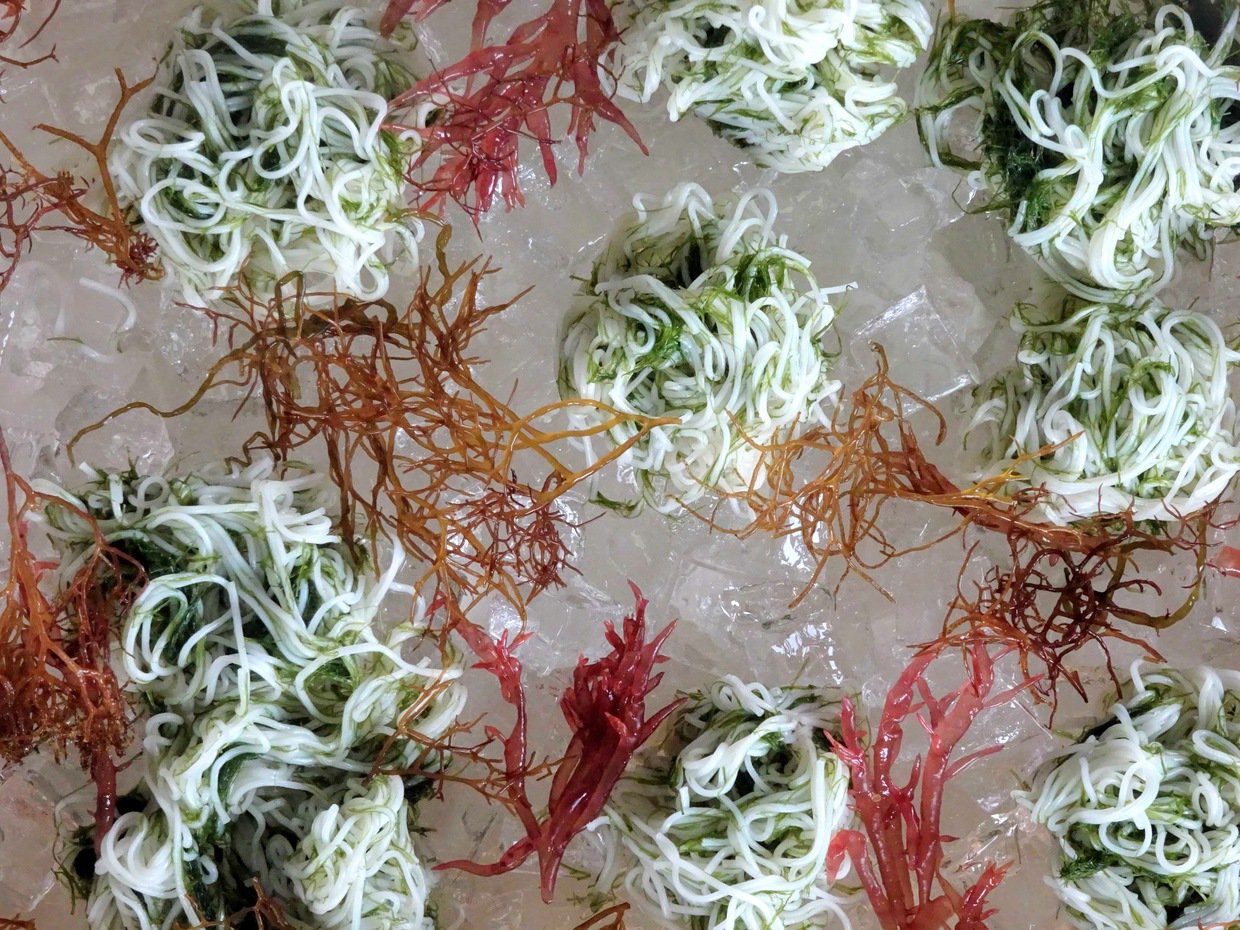 Enjoy this dried Suji-Aonori mixed with noodle soup!
Enjoy this dried Suji-Aonori mixed with noodle soup!

Suji-Aonori Tempura:
After desalting salted Suji-Aonori, squeeze out excess water, coat it in tempura flour, and fry it into stick-shaped tempura.
Its long green appearance adds a crunchy and chewy texture!
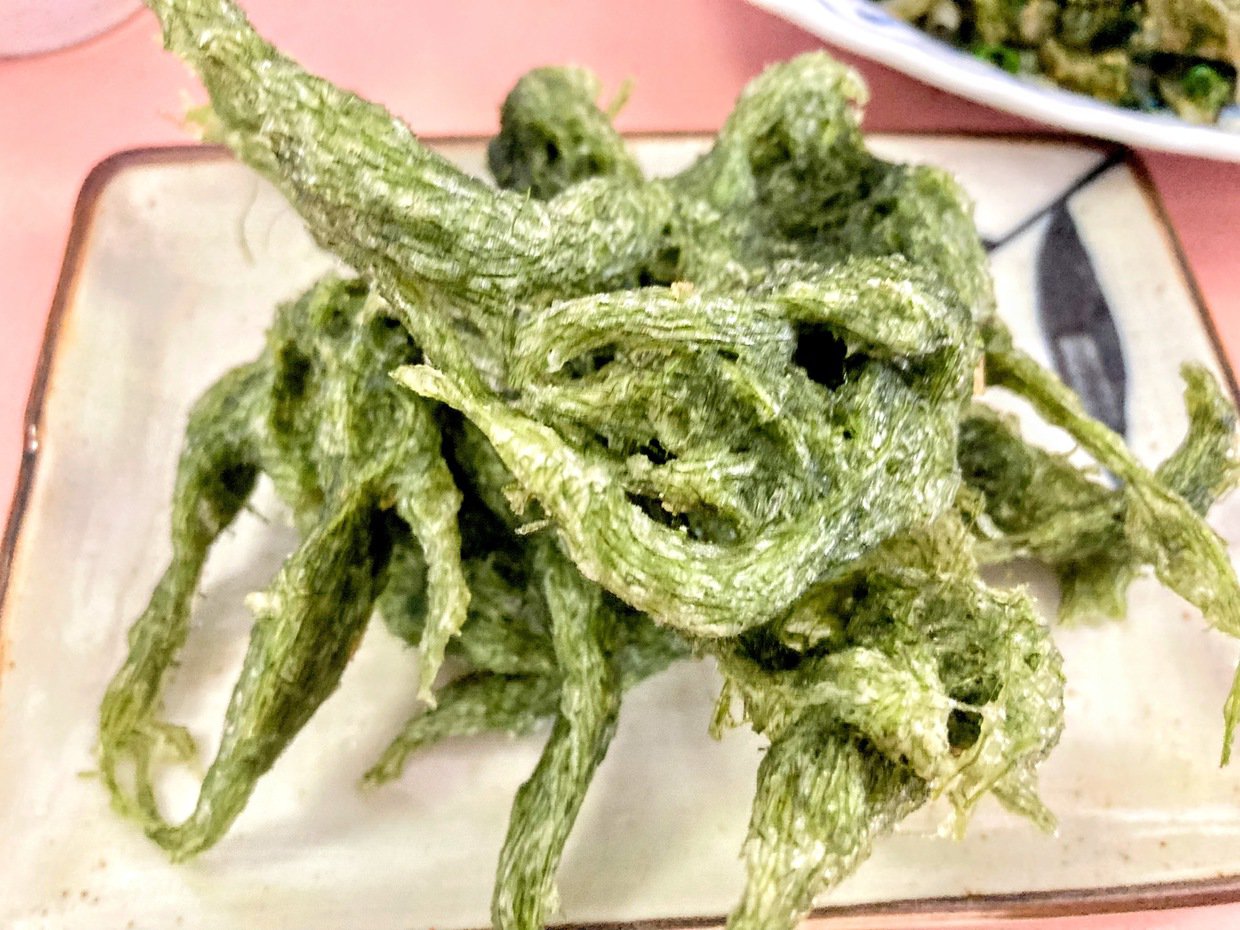
I hope tempura shops and soba restaurants start using salted Suji-Aonori.

Hamachi and Madai Tempura with Suji-Aonori fragrance

Maitake and Suji-Aonori Tempura with Umeboshi dressing

Sayori fish and Suji-Aonori Tempura
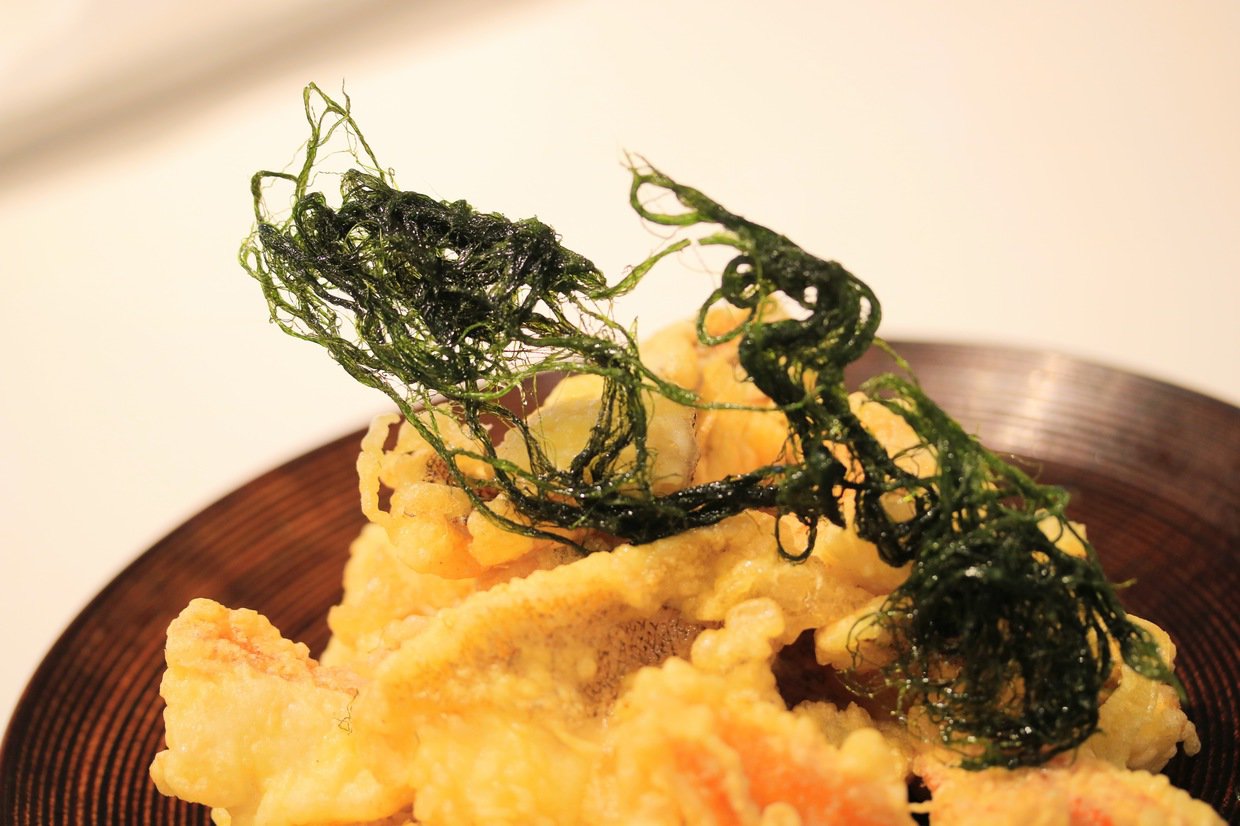
Suji-Aonori Agemono:
If deep-fried, the ingredients becomes much crispier.
With a little bit of practice, you could shape it beautifully!
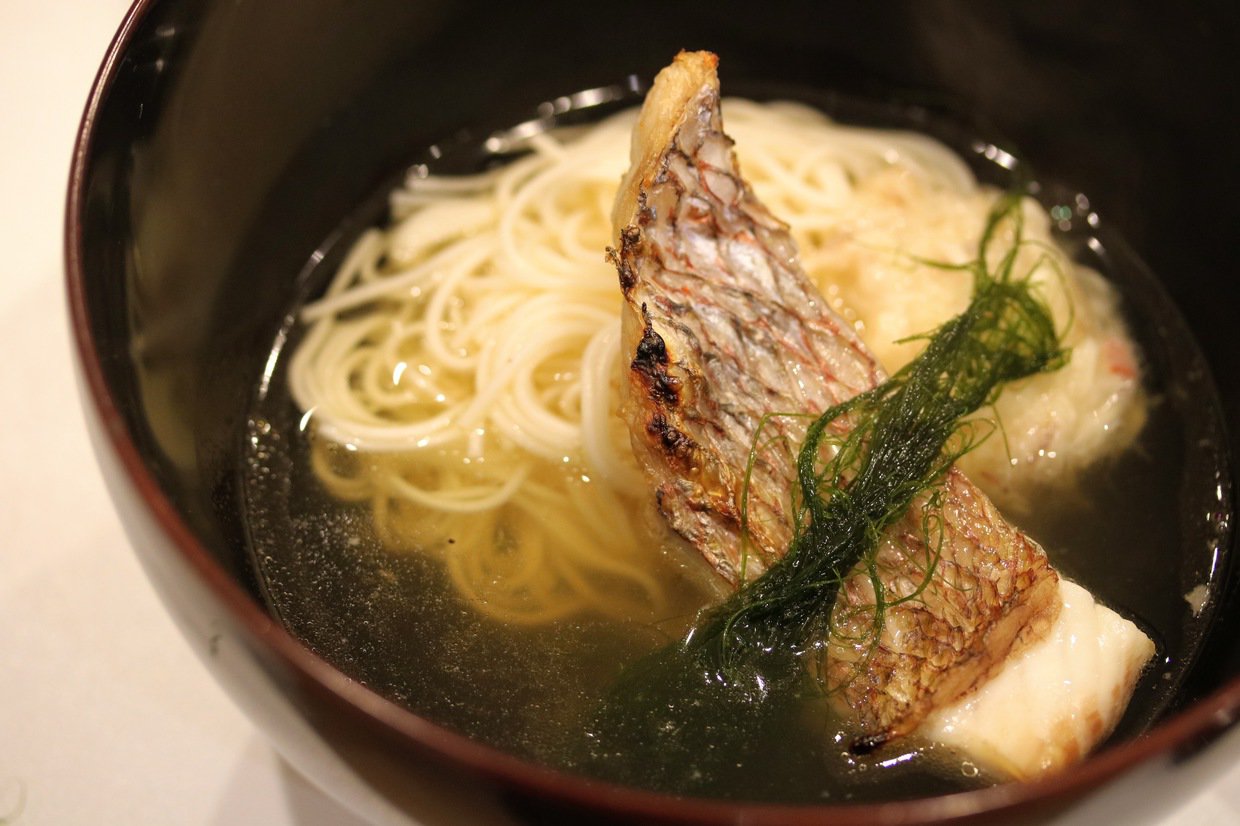
Thai somen

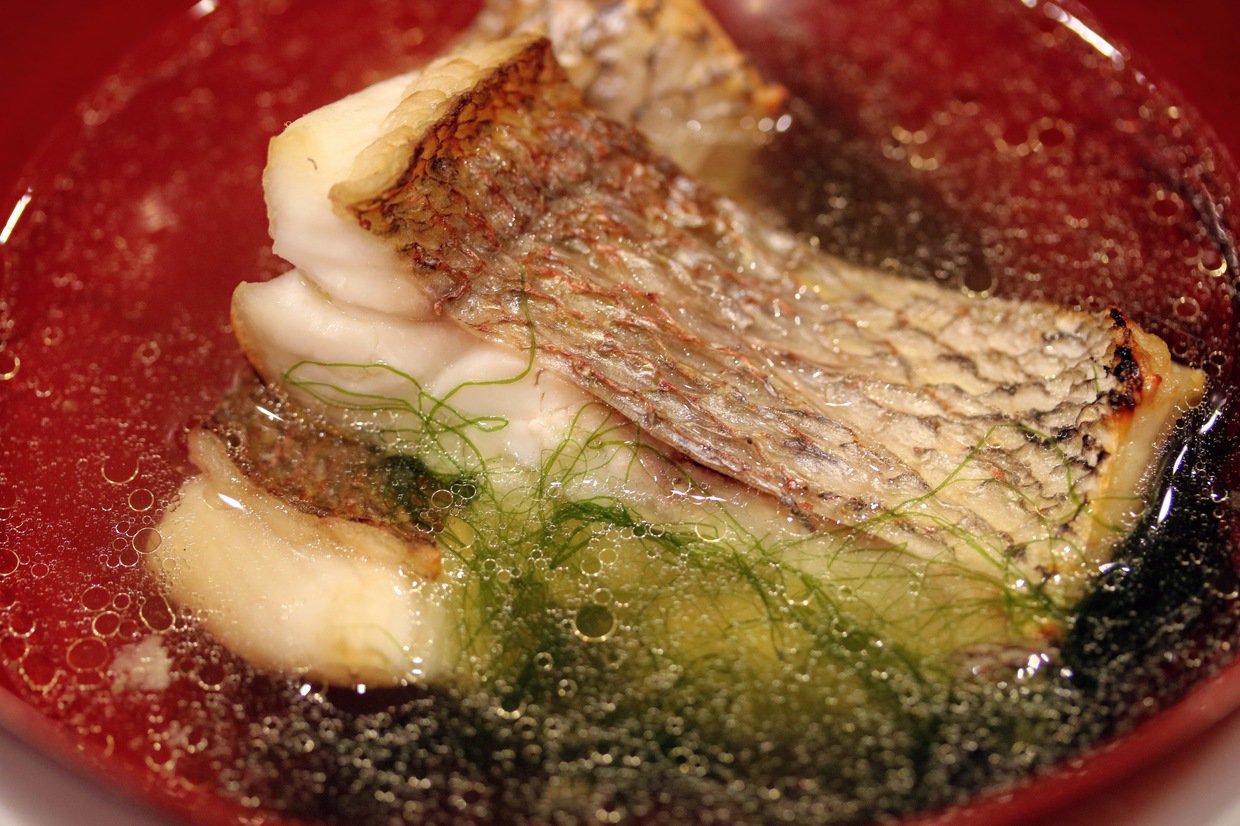
Madai fish baked in marinade

Mixed salted Suji-Aonori into fish paste

After thorough mixing
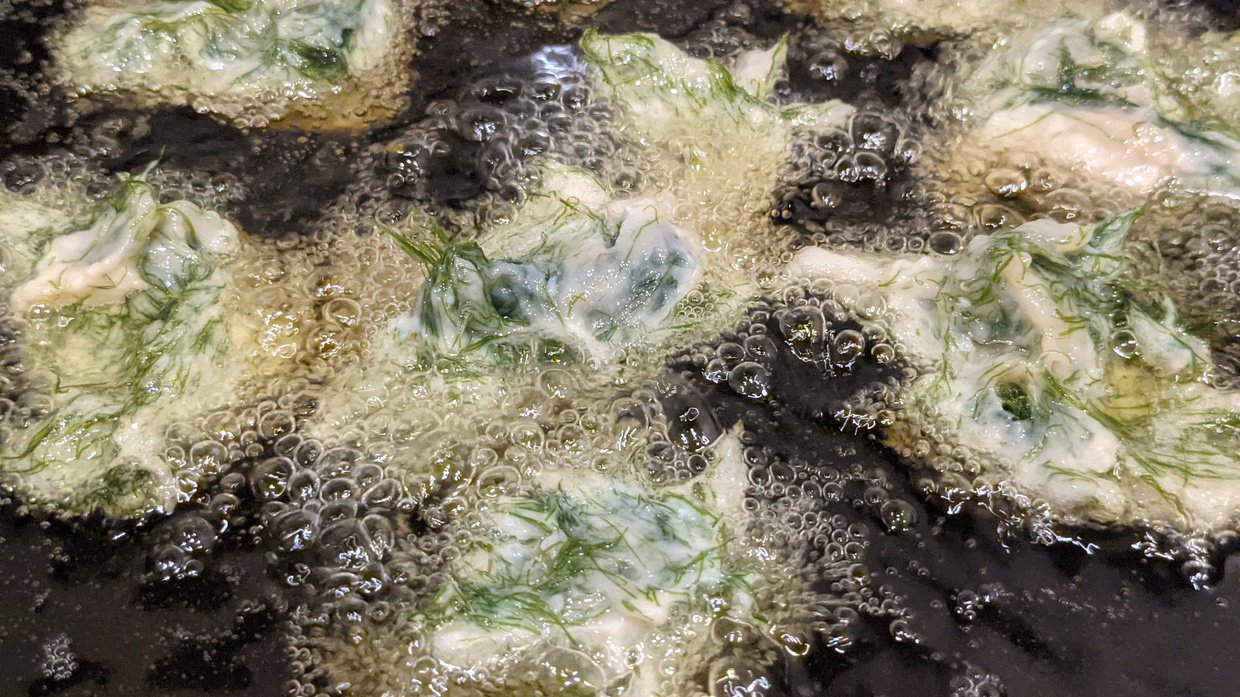
and frying it in oil,

you can create this dried Suji-Aonori fish paste miced fries.
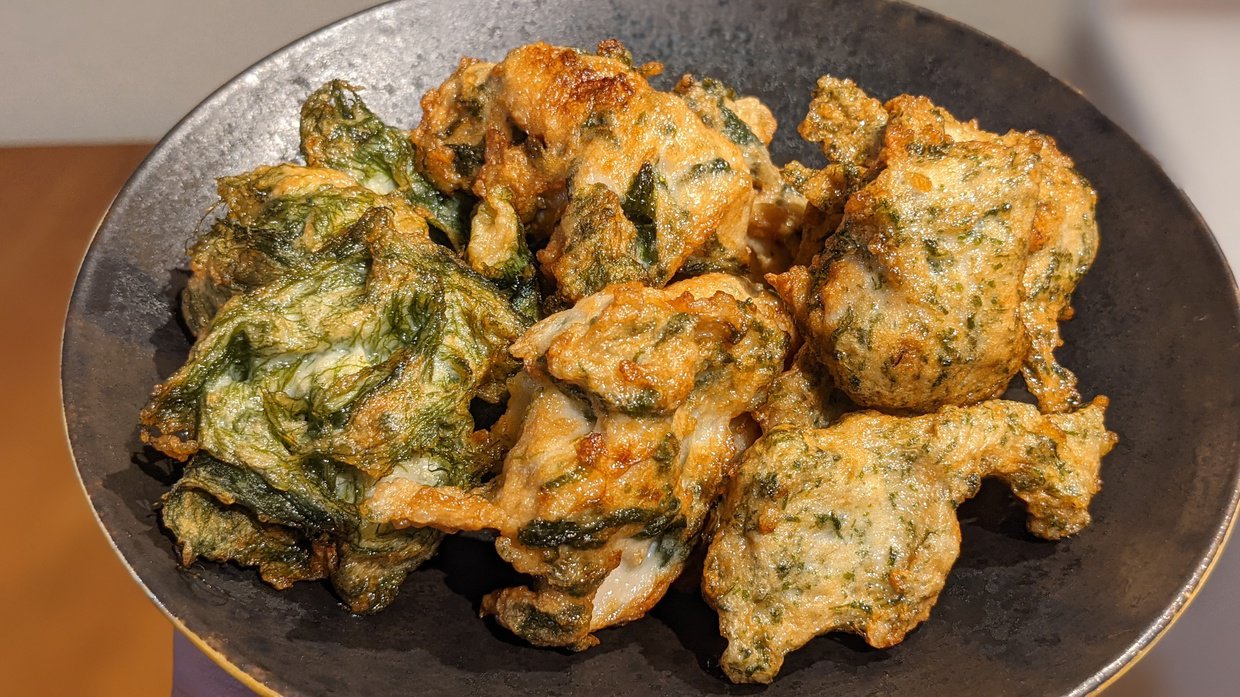
On the left is Suji-Aonori Satsuma Age (using salted Suji-Aonori)
Its a combination dish made from Suji-Aonori and the chewy texture of Satsuma Age.
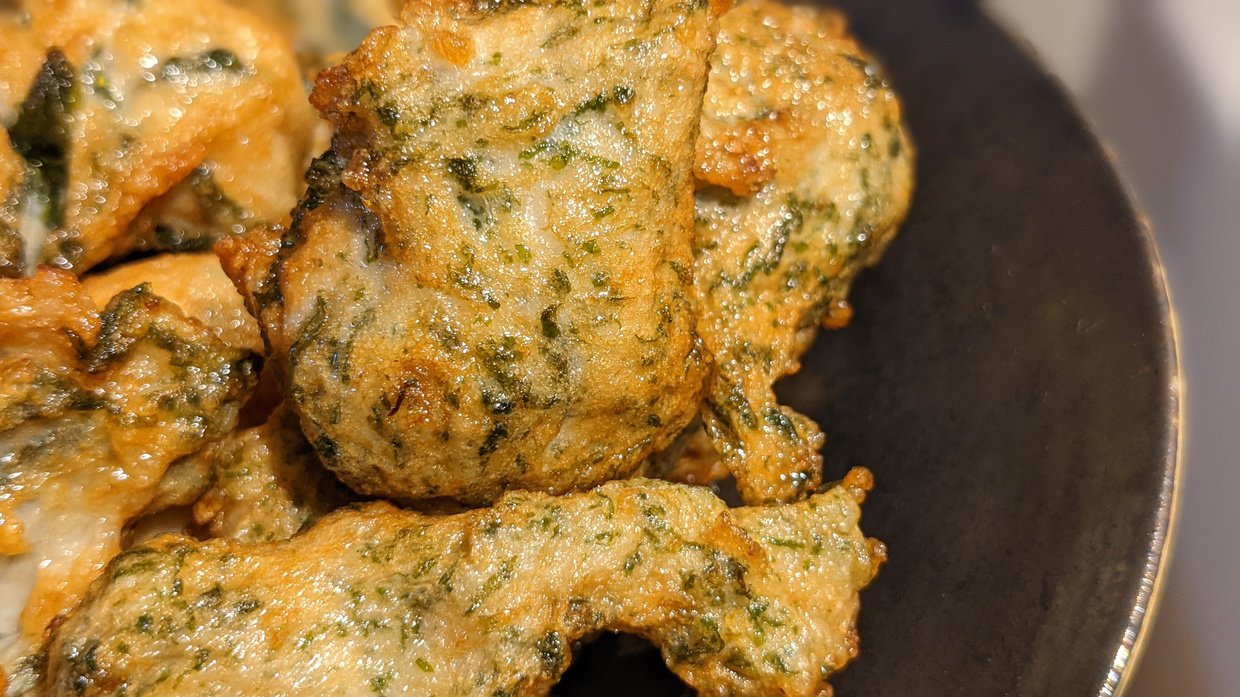
Suji-Aonori Satsuma Age (using dried Suji-Aonori)
Adding Suji-Aonori enhances the quality of Satsuma Age, making it incredibly delicious.
Suji-Aonori's perfect compatibility with oil shines through this dish

Suji-Aonori and Watermelon Simmered Dish
At home, I tried out this unique combination; peeling watermelon and use the white part as if using winter melon in simmered dishes.


Suji-Aonori Maki Sushi (using salted Suji-Aonori)

While it might seem odd to wrap seaweed with seaweed, I find salted Suji-Aonori easy to use like vegetables, making for an interesting sushi with a crunchy texture.

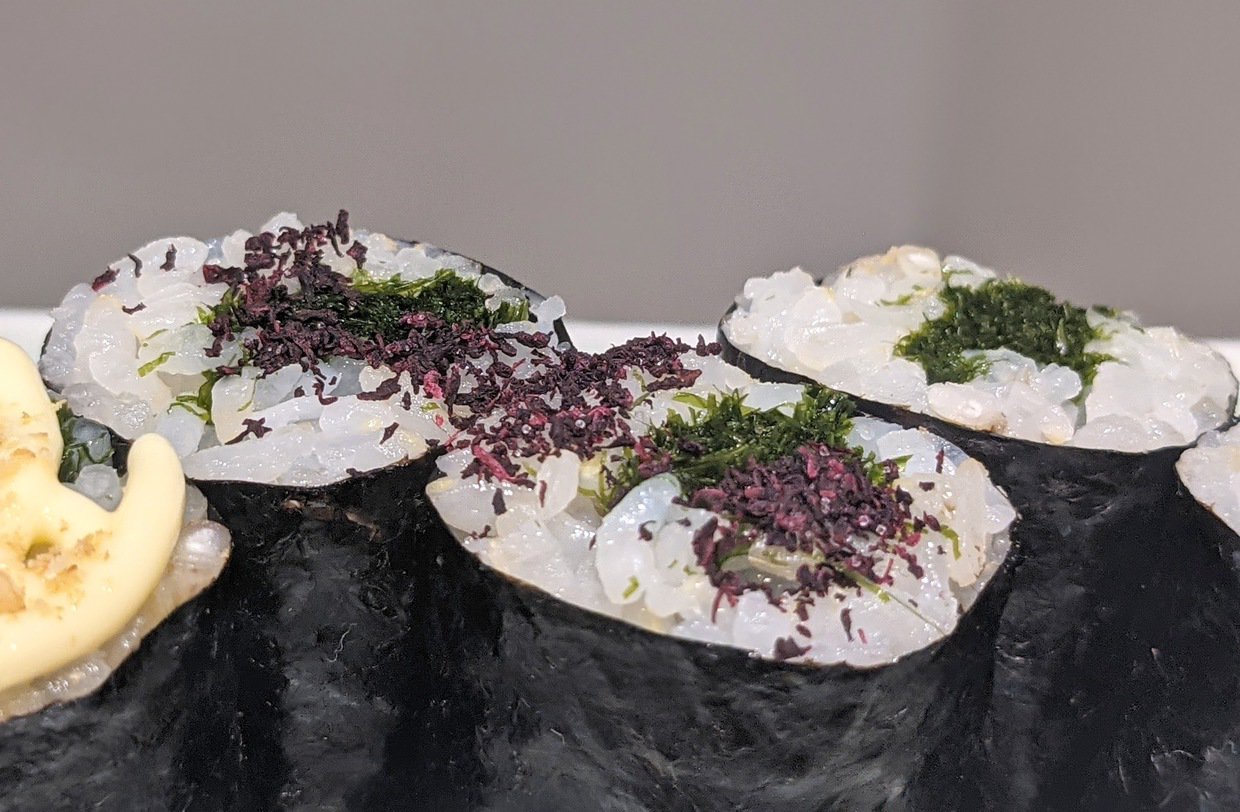
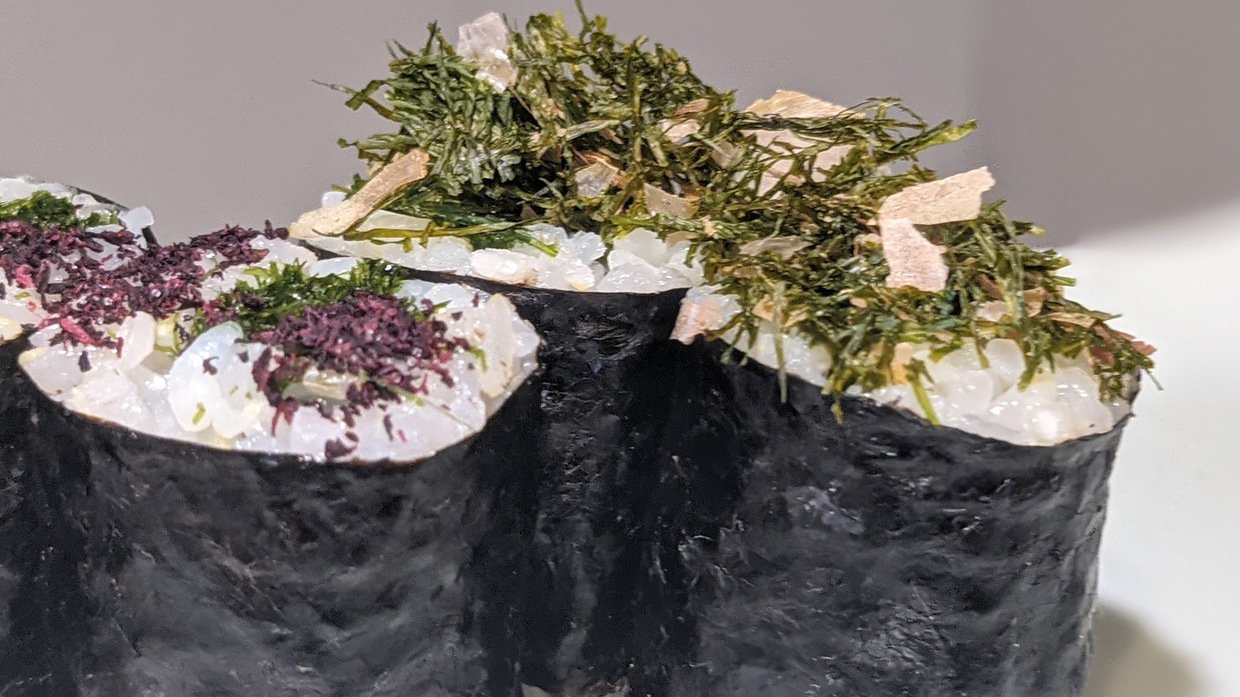

The ratio of Suji-Aonori to sushi rice in the photo could even be reversed.

Using plenty of Suji-Aonori with a bit of sushi rice might express an even more surprising taste.

Enhanced the ocean flavor with fresh oysters and Aonori.
It definitely complements the the lack in aroma for oysters.

Even with oyster butter, Aonori is essential to make it a truly satisfying dish.

When making Aonori salt potatoes with fried potatoes,
emphasizing the Suji texture intentionally brings out a strong Aonori aroma.
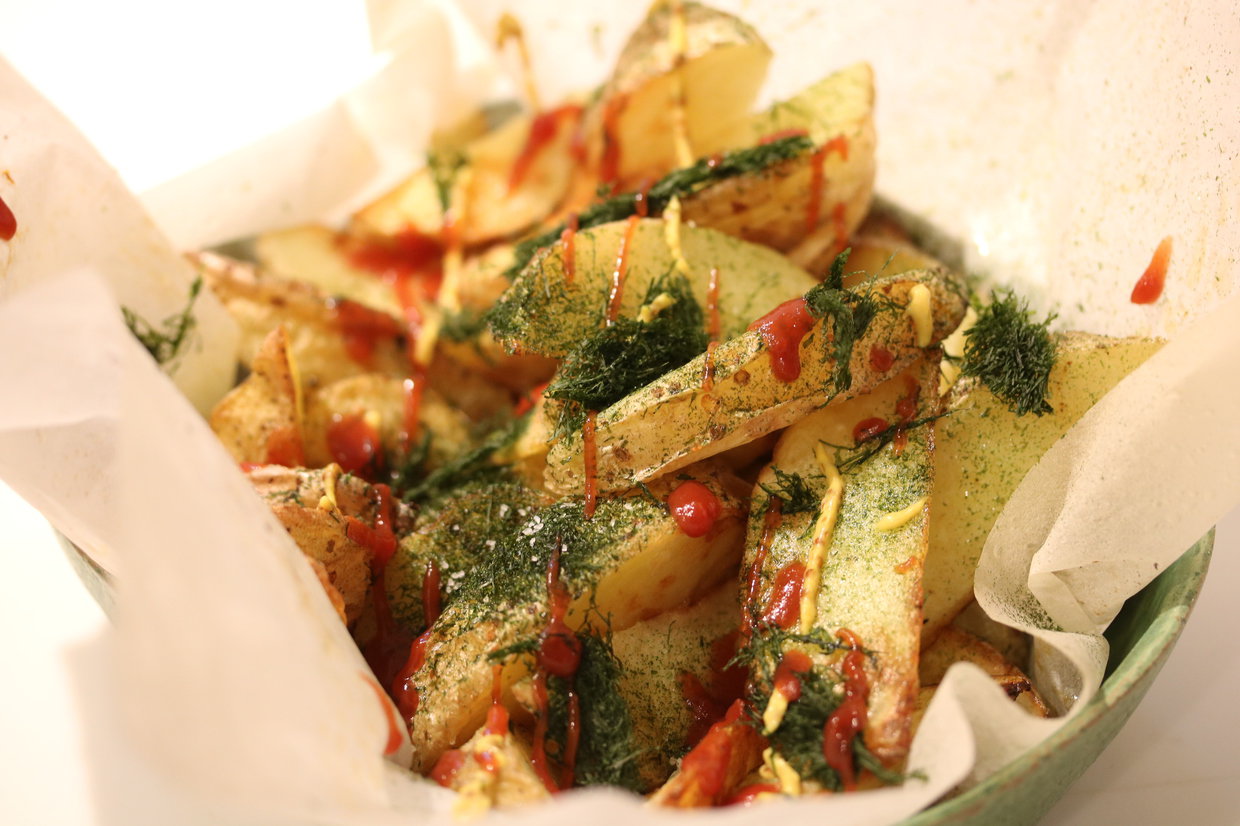

I tested out various patterns of sushi combinations with Kohada and Sea Vegetable Suji-Aonori
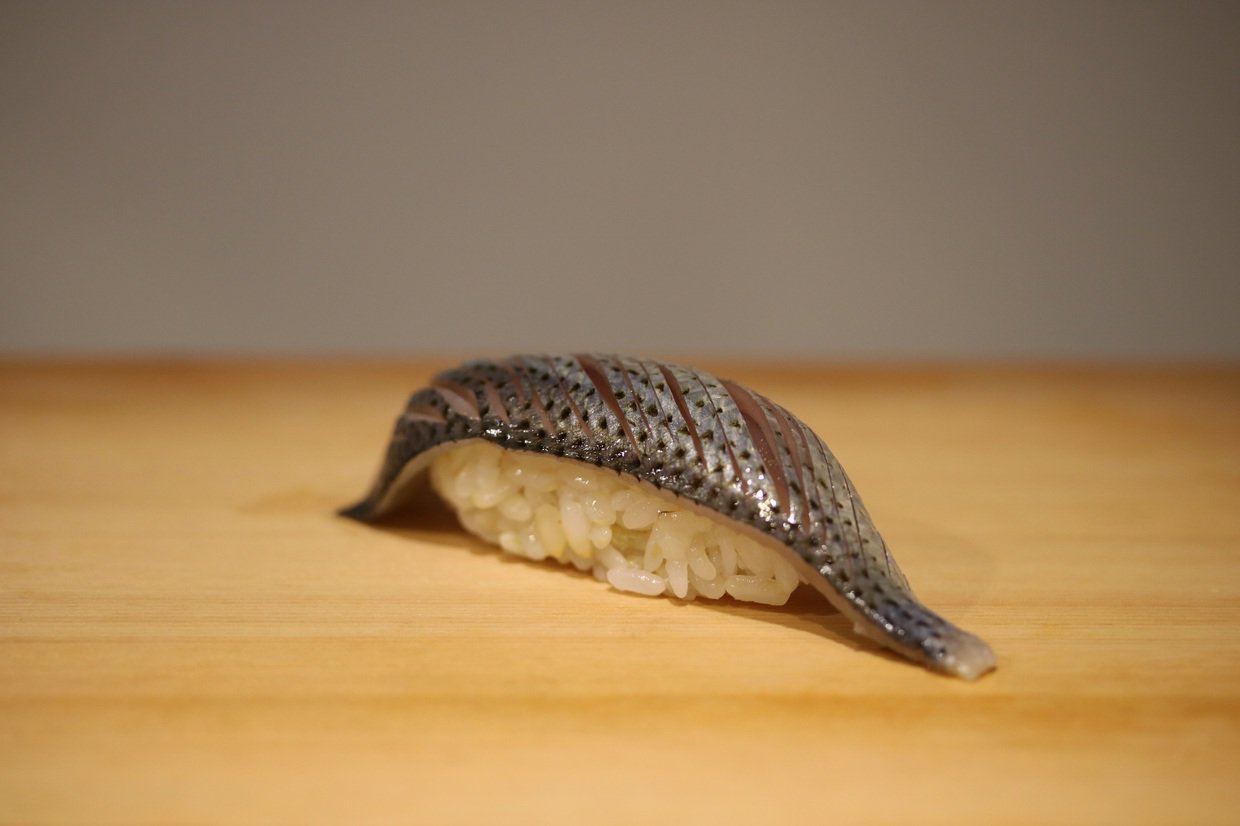
Vinegared Kohada sushi

・ Vinegared Kohada sushi with a sprinkle of Suji-Aonori
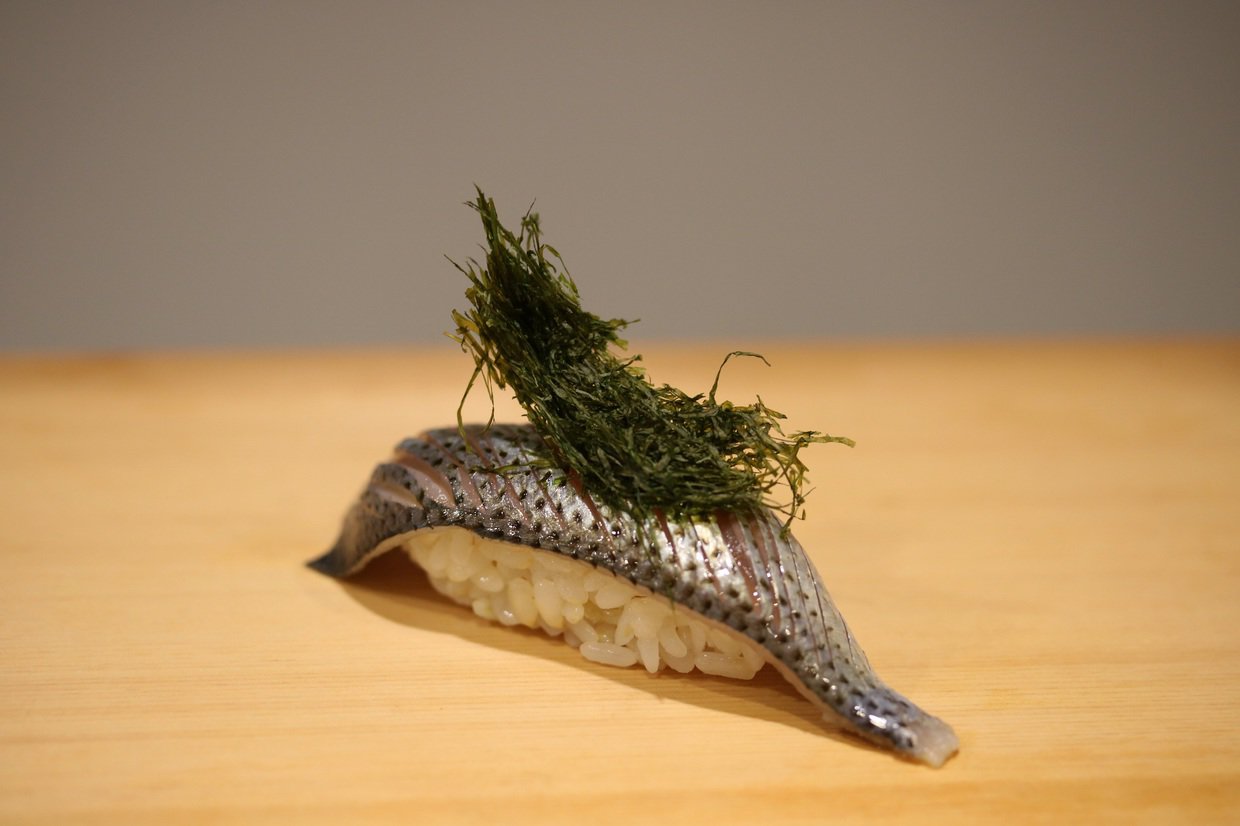
・Vinegared Kohada sushi with a generous amount of Suji-Aonori

Kohada sushi with Suji-Aonori sandwiched between vinegared rice
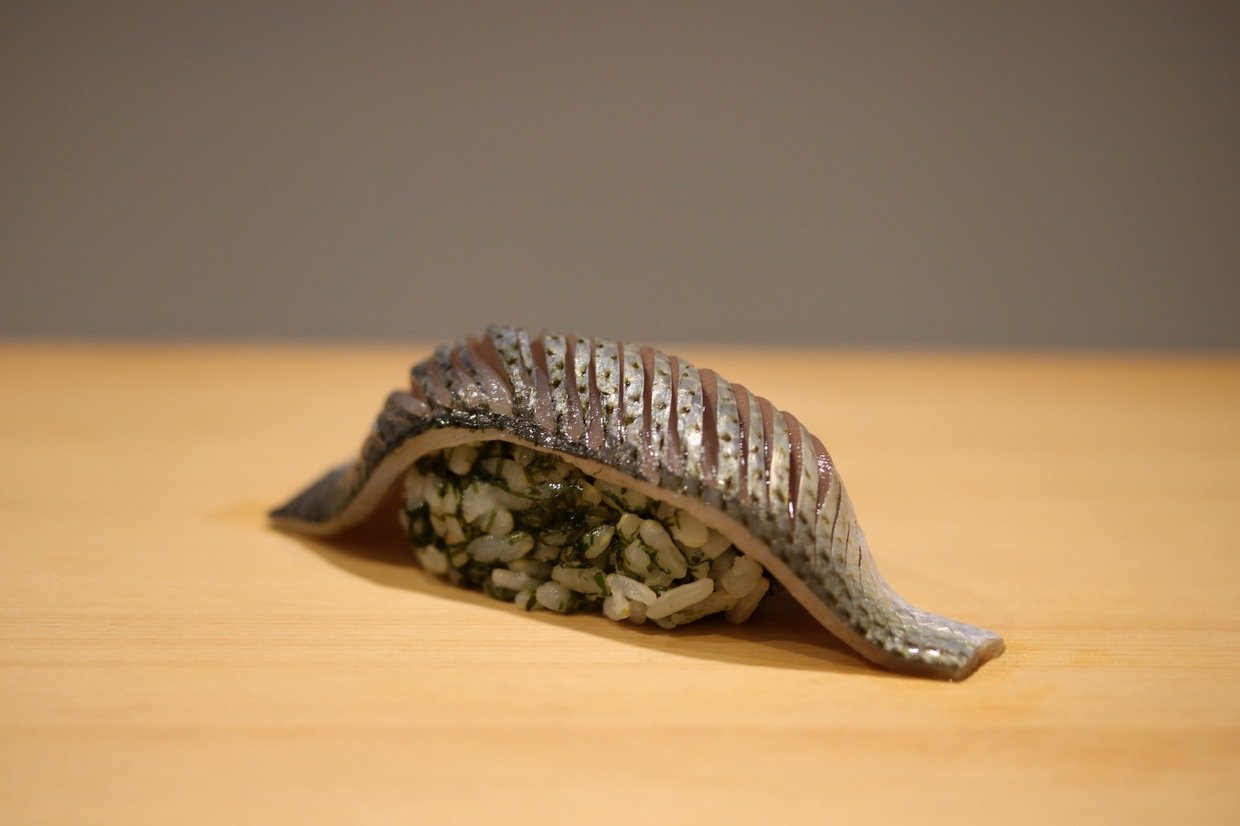
Sushi rice mixed with Suji-Aonori

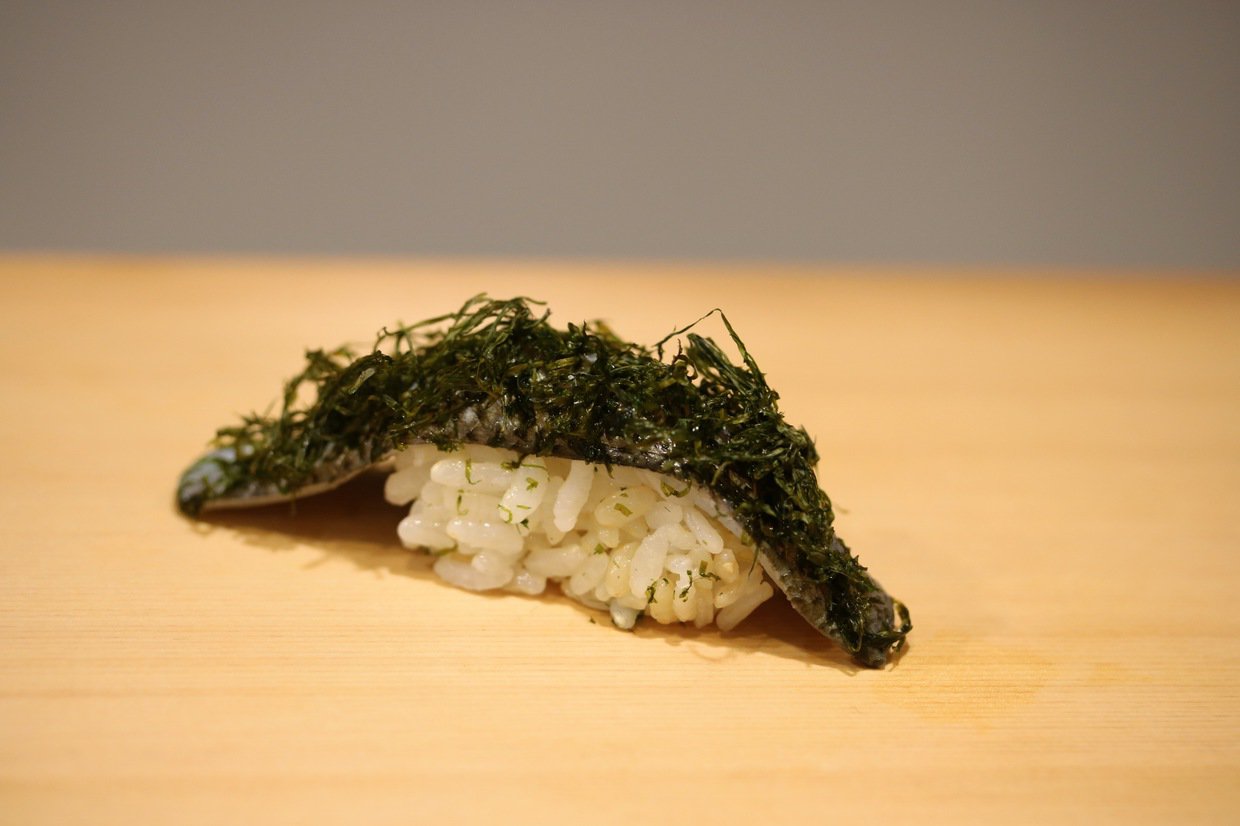
Suji-Aonori topped only on one side of Kohada sushi

Kohada and vinegared rice completely covered in Suji-Aonori
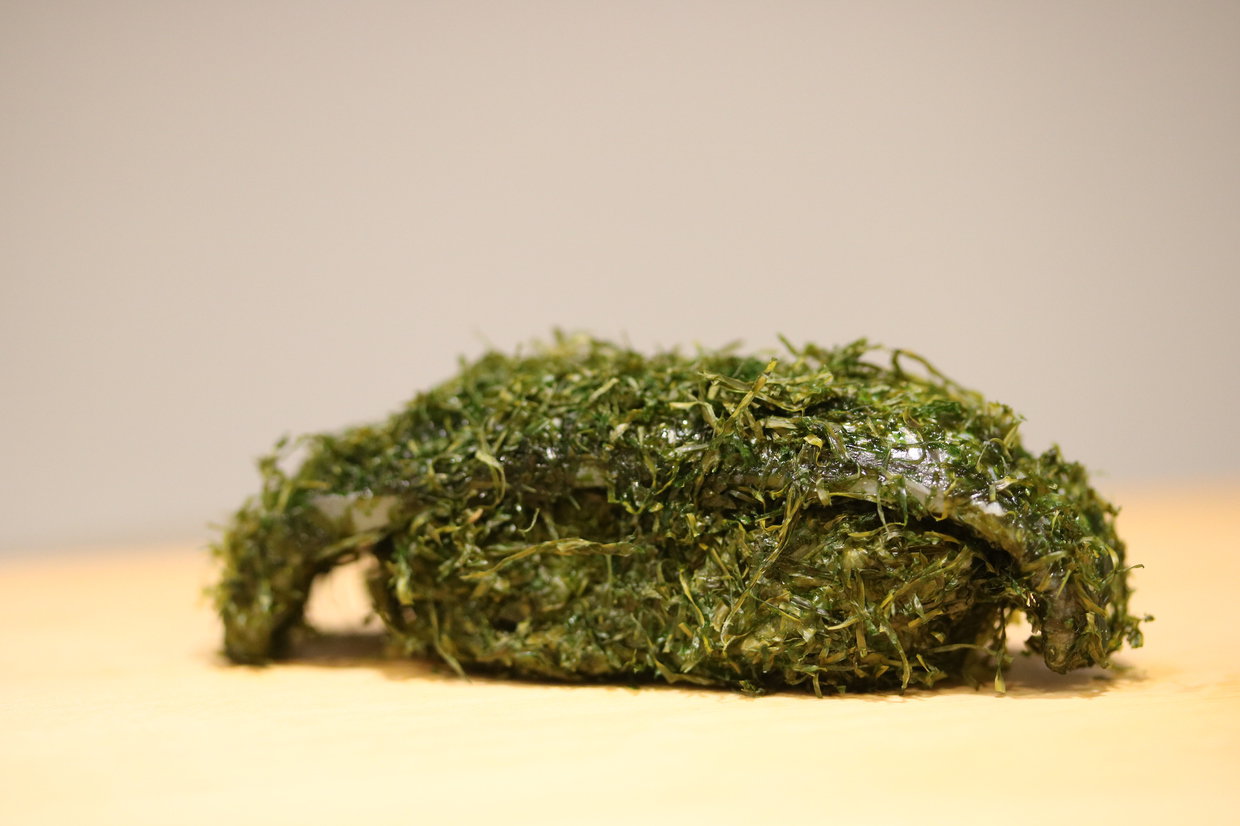
Not just the appearance, but the flavor and aroma reminds me of tea without bitterness.

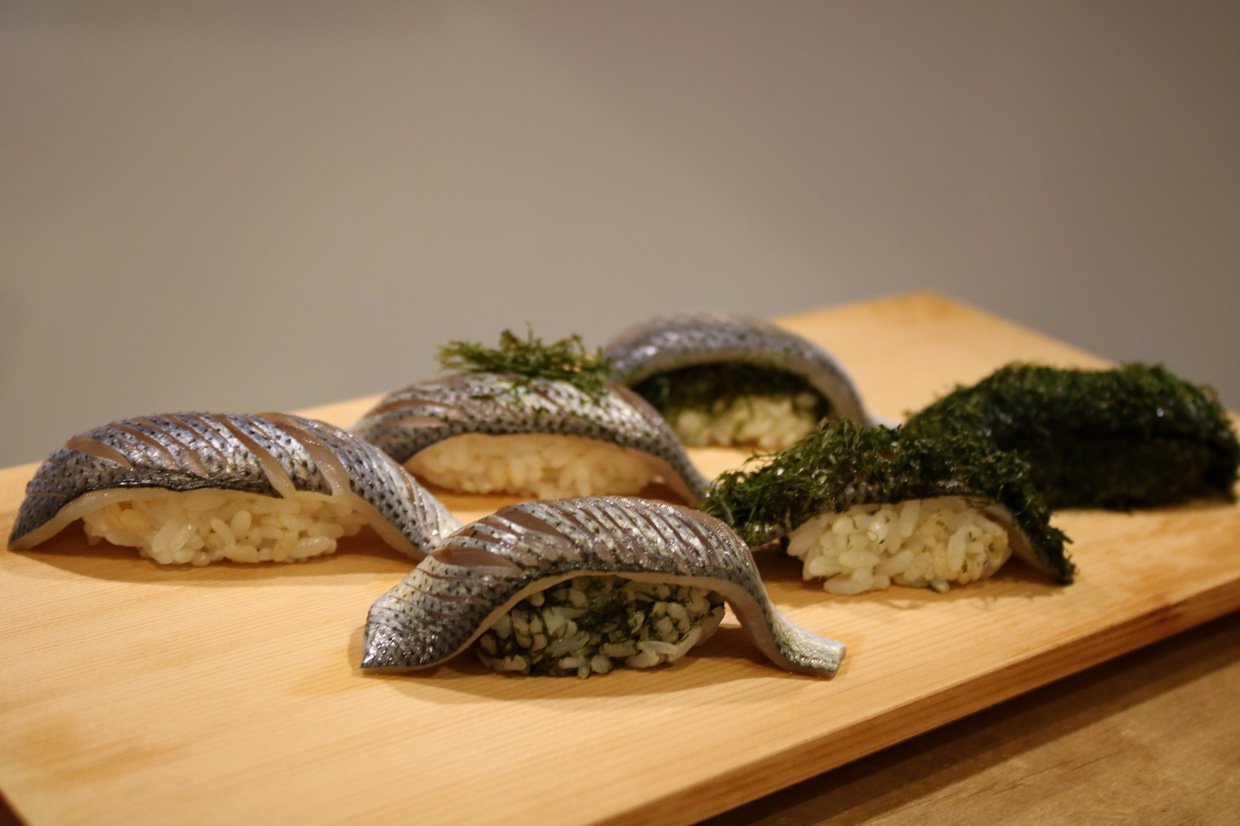
Each variation altered the perception of Suji-Aonori, highlighting its ability to complement different sushi toppings. This experimentation with Suji-Aonori leaves me eager to explore its use with various fish in future sushi creations.
Kohada, known for its lean and refreshing profile this season, paired exceptionally well with lighter vinegar and salt seasonings, delicately enhancing its natural flavor with a hint of Suji-Aonori aroma.
However, fully enveloping Kohada in Suji-Aonori also brought forth a distinct personality that harmonized beautifully with its taste profile.
For those unfamiliar, Aonori broadly categorizes into Suji-Aonori, Aosa, and Hitoegusa, each offering distinct aromas, flavors, umami, and color. However, for these culinary endeavors, Suji-Aonori from SeaVege stands out as indispensable.
Explore more about Suji-Aonori and its culinary possibilities at Sea Vegetable Official website.

Suji-Aonori Chijimi (Korean Pancake)
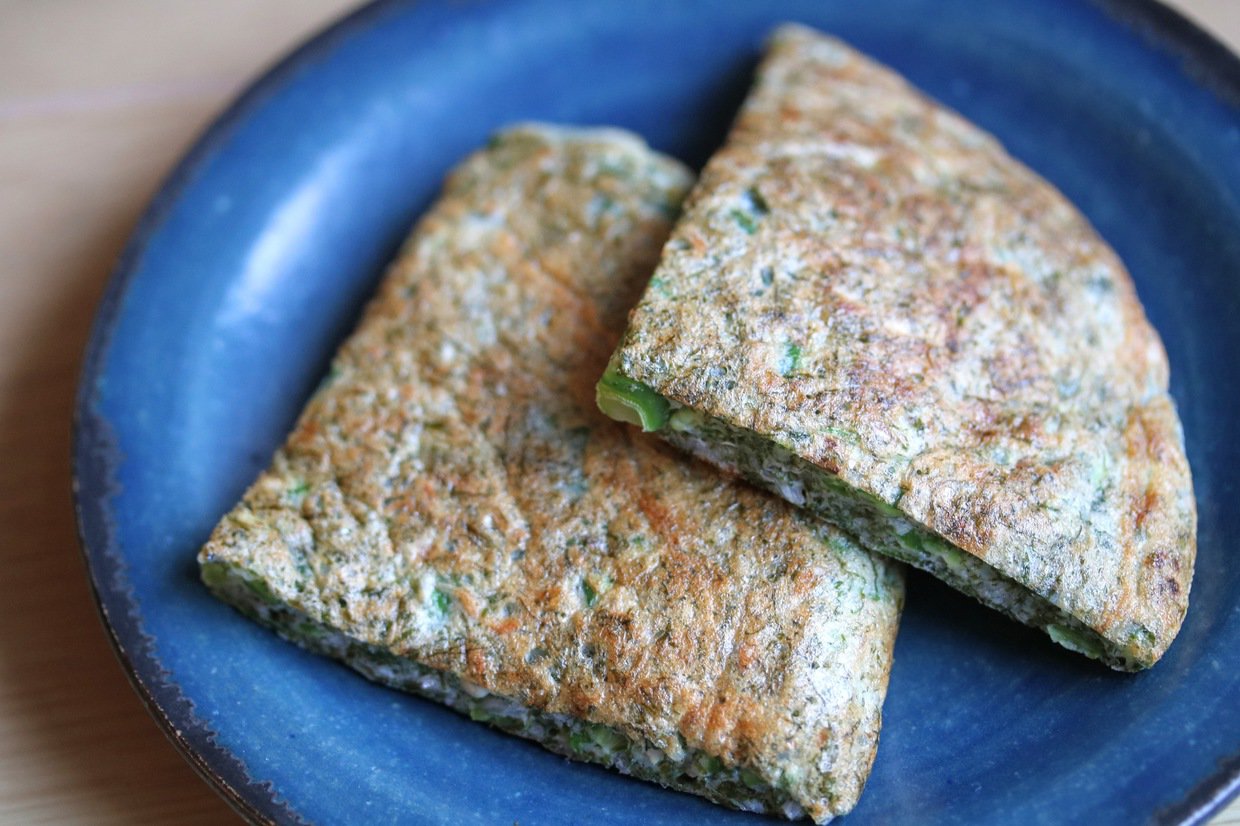
Suji-Aonori complements both dried and salted variations perfectly in dishes like pancakes. Its adaptable nature allows it to harmonize effortlessly with any seasoning.
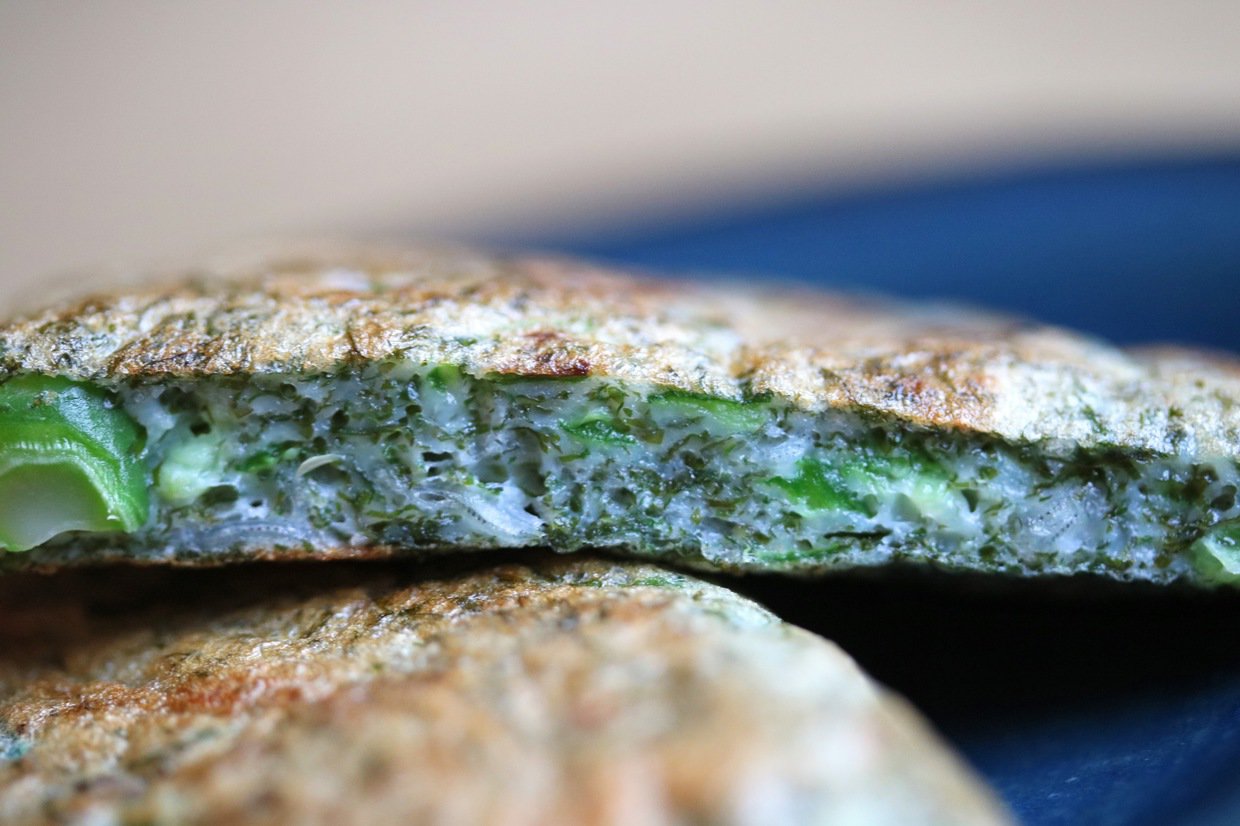
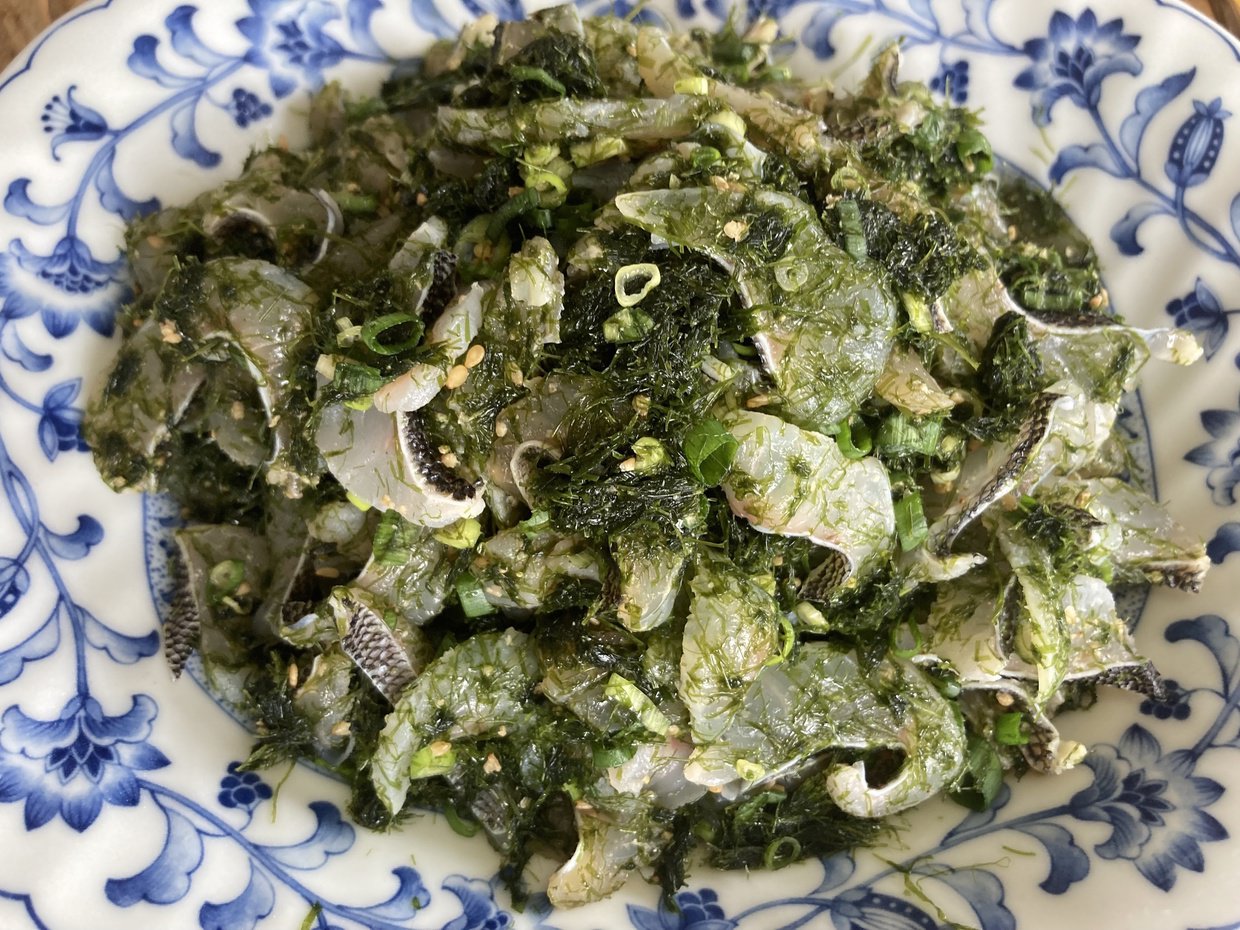
Marinated Black Rockfish with Suji-Aonori
I experimented with blanched black rockfish, mixing it with salted Suji-Aonori, asatsuki (Japanese chive), and sesame.
The dish's flavor profile can be adjusted with soy sauce, miso, or a touch of acidity, where salted Suji-Aonori truly shines in adding depth and richness.
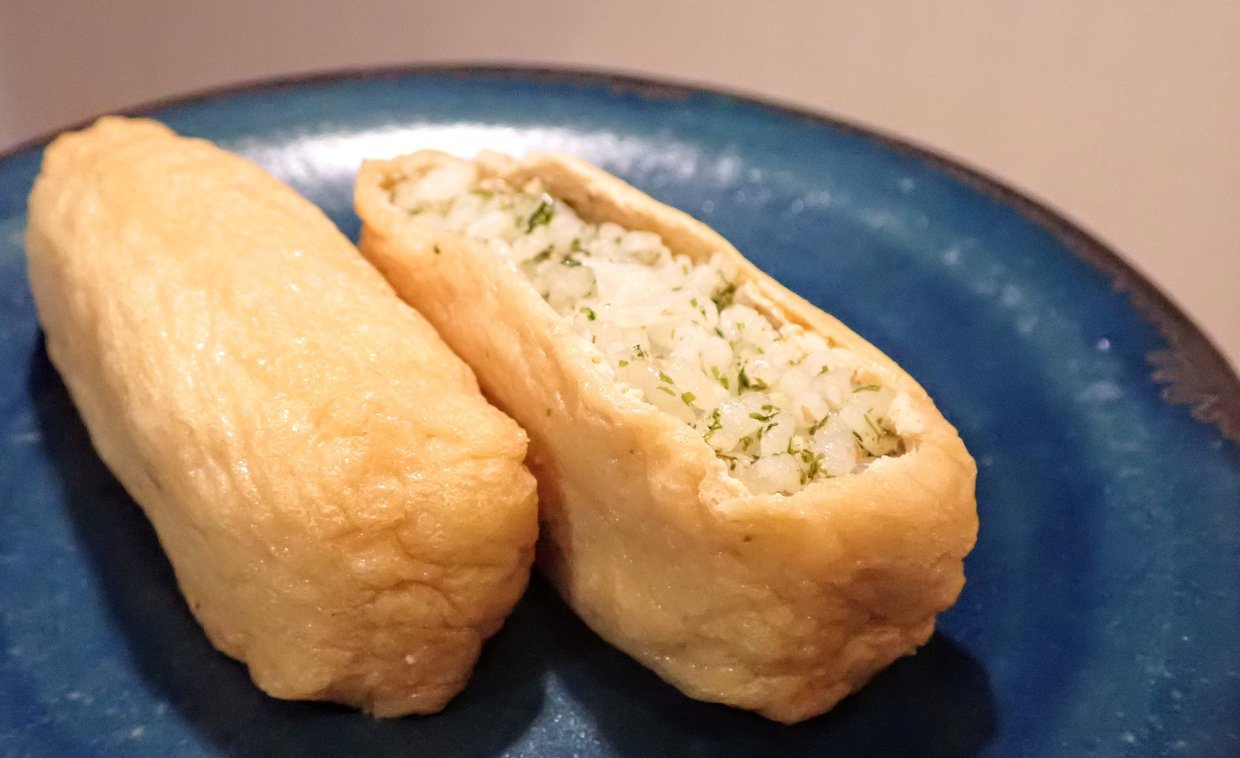
Suji-Aonori Inari Sushi
Suji-Aonori pairs beautifully with Inari sushi, adding not just flavor but also vibrant color. Consider adding more dried Suji-Aonori for an extra impactful presentation.

Suji-Aonori Agar
Resembling the traditional Japanese dish "Chisuji-kan," Suji-Aonori agar encapsulates the essence of summer with its refreshing, smooth texture. Whether enjoyed sweetened as dessert or tangy as an appetizer, it's sure to be a hit during hot weather.

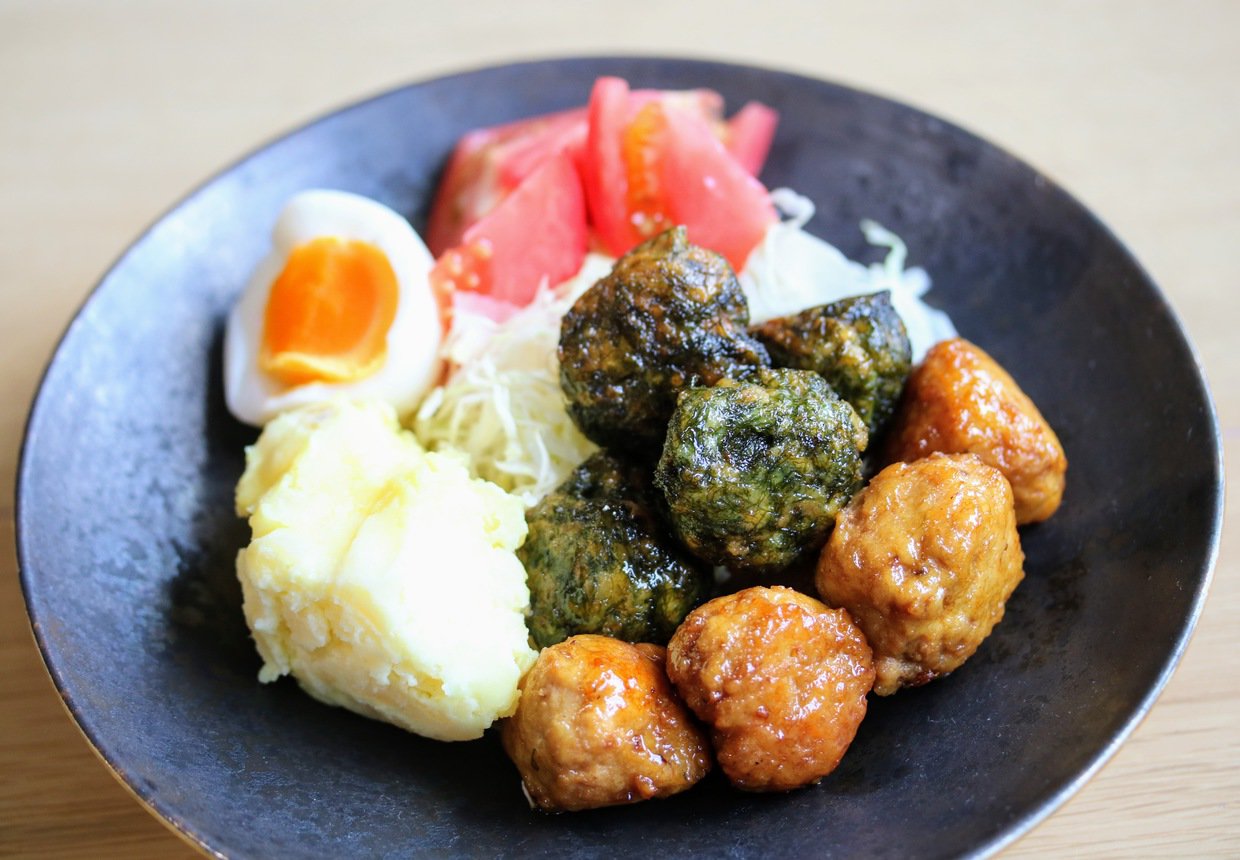
Suji-Aonori Chicken Meatballs
For chicken meatballs, incorporating chopped salted Suji-Aonori alongside regular ones adds a delightful twist to the meal, often making it more enjoyable than the main dish itself.

I believe it's more delicious than the ordinary Tsukune meatballs ^^
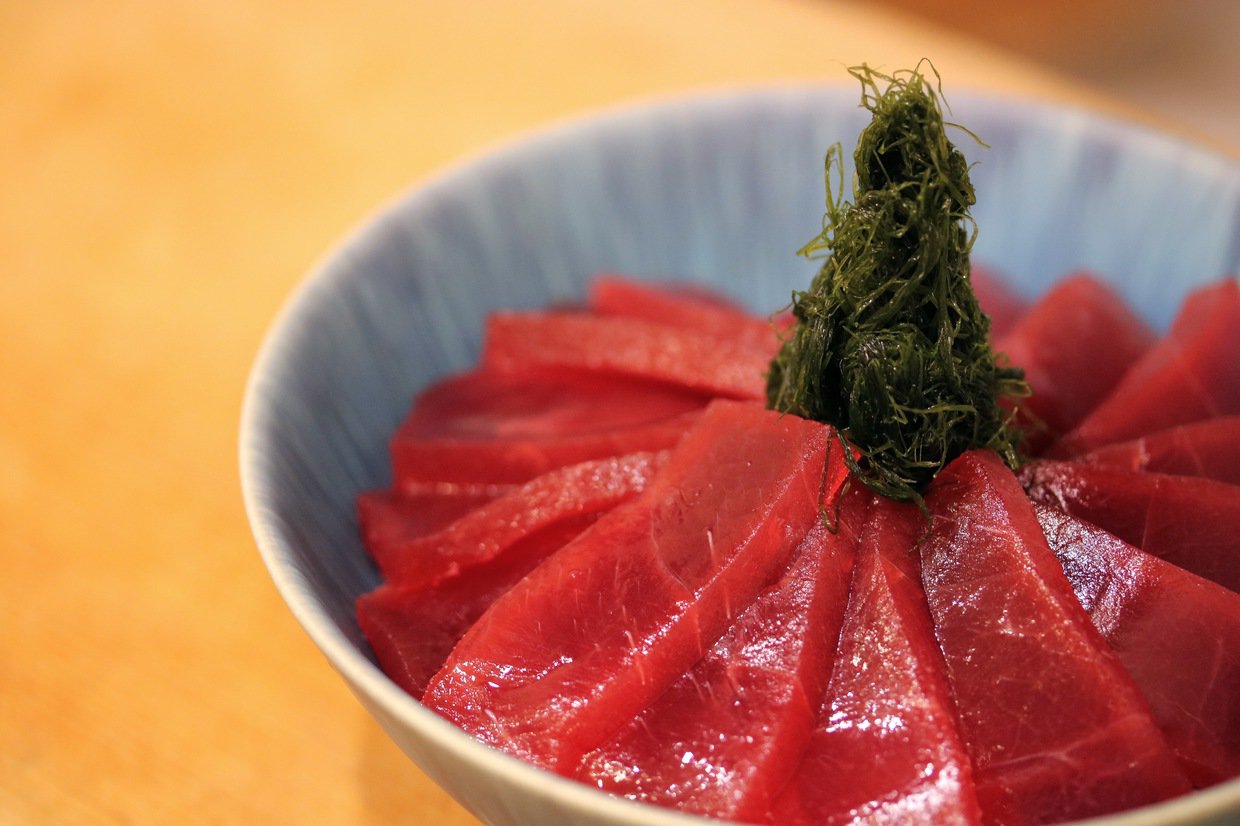
Suji-Aonori Tuna Bowl
I think we can totally make it a thing for salted Suji-Aonori to smoothly fit into the sushi scene dominated by seaweed, especially wakame. It's not impossible to establish this cultural shift. But if we want to move away from always relying on wakame, we've got to come up with new ideas that wakame just can't replace.
Having wakame around is cool , but the best scenario is to get more and more types of seaweed into the mix, treating them like veggies in how we plate and use them in cooking.

The photo shows a very good example of tuna bowl with vinegar rice mixed with Suji-Aonori.


Suji-Aonori matches perfectly well here

By the way, mixing Japanese mustard with Suji-Aonori is amazingly delicious!


【Hirasuzuki fish Sauté with Seaweed Sauce】
First, I carefully make cuts at all the joints of the Hirasuzuki fish bones and slowly extract a rich broth from them. I crisp up the skin of the Hirasuzuki to perfection, while gently cooking the flesh until it's tender. Then, I top it off with Fleurs de Sarazan's special seaweed butter, melting it over the fish. The vibrant green of Suji-Aonori and the red of Tosakanori makes a beautiful contrast.
Enhanced with the aroma of seaweed and butter, this dish envelops the Hirasuzuki in even more savory goodness. I add the broth extracted from the Hirasuzuki bones back into the pan, retaining its delicious flavors. Then, I incorporate raisins and Suji-Aonori to layer on more complexity. Serving it with Tosakanori completes the dish.
As Tosakanori warms up, it transforms into a delicate gelatin, blending perfectly with the sauce. Together, they bring forth a new world of seaweed flavors.
For more details, check out the blog post from Vinegar Rice Shop: Hirasuzuki fish Dish
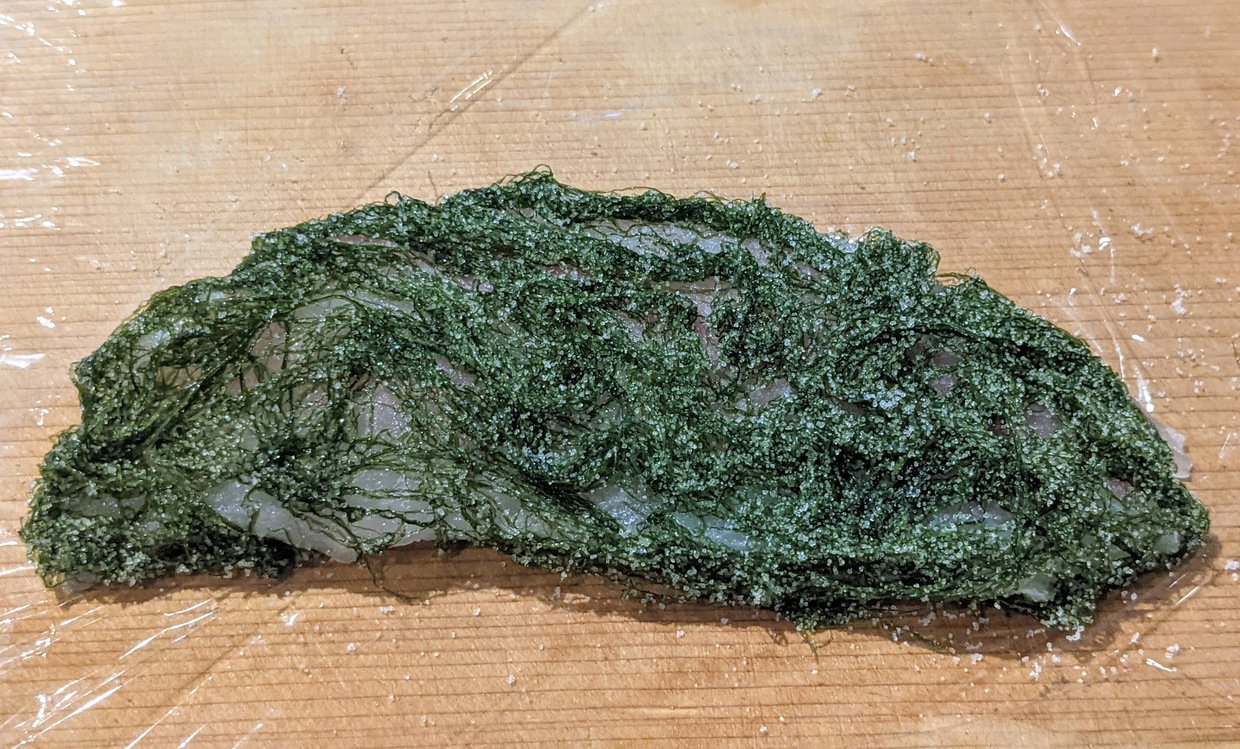
【Mojime: A New Technique in Japanese Cuisine】
Introducing a new culinary technique in the world of Japanese cuisine—Mojime
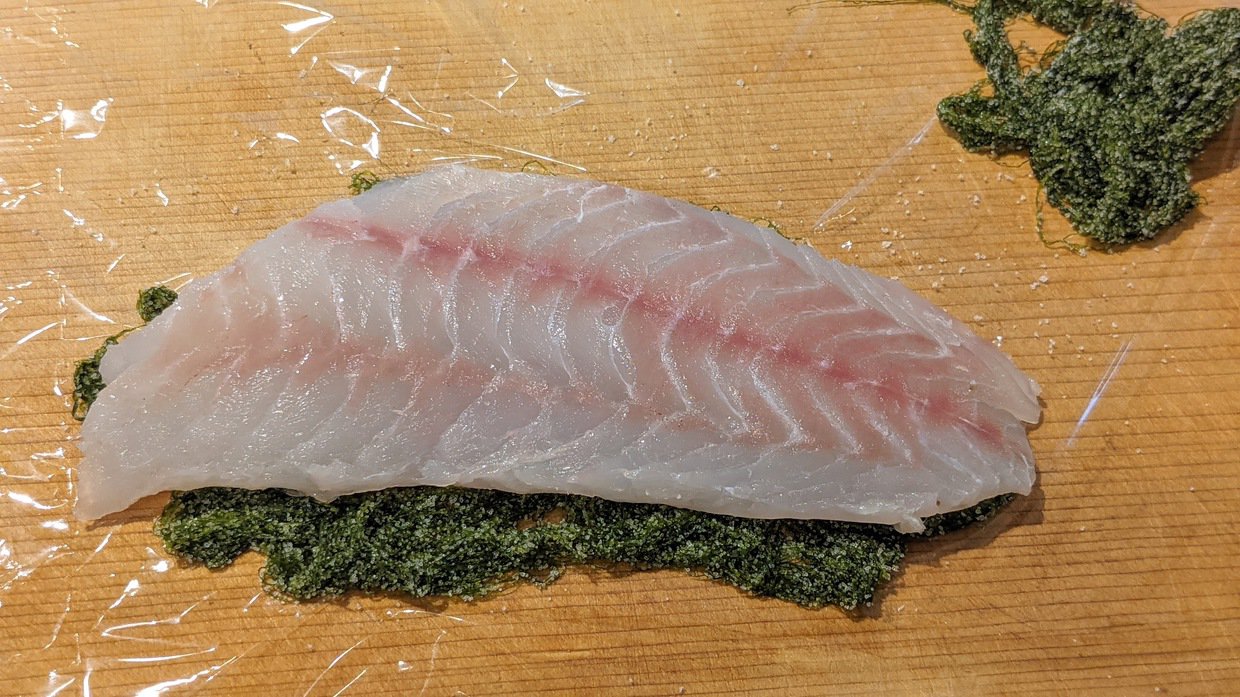
similar to kombu-zuke, the process involves extracting moisture from the ingredient while tightening its texture, simultaneously imparting the savory essence of seaweed to deepen its original flavor.
This method also helps preserve perishable ingredients for several days.
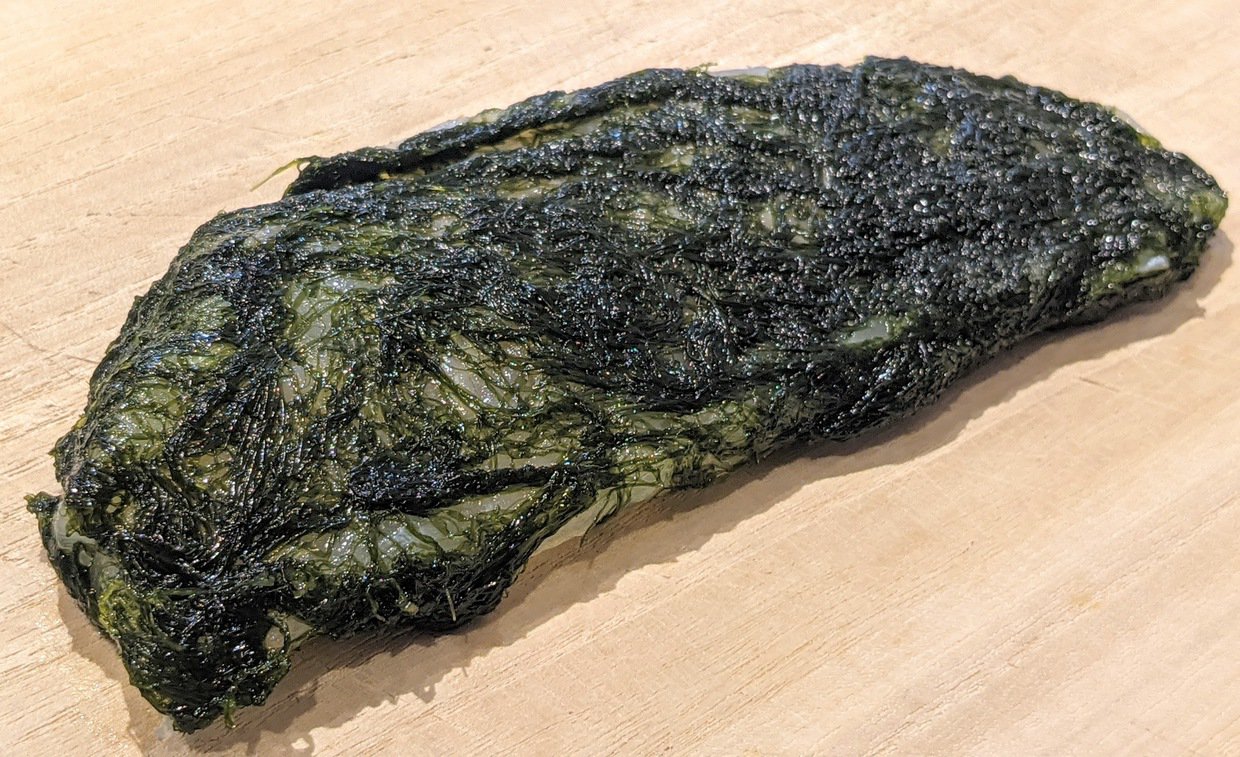
In the second and third images, I demonstrate a technique where I wrap salted Suji-Aonori around Akahata fish and tighten it within a few minutes.
The concentration of salt in salted Suji-Aonori varies with each wash in fresh water—requiring skilled craftsmanship to adjust both the salinity and tightening time.
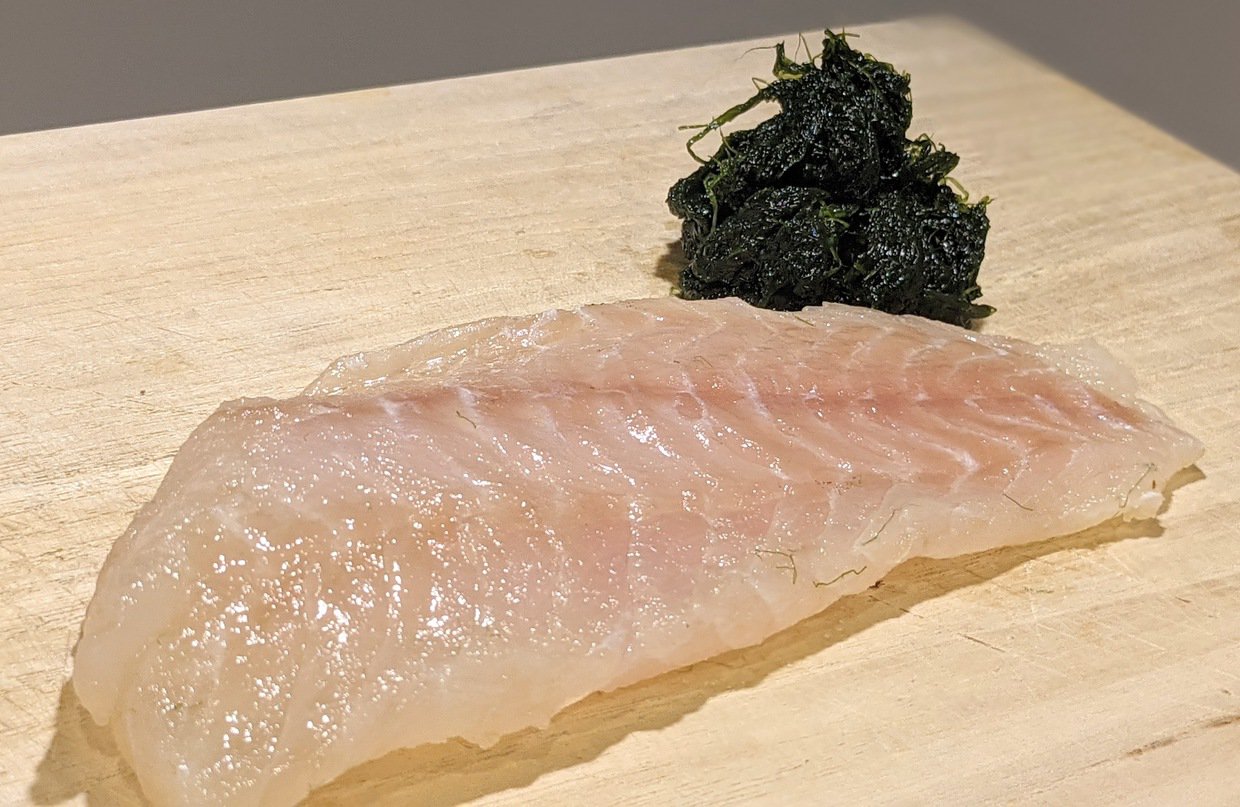
Adjusting salt levels dictates how quickly the texture firms and the intensity of saltiness. By using lower salt concentrations and allowing for half-day or more, you achieve a delicate balance of saltiness, tender texture, and the rich umami and aroma of Suji-Aonori.
This technique proves effective not only with meat but also with vegetables.

Furthermore, Suji-Aonori can be reused after its initial use, washed again for sashimi garnishing or other cooking purposes.
For more insights, visit the Mojime blog: Sumeshiya Blog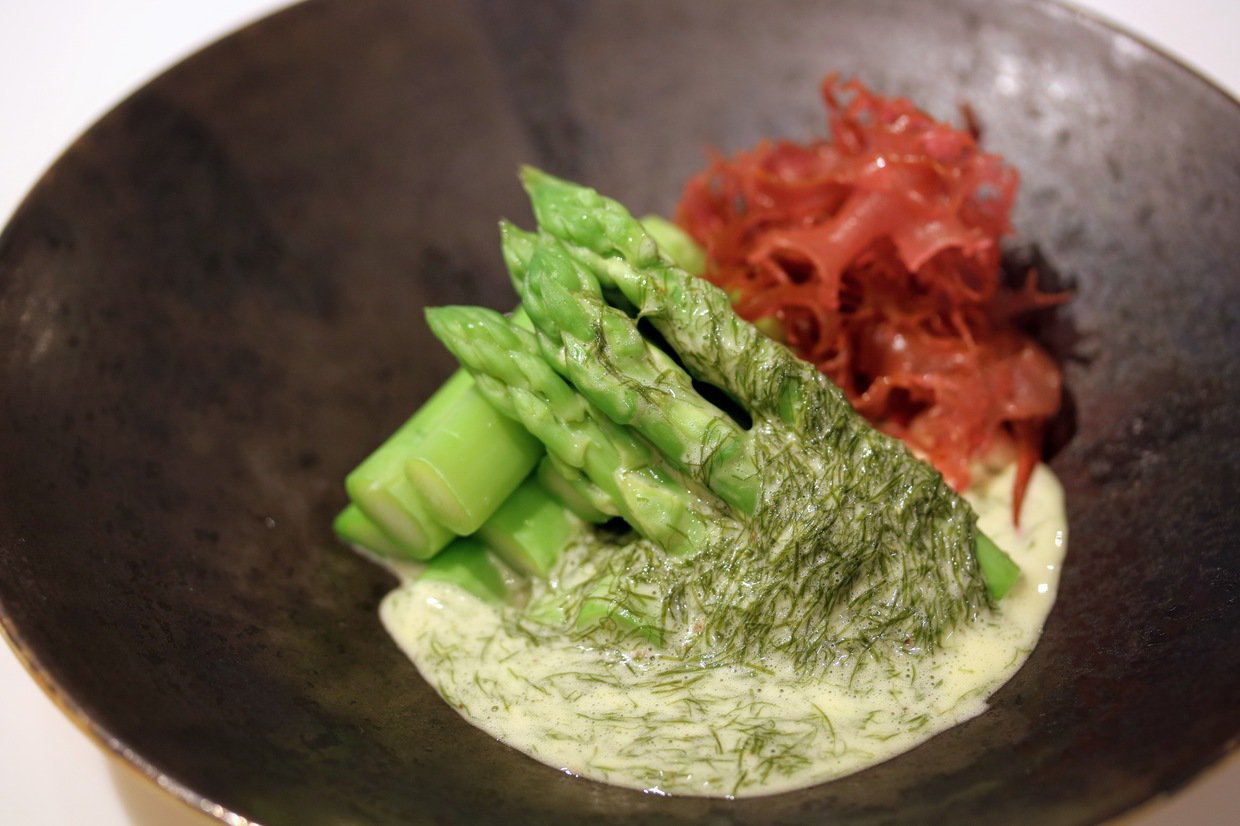
Enjoying Boiled Asparagus with Suji-Aonori Hollandaise Sauce
by Cuisine française OKADA
For more details, visit the Sushiya blog here.
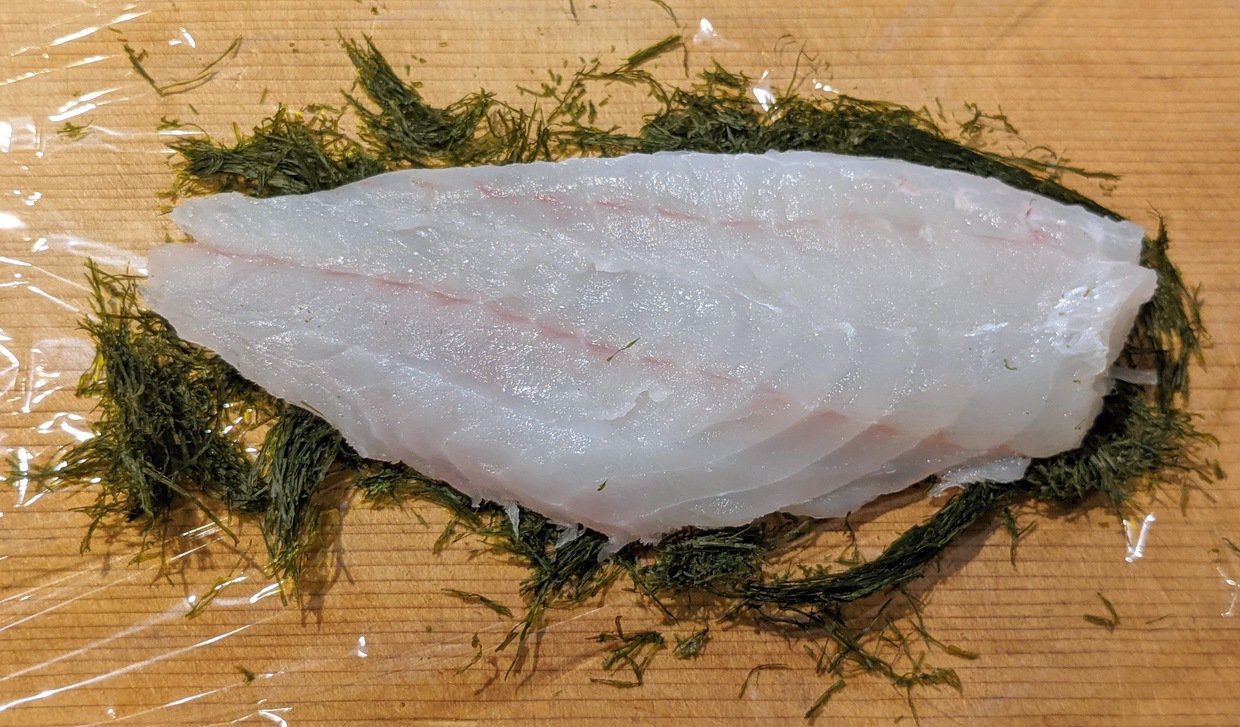
Following the introduction of "Mojime" using salted Suji-Aonori, we present a new Japanese culinary technique called "Mogise" using dried Suji-Aonori.
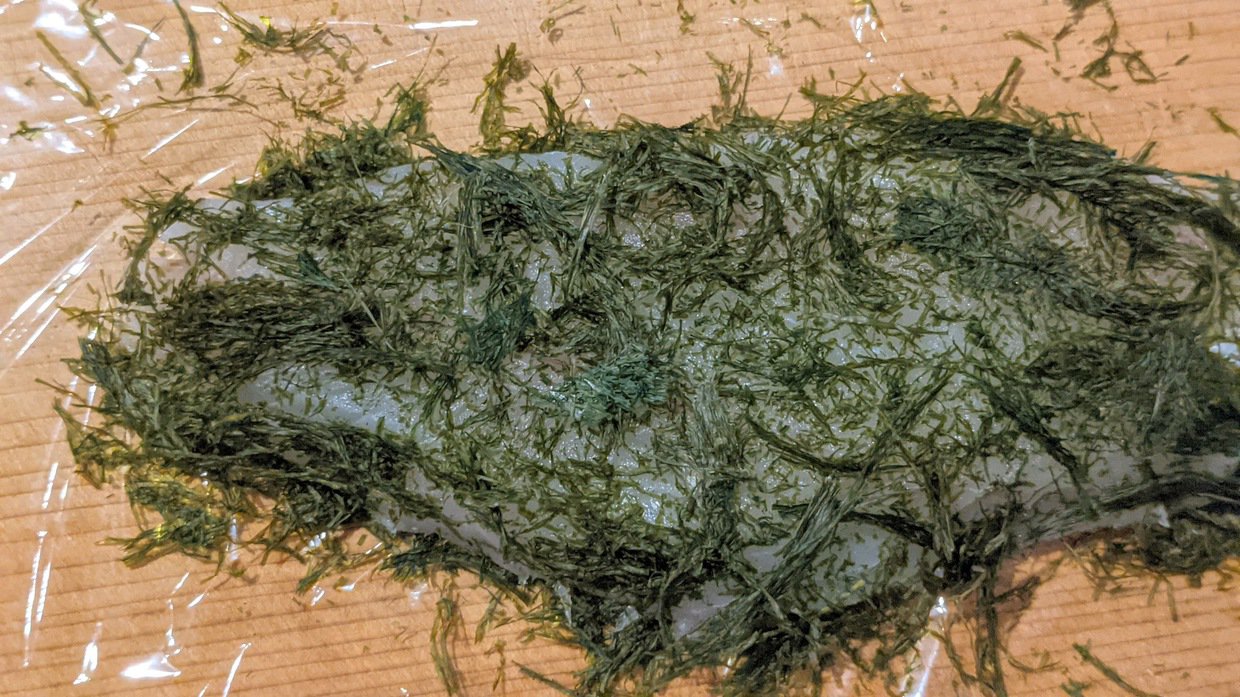
This method is reccomended for muscular fish rather than fishes with excessive moistures.

Suji-Aonori enhances the fish's umami while absorbing its essence, resulting in a delicately flavorful sashimi.

Suji-Aonori is visually appealing in liquids,
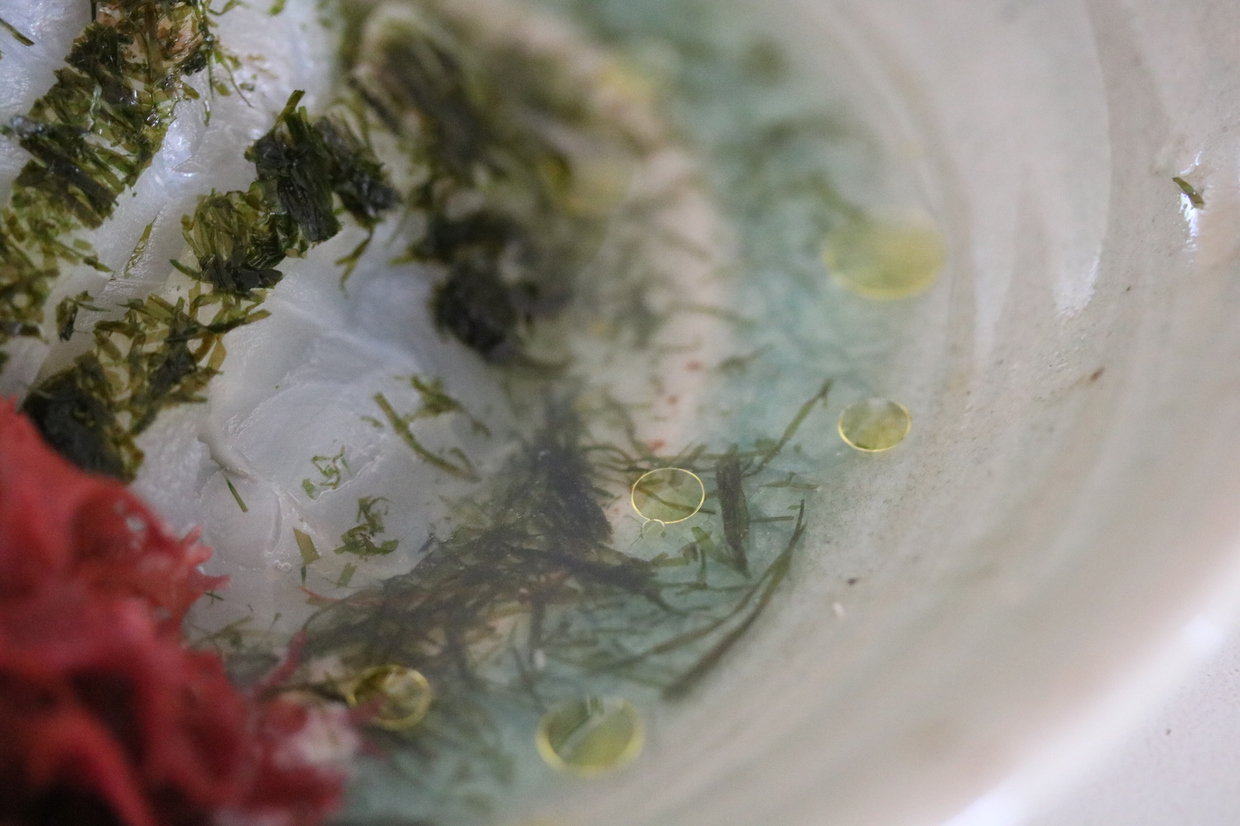
making them ideal for light broths or oils for presentation.
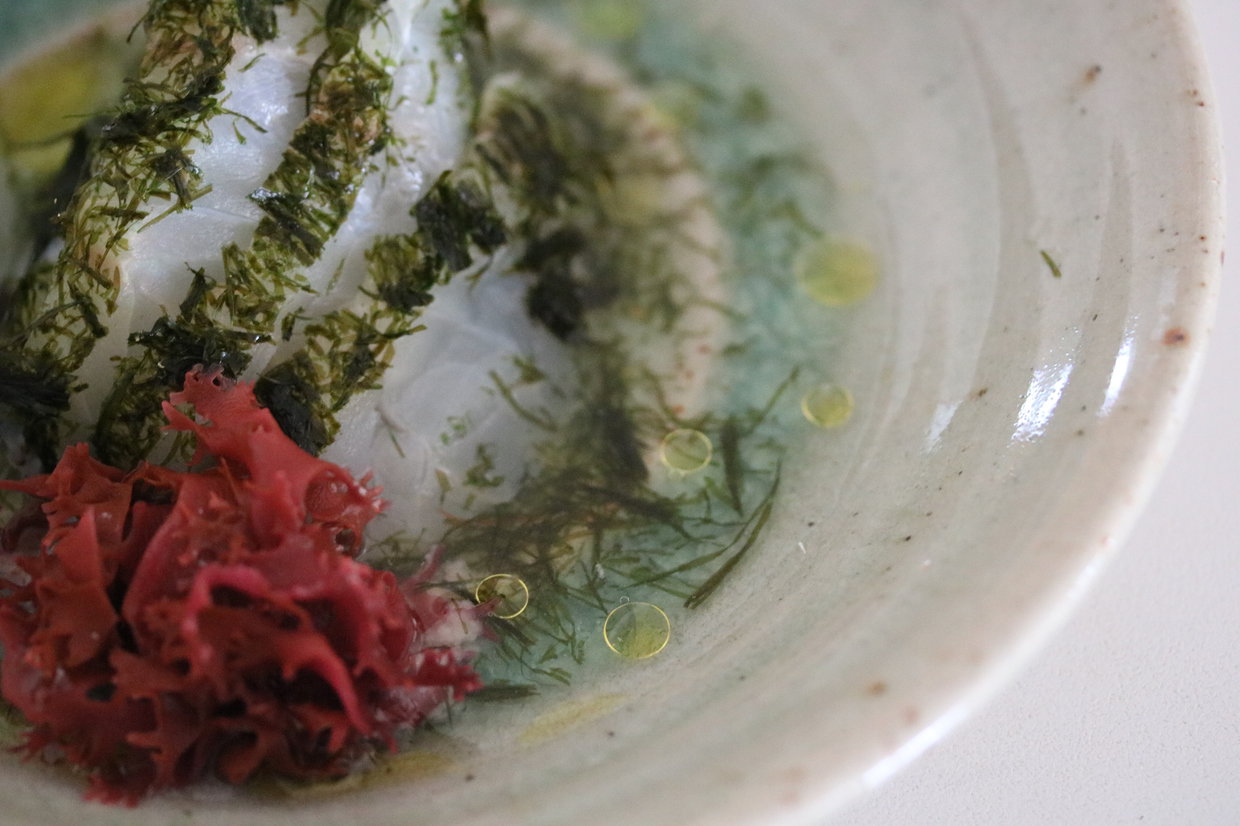

Dish served in the vessel: by Takashi Suzuki

Salmon and Cheese, Potato and Onion Oven Bake
Gratins and doria benefit greatly from dried Suji-Aonori. Just sprinkle lightly over home-cooked dishes and it's ready to be served!
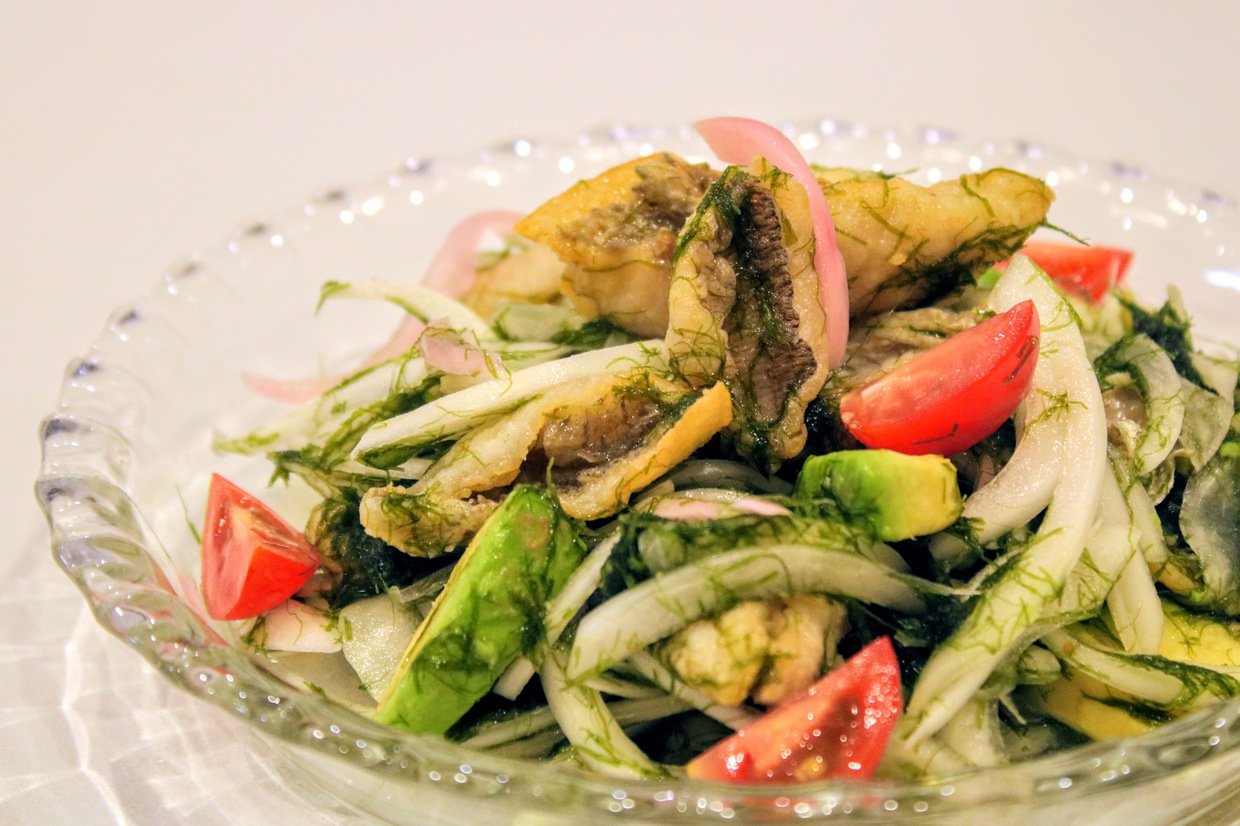
Aonori Nanban
Mix chopped salted Suji-Aonori into nanban marinade before marinating vegetables or fried ingredients

Particularly delicious with nanban marinade flavors mingling with onions and Aonori.
By the way, the fish fried here is the seaweed predator ; Aigo fish ^^;
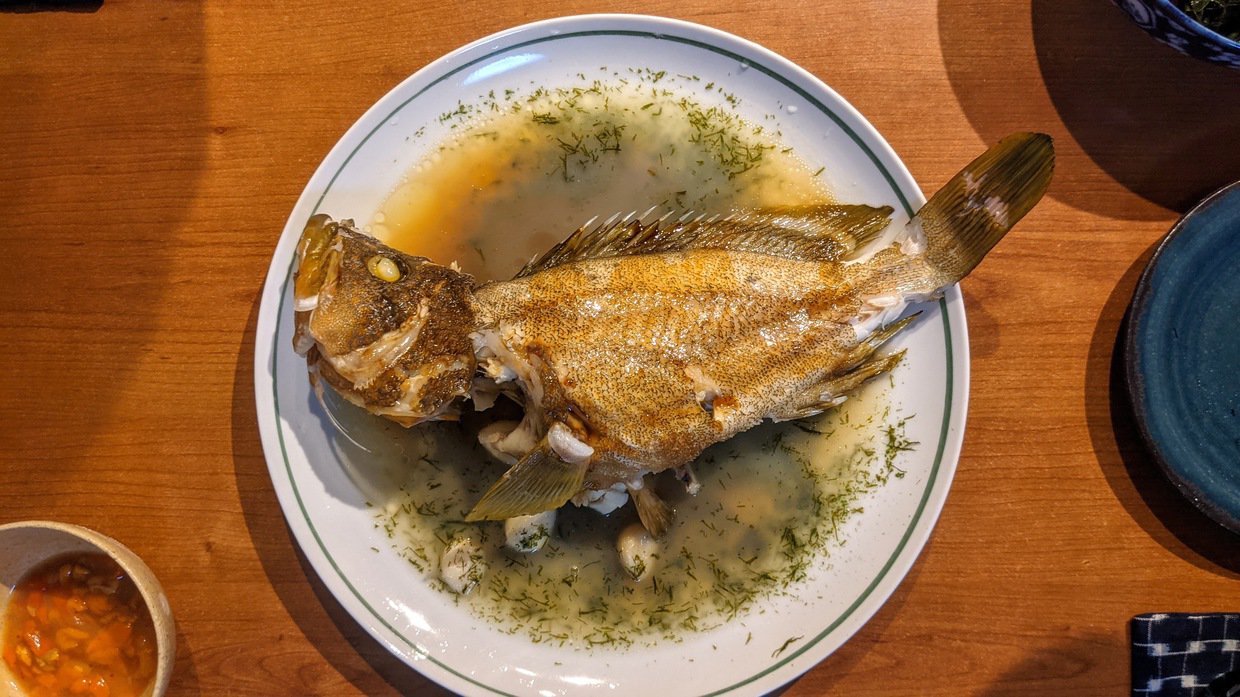
Aonori-scented Steamed Fish (Kijihata)
Enhance Chinese-style steamed fish with dried Suji-Aonori scattered into the broth .
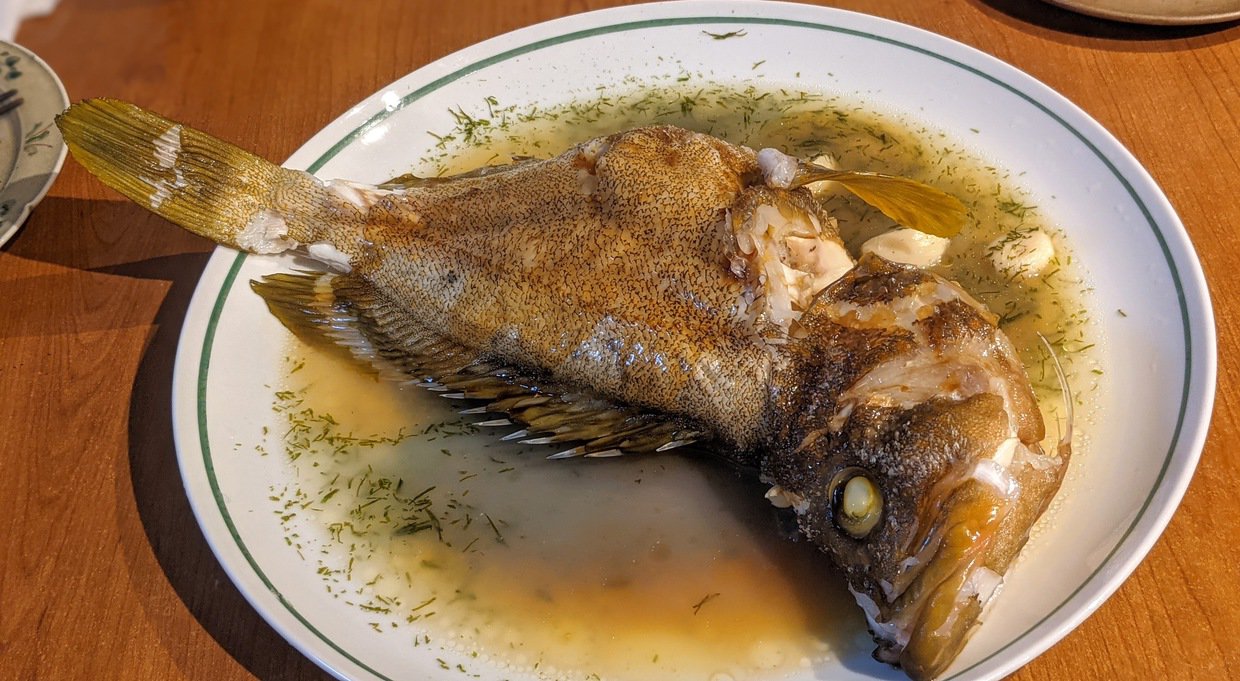
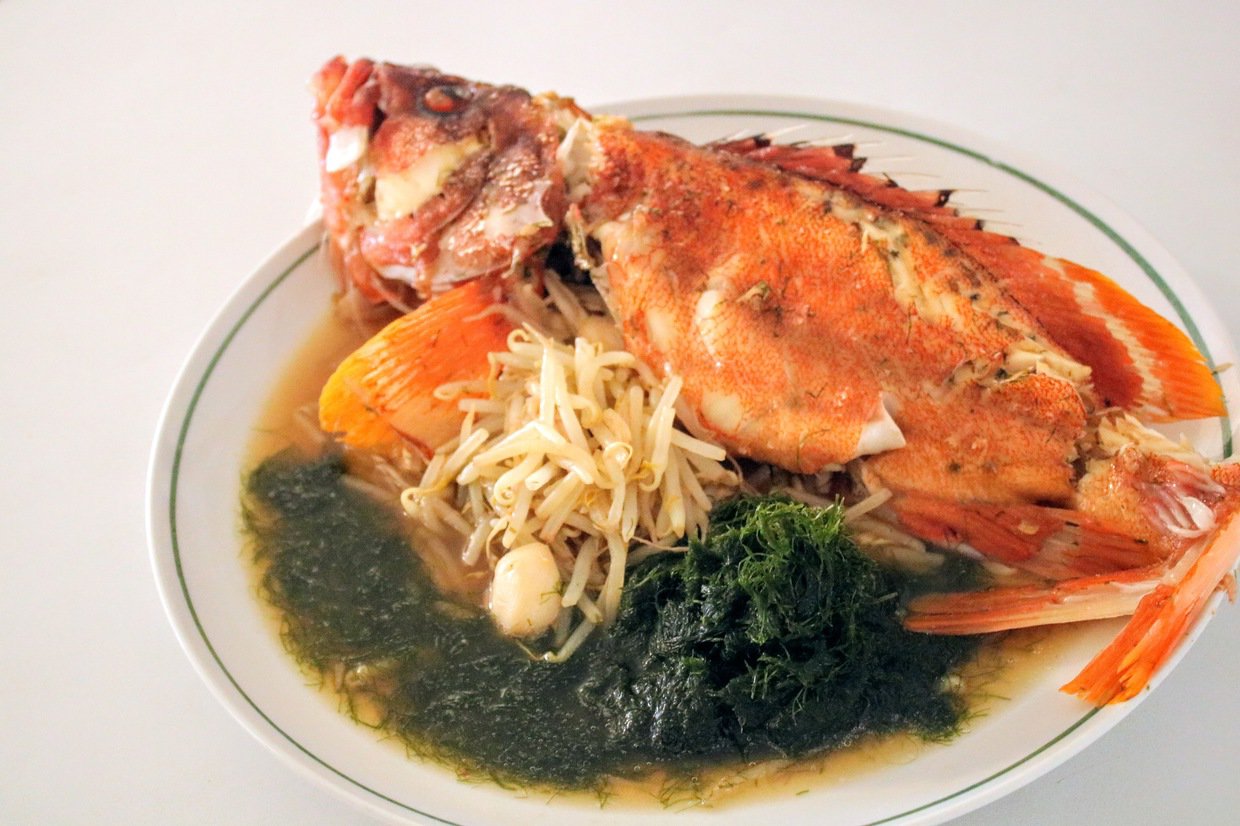
Chop salted Suji-Aonori and generously garnish like accompanying vegetables!
The fish used in this dish is Akahata (Red snapper)
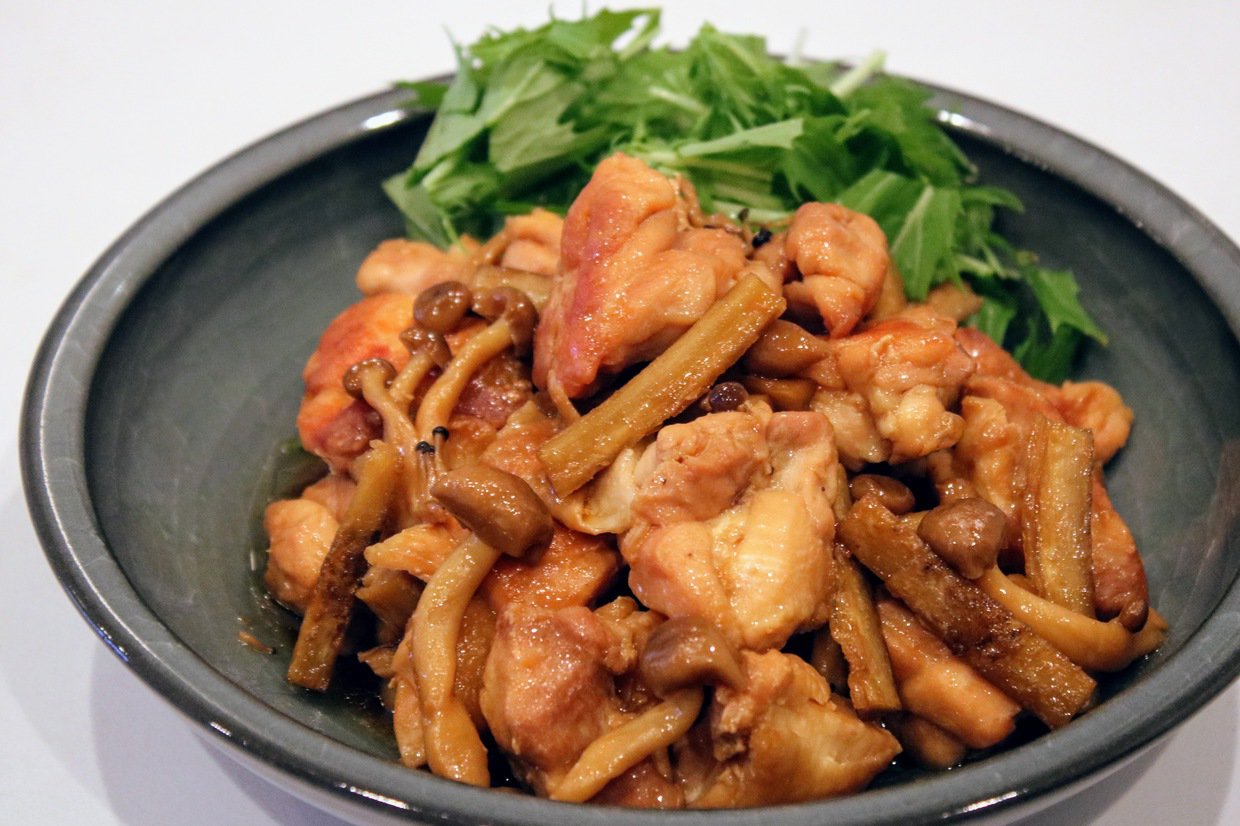
Many adore the truly delicious combination of "Chicken and Burdock," but,

adding dried Suji-Aonori makes it even more delicious. It's always good when things get tastier,
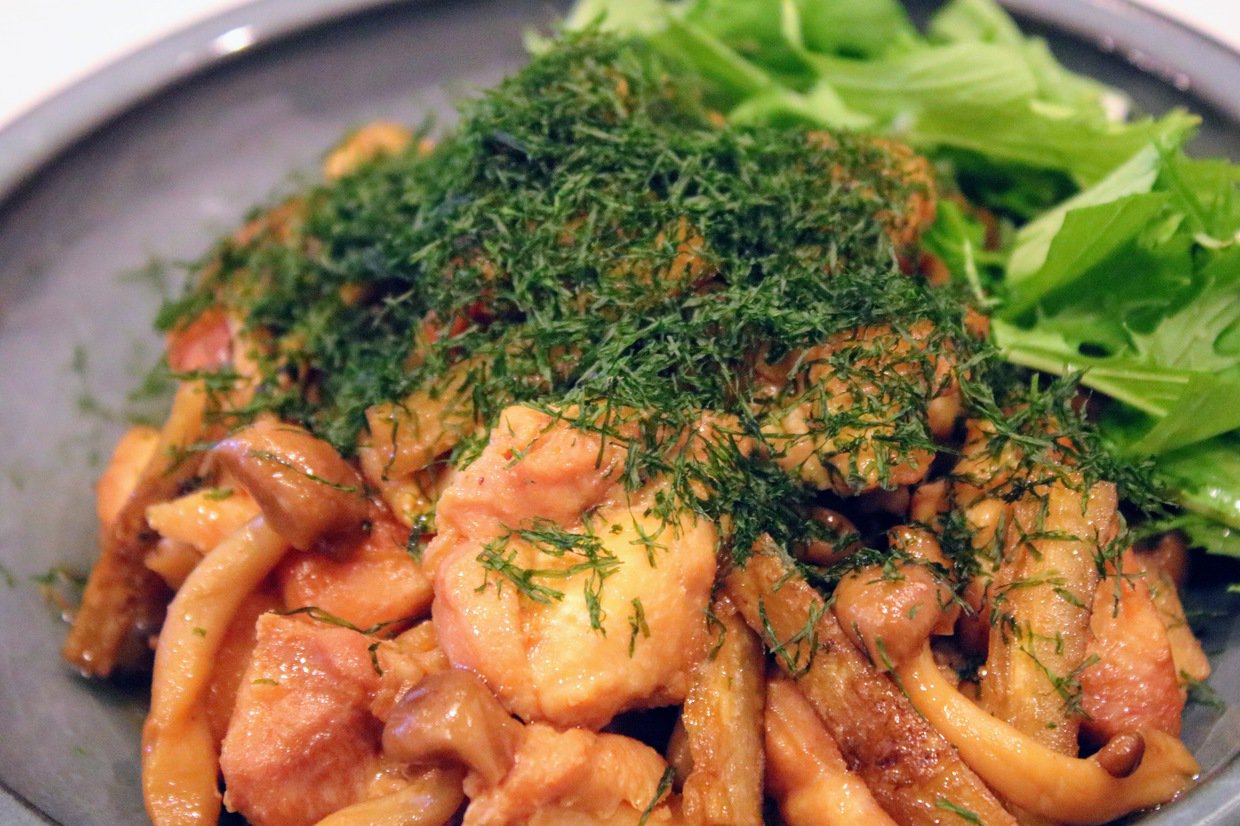
so why not try out this "Aonori Chicken and Burdock."?

Suji-Aonori Gari (Vinegared Ginger)
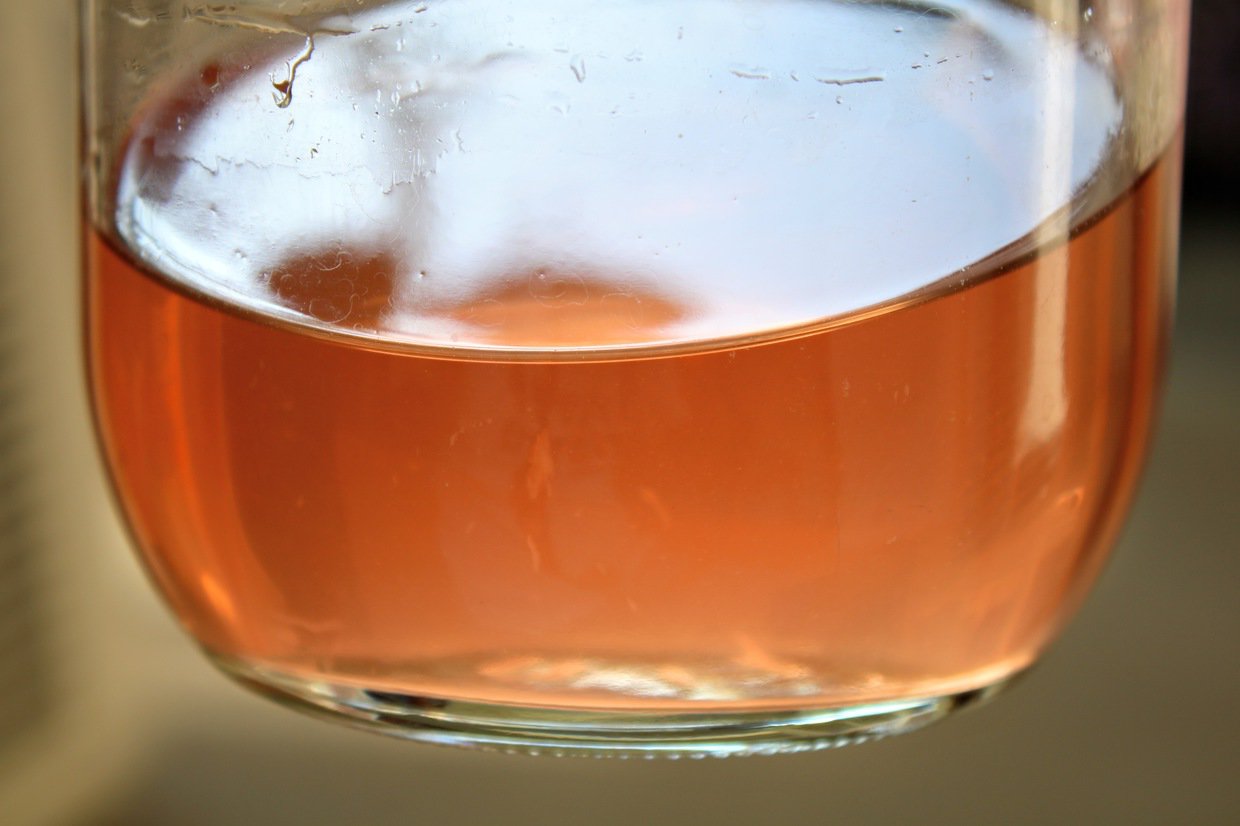
When making sushi ginger at a sushi restaurant,

after rinsing salted Suji-Aonori and chopping it, marinate it to create ginger-flavored Aonori. It's like "Suji-Aonori Pickles."

Mixing it with chopped pickled ginger (gari) adds a unique texture that enhances the dish,
whether it’s served at a sushi restaurant,
a traditional restaurant,
or at home.
It’s a crowd-pleaser for sure.
 This photo features tandoori chicken, and the sweet and sour pickled seaweed makes for a perfect side dish.
This photo features tandoori chicken, and the sweet and sour pickled seaweed makes for a perfect side dish.
Reclaiming the throne from cabbage!
Introducing a seaweed-only okonomiyaki made with 100% sea vegetables.
Check out the recipe with photos here: Seaweed Okonomiyaki Recipe.
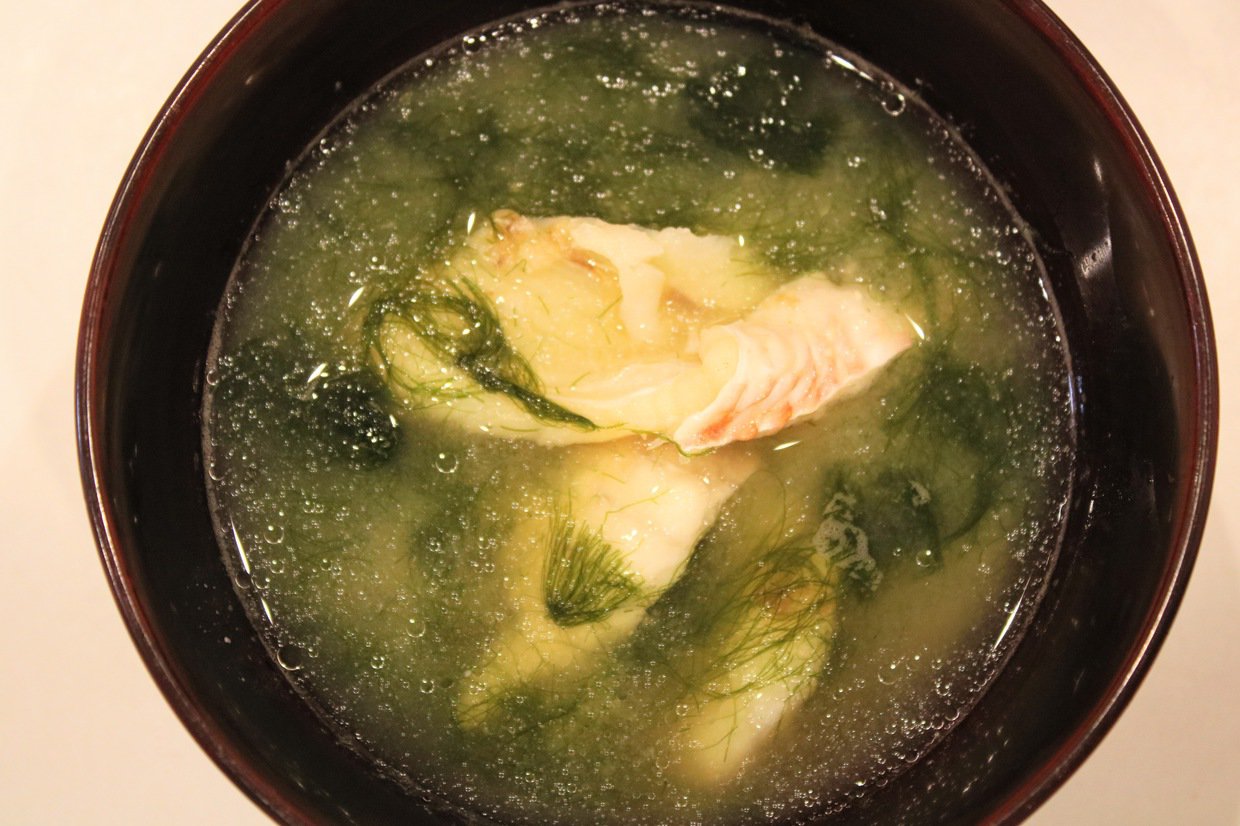
This is a fresh seaweed miso soup (Ara-jiru).

[Fish dumpling and Bean sprouts Miso soup]
Here’s a miso soup with fish meatballs, bean sprouts, and chopped salted Suji-Aonori seaweed.
The tiny green flecks add a noticeable difference, making even simple dishes stand out.
It’s a handy ingredient to keep around for everyday meals.
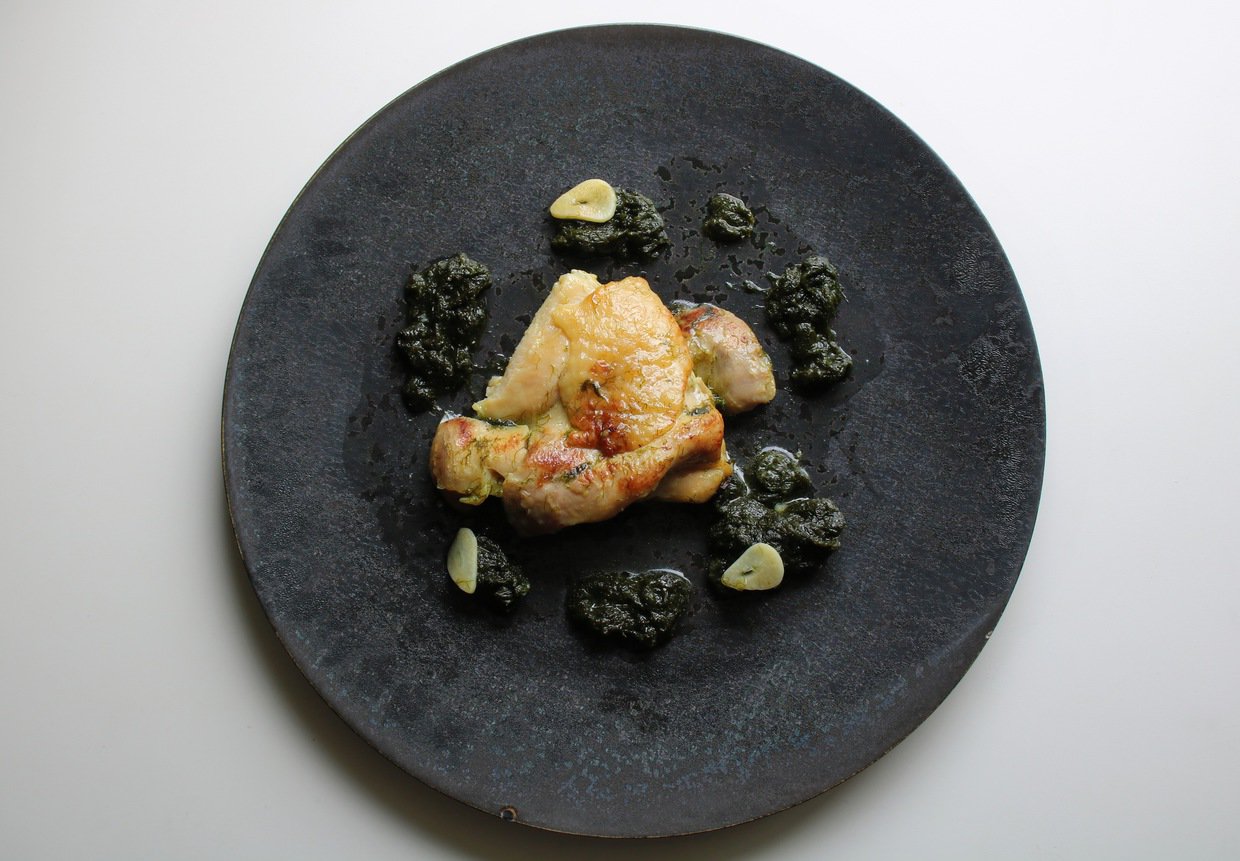
Chicken Marinated in Aonori Koji

For this dish, rehydrated seaweed is mixed with salted koji and absorbed.
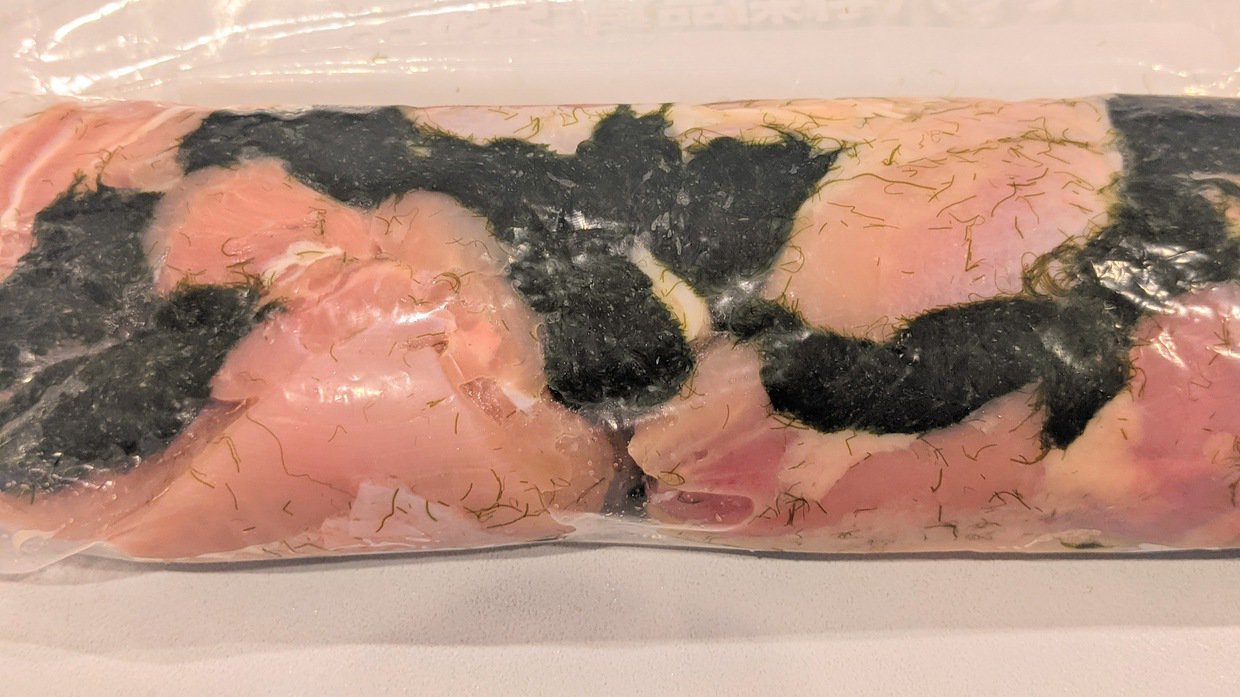
Then, chicken thighs are marinated for half a day before being grilled.

I was testing how the chicken itself would turn out, but the real magic happened with the Suji-Aonori.
As I started cooking the chicken, its delicious fat soaked into the salted koji Suji-Aonori, transforming it into an irresistibly tasty treat.
Slicing the chicken and topping it with this flavorful seaweed creates a dish where both components shine.

Suji-Aonori & Chicken Gomoku Rice

Simply cook the rice with salted seaweed mixed in.

This works great with mushroom, seafood, or any kind of mixed rice. It’s super delicious.

Leek, Tofu, and Seaweed Miso Soup (with salted Suji-Aonori)
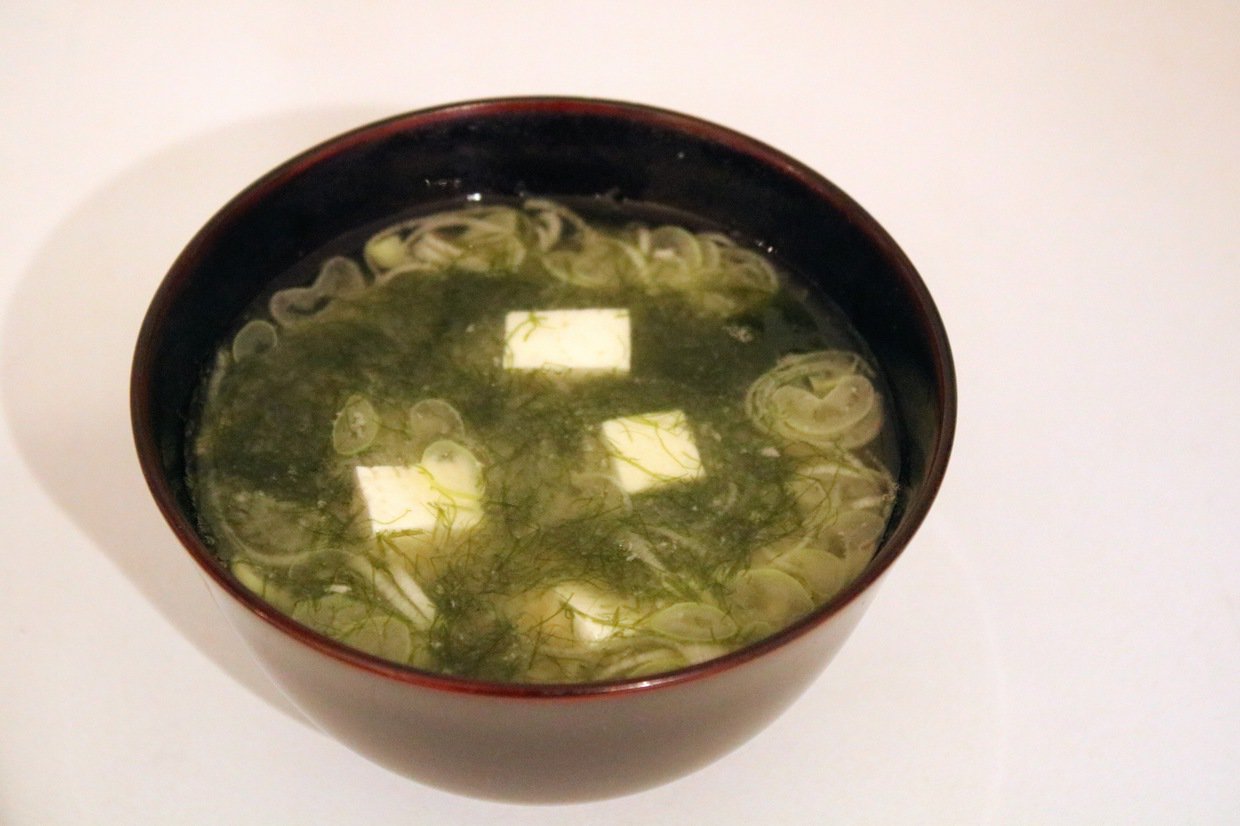

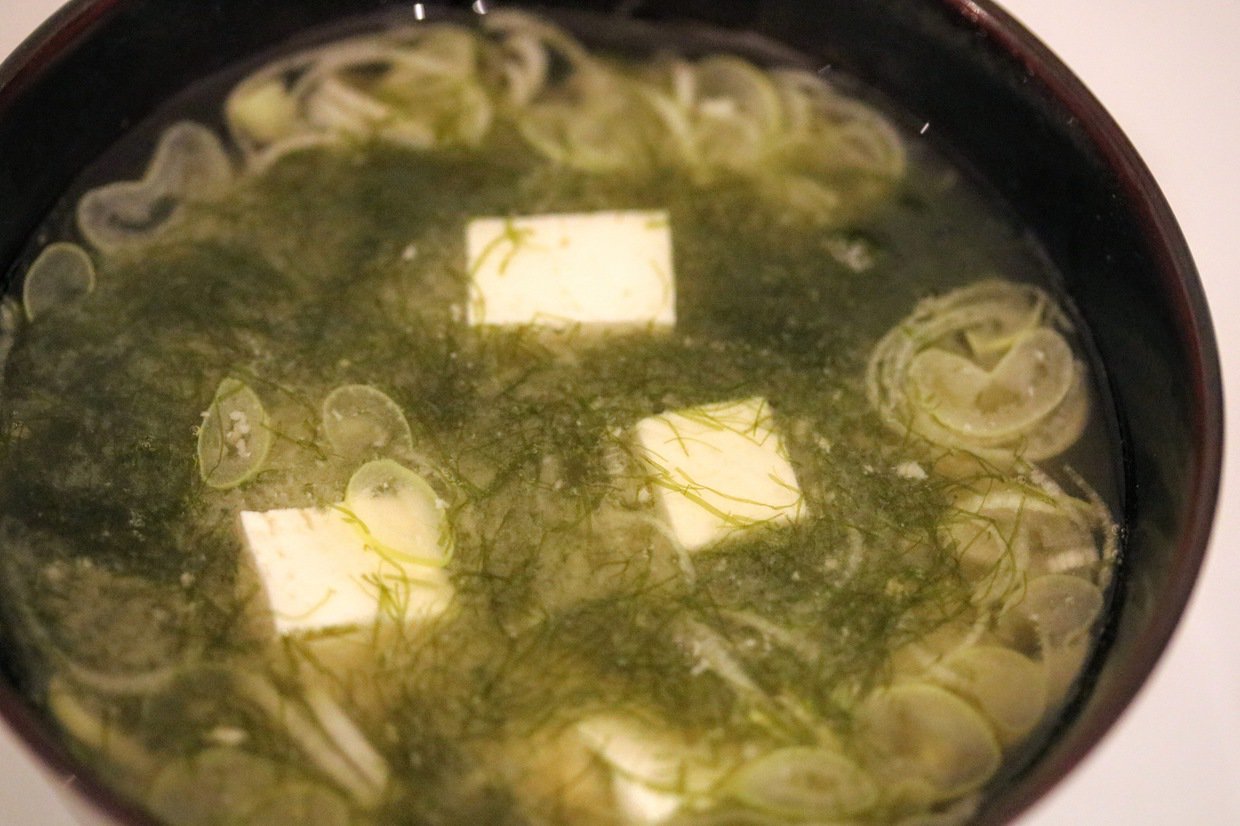
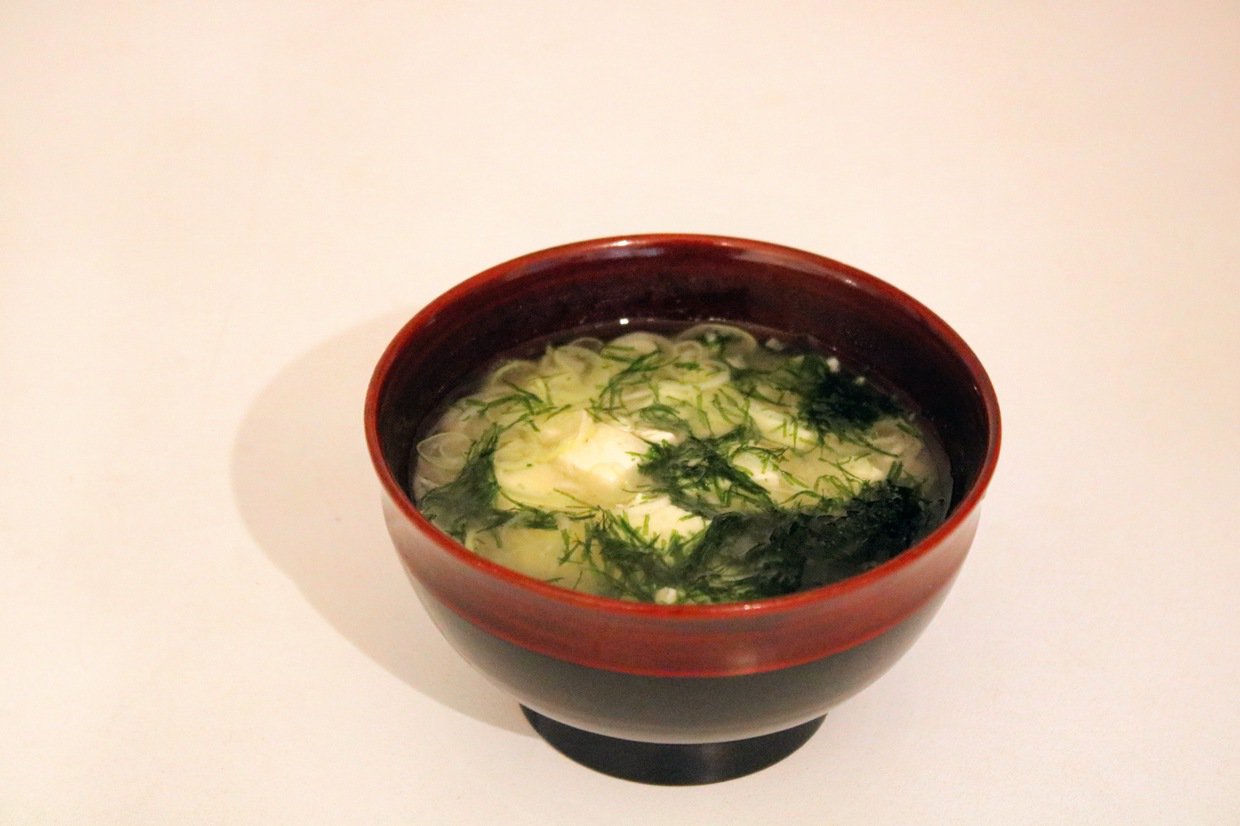
Leek, Tofu, and Seaweed Miso Soup (with dried Suji-Aonori)
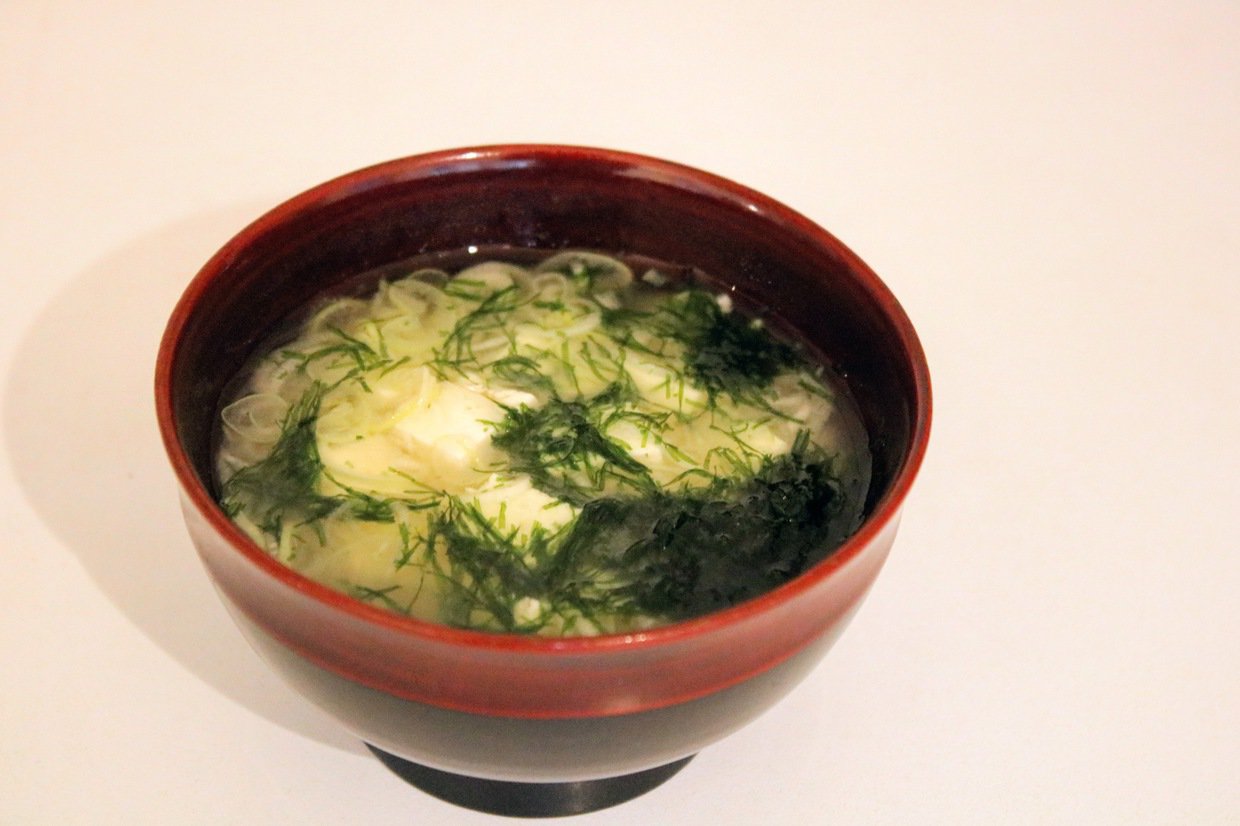
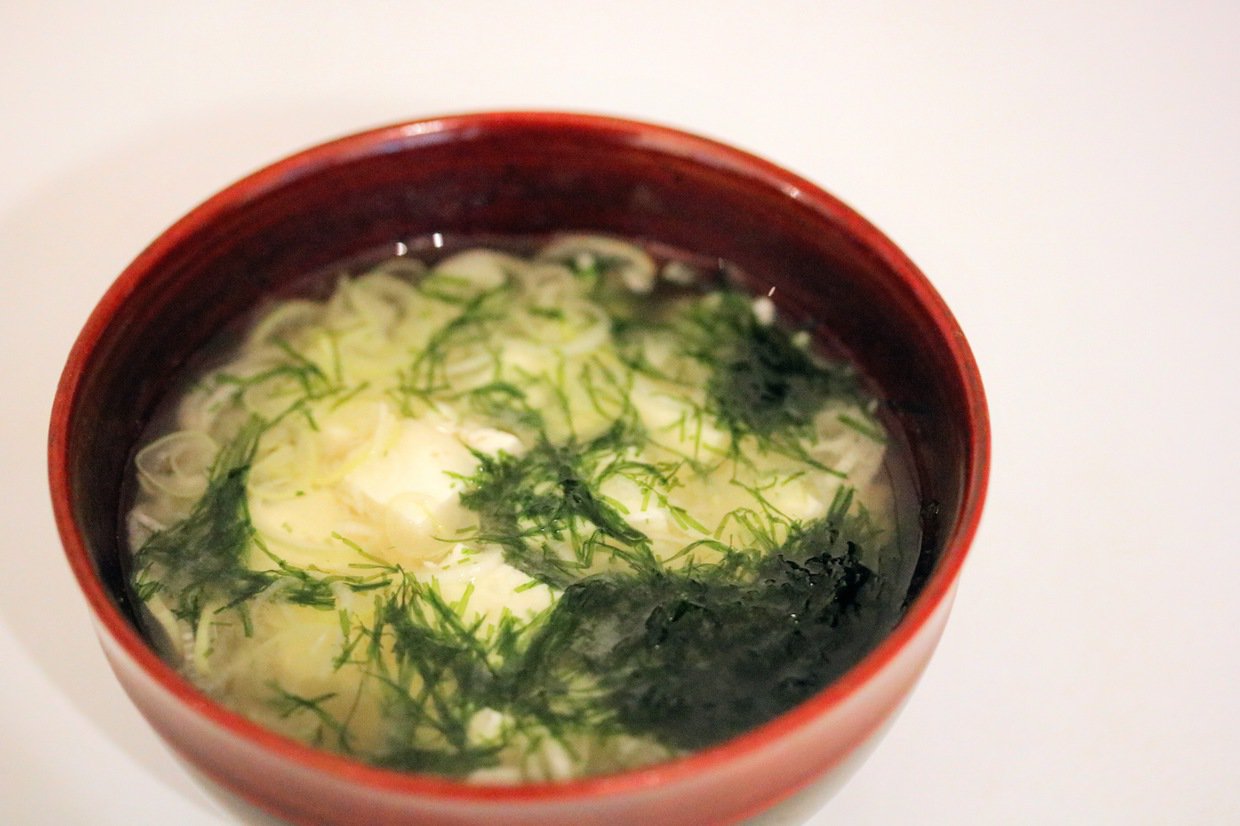

[Suji-Aonori Ohagi Rice Cakes]
I happened to get some rare white azuki beans, so I decided to make some ohagi with a very mild sweetness.
Then I realized that the combinations for Ohagi Rice Cakes are endless!
Imagine something like ohagi with red bean paste, butter, and Suji-Aonori. It would be insanely good. I have a feeling this would be a hit both in terms of taste and appearance.


Classic Tuna Natto with Dried Suji-Aonori seaweed

Seaweed, Whitebait, and Salmon Rice Bowl
A bowl with seaweed, whitebait, and salmon has such a great combination of flavors and colors. It’s so easy and tasty!

[Squid Yakisoba(Stir Fried Noodles)]
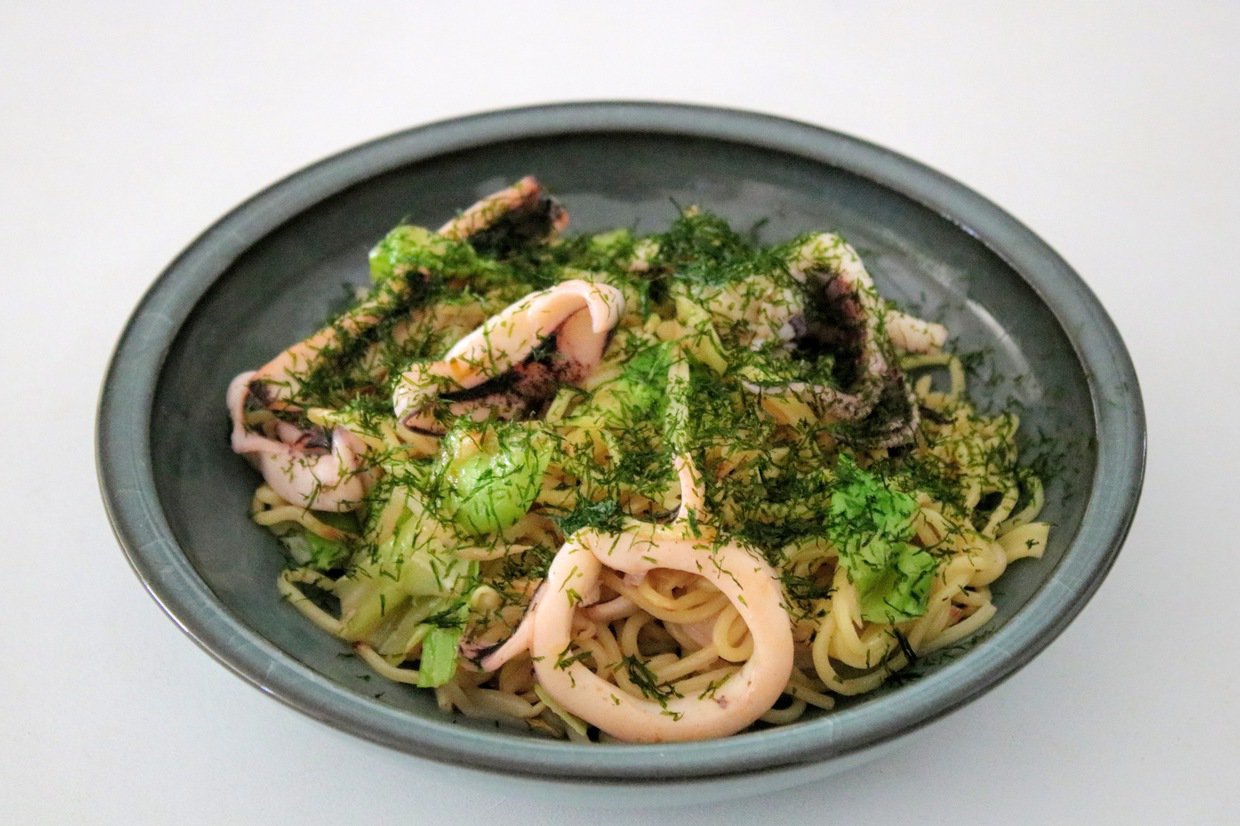
For this dish, the only seasoning needed is salt and Suji-Aonori.

Raw Squid and Raw Suji-Aonori Sashimi
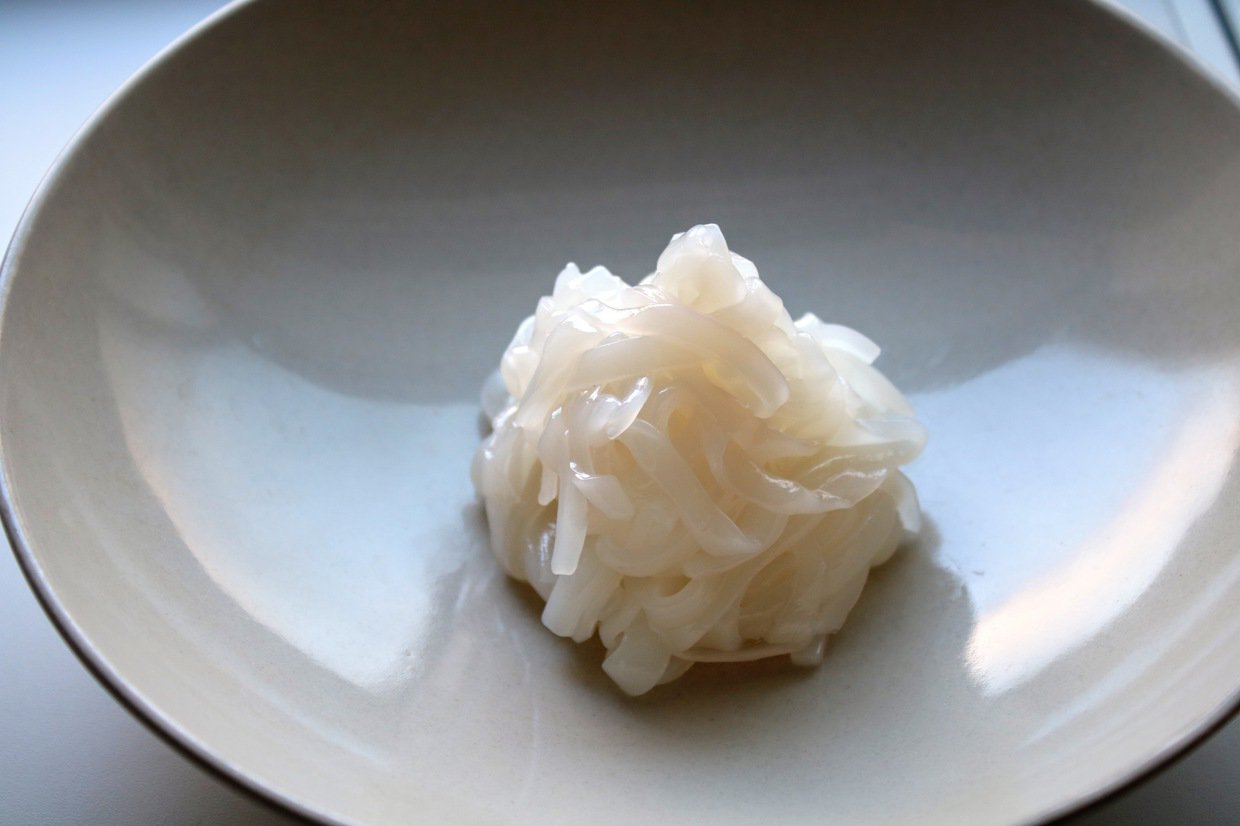

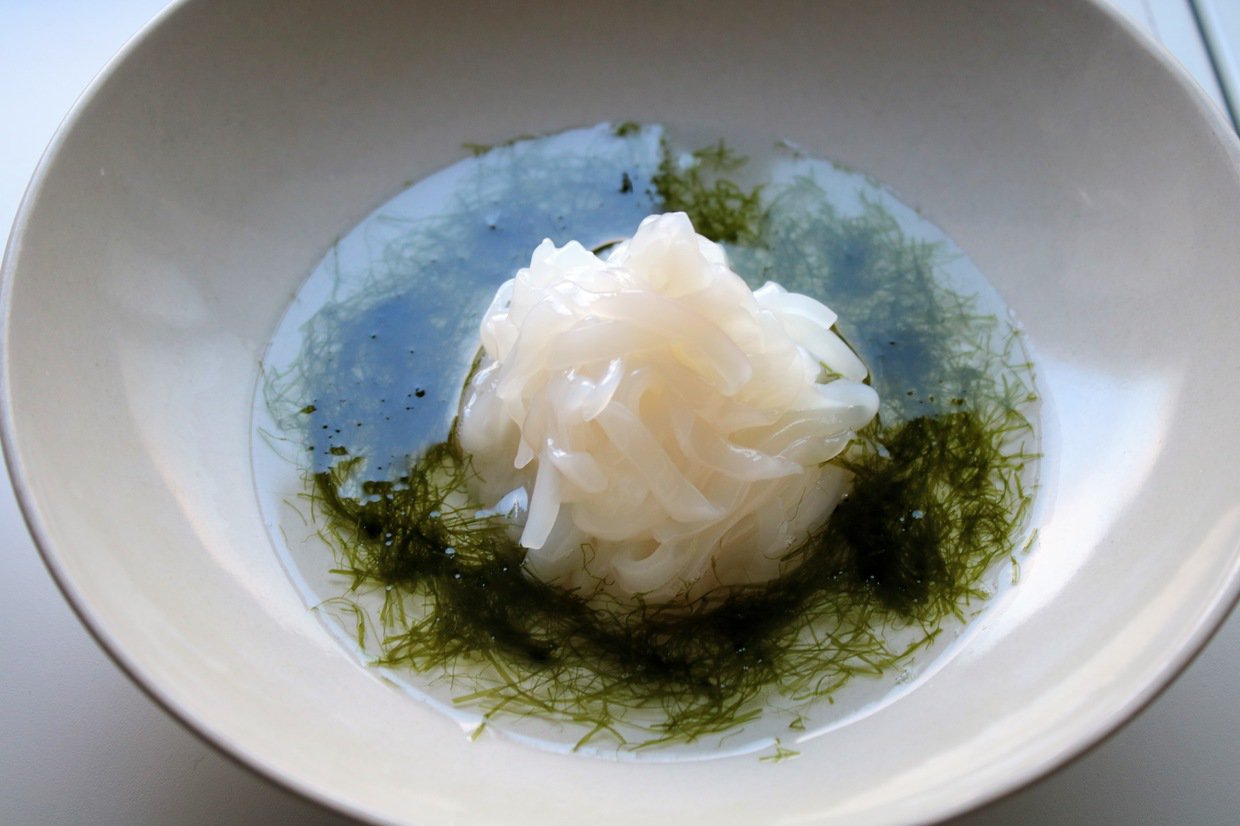

Squid and White Azuki Bean Chili Con Carne
The aroma of seaweed even works well in chili dishes, proving that seaweed can enhance a wide range of cuisines.
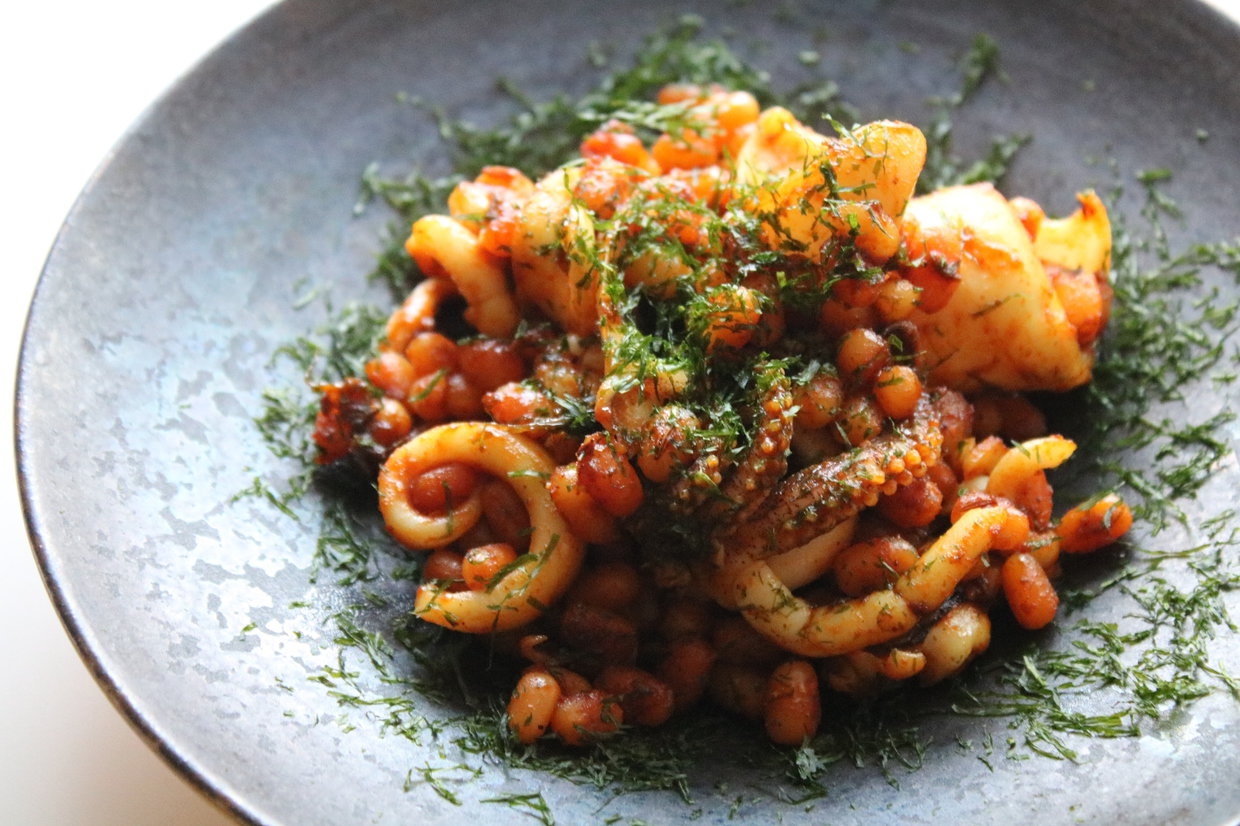
It’s delicious even without the seaweed, but adding it makes it even better.
Don't you think it's amazing to make delicious food even more delicious?

[Aonori-Shabu Shabu]
While seaweed might not take the spotlight as the main dish, this “Aonori Shabu Shabu,” certainly holds its own as a side dish, much like vegetables.
Fresh seaweed can be a versatile addition to any meal!
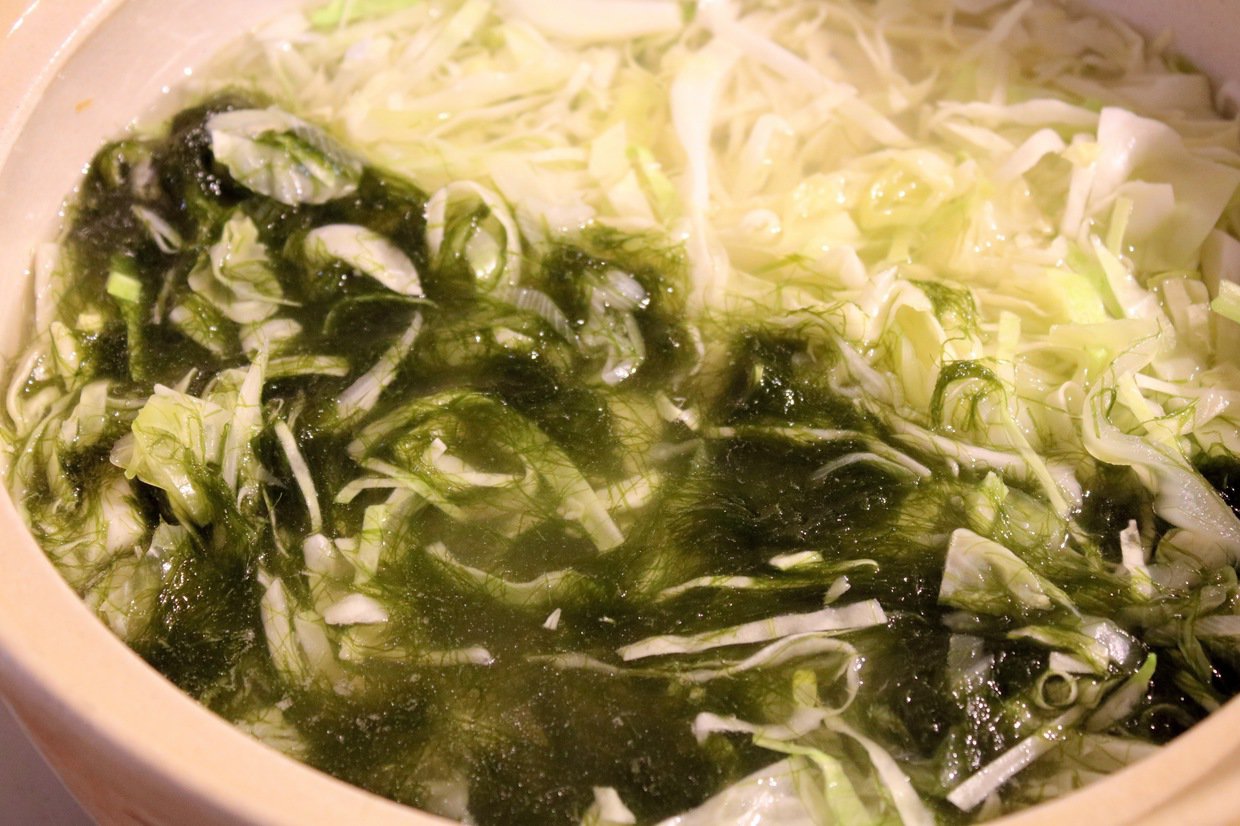
I'd like to experiment with different pairings for this dish.


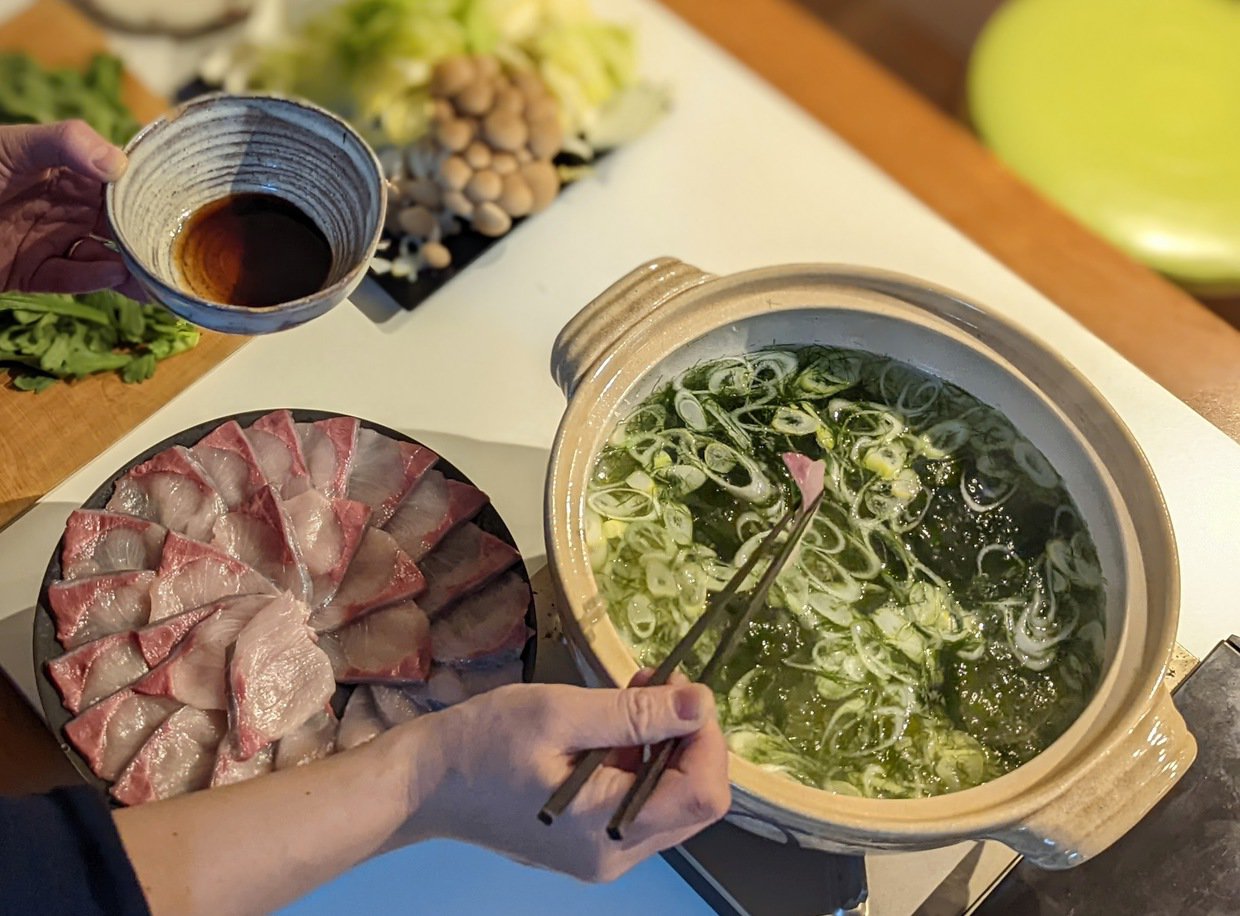
Green Nori Yellowtail Shabu-shabu
Using Dried Suji-Aonori seaweed, this shabu-shabu style dish combines seaweed, vegetables, and yellowtail.
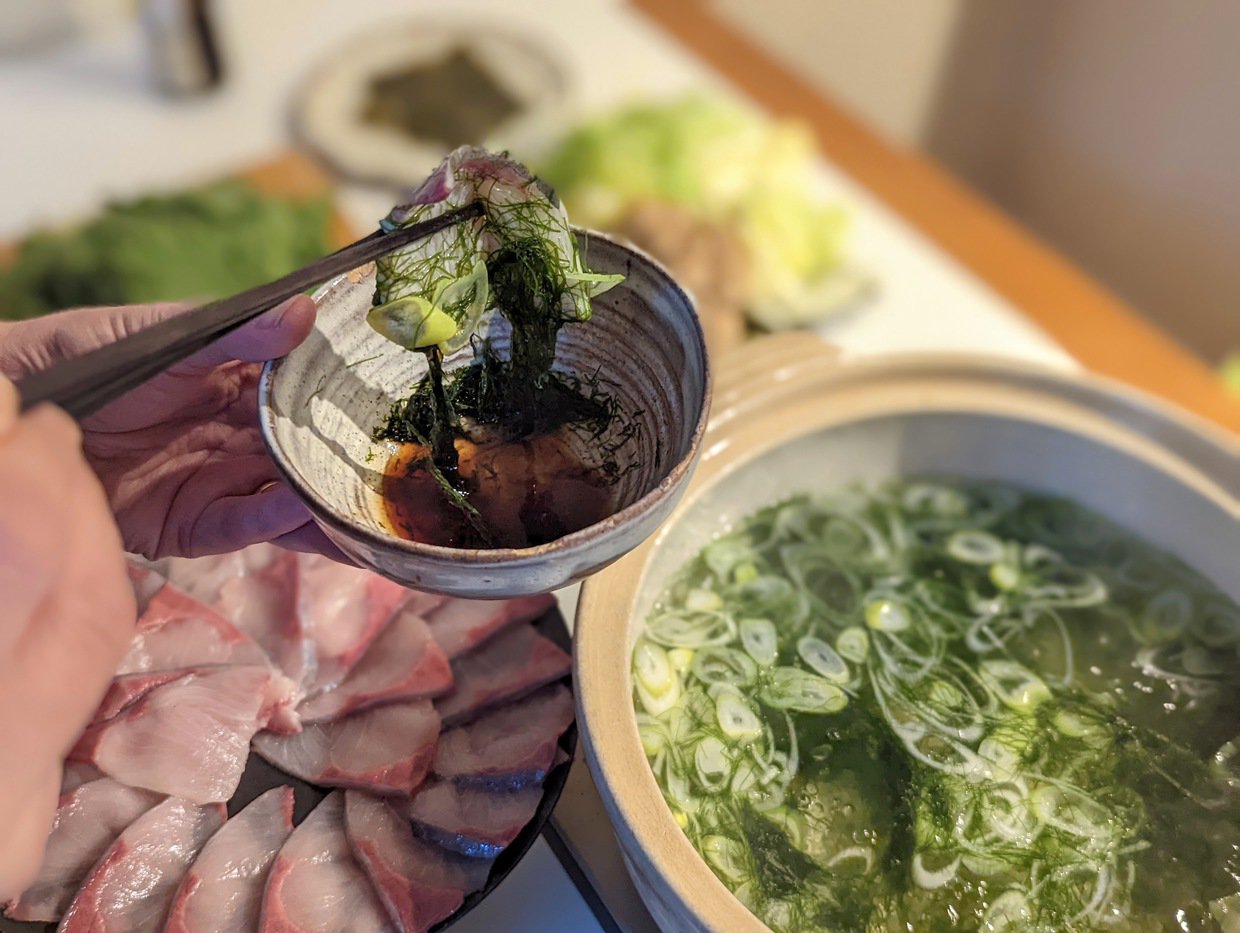
Though it looks delicious, it's disappointing that the seaweed's aroma has disappeared.
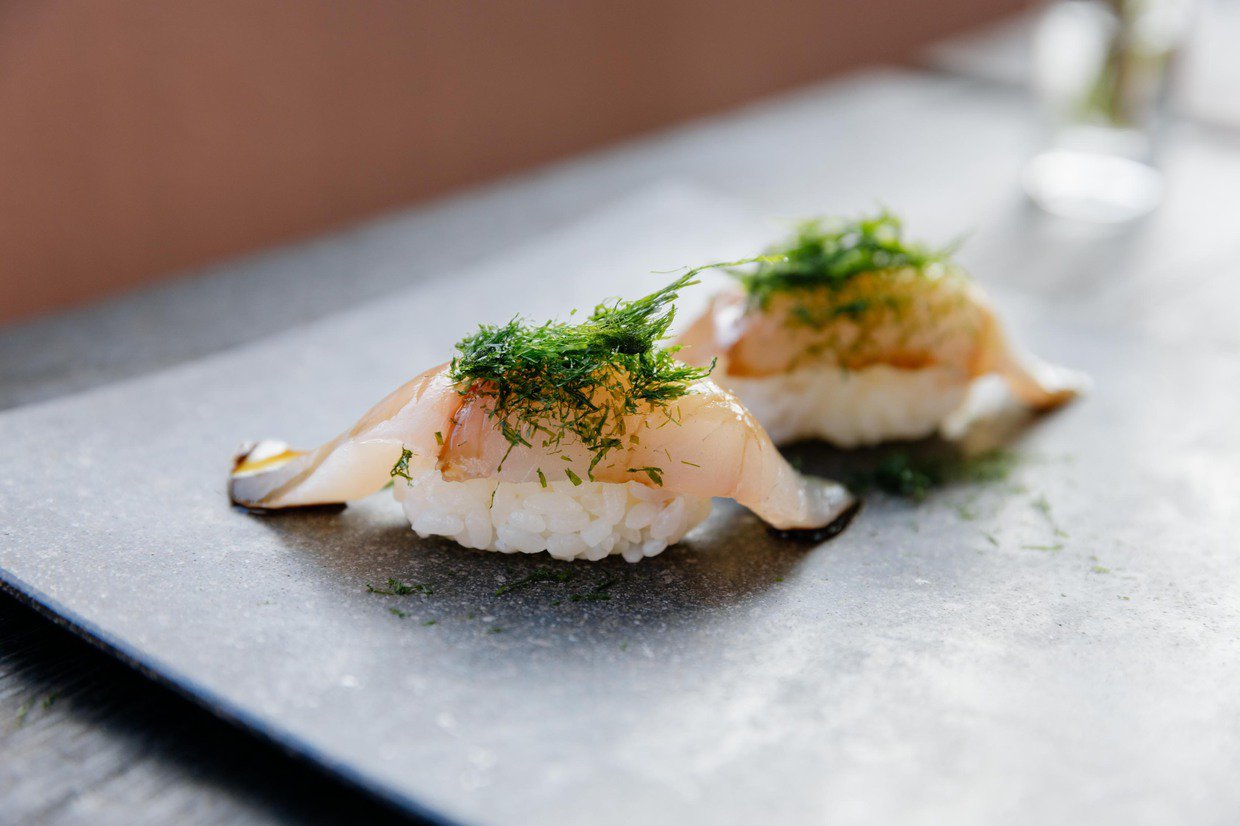
A photo from one of our sushi catering events. Suji-Aonori took the spotlight here !
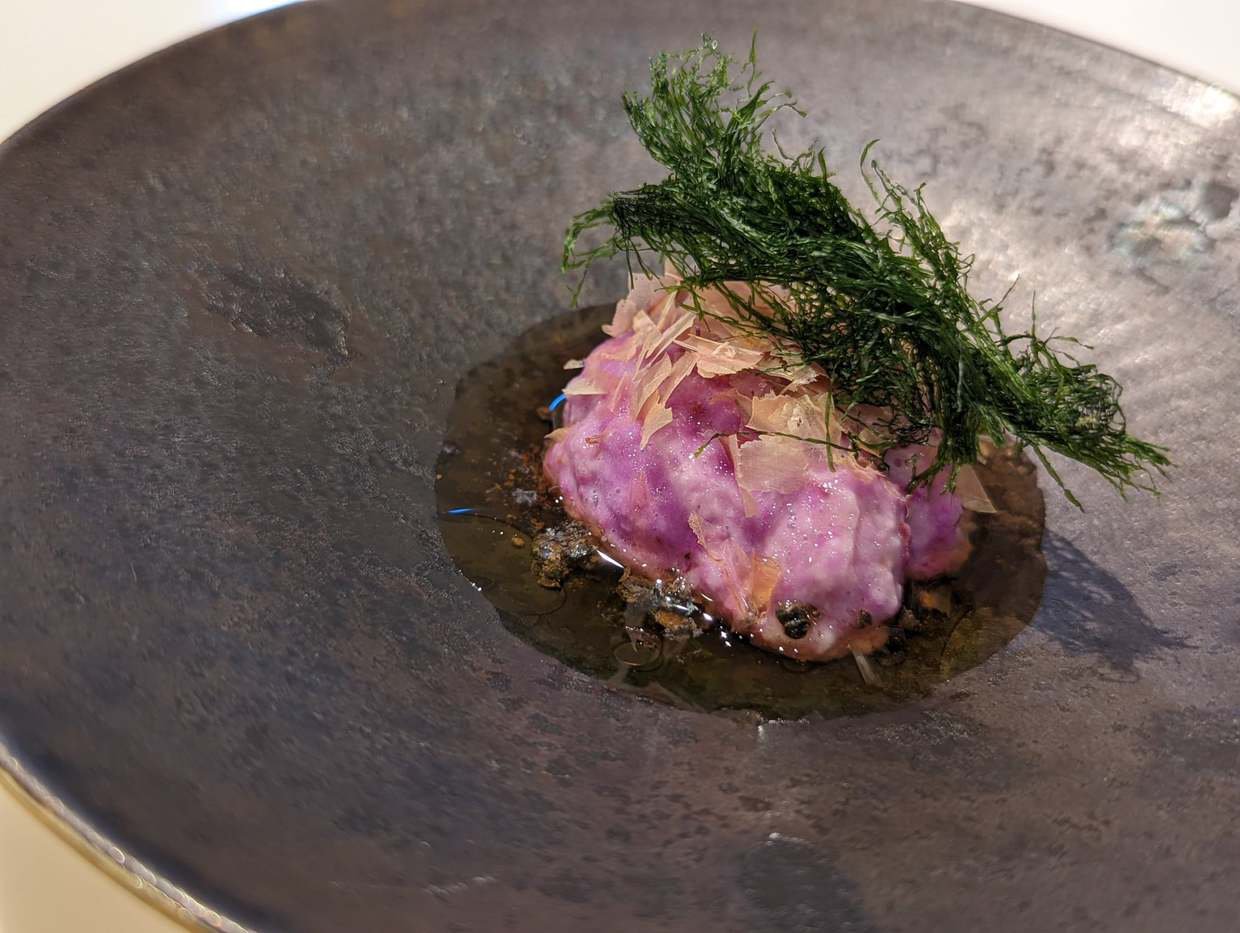
Grated purple yam with 土佐酢 Tosazu oil, fresh pepper, Ibushiki bonito flakes, and Suji-Aonori.
Daisuke Okada
Born in 1979 / Sushi artisan and Sushi chef.
At the age of 18, he embarked on a journey into the world of food, dedicating himself to mastering the art of sushi. By the age of 24, he had gained enough experience and expertise to venture into independent sushi craftsmanship.
In 2008, he founded "Sumeshiya," a sushi restaurant located in Chuo Ward, Tokyo, operating on a reservation-only basis, catering to one group per day. His establishment quickly became a topic of discussion among food enthusiasts.
Subsequently, in 2016, he relocated his restaurant from Asakusabashi to Edogawabashi in Bunkyo Ward. Over the years, Okada has continuously expanded the possibilities of being a sushi artisan, participating in various projects such as serving as a model for a sushi manga titled "L’Art du Sushi" in France and curating exhibitions related to tableware and culinary arts at the New National Museum of Art.
Furthermore, he has authored books such as "おすしやさんにいらっしゃい!Welcome to the Sushi Shop!" published by Iwasaki Shoten and "季節のおうち寿司 Seasonal Home Sushi" published by PHP Institute, showcasing his knowledge and passion for sushi cuisine.
